Coastal Breeze RV Resort, Rockport, Texas
Pharaoh said to Joseph, “I had a dream, and no one can interpret it. But I have heard it said of you that when you hear a dream you can interpret it.” “I cannot do it…but God will give Pharaoh the answer he desires.” ~ Genesis 41:16 Notice how Joseph gives all the credit to God right up front? But how can Joseph make that promise to Pharaoh? Did God already talk to Joseph about this very thing? Does he just carry that much confidence and faith in God? What a remarkable stand Joseph is taking in the presence of the King of the nation of Egypt all the other people who practice idol worship! And we can’t even stick up for God in front of our family, friends, or co-workers, let alone strangers or people in positions of authority! Imagine living at that time; where Pharaoh had the final say and could demand, “Off with their head!” for the slightest irritation. This perspective makes Joseph’s boldness even more awe-inspiring, doesn’t it? And it should put us to shame.

Take your time reading this post. It’ll be the last one for several days, as we didn’t venture far from home, and nasty weather set in once again.
The USS Lexington is parked at Corpus Christi. Remember the picture I took of it a few days ago? Well, today was the day we chose to visit.
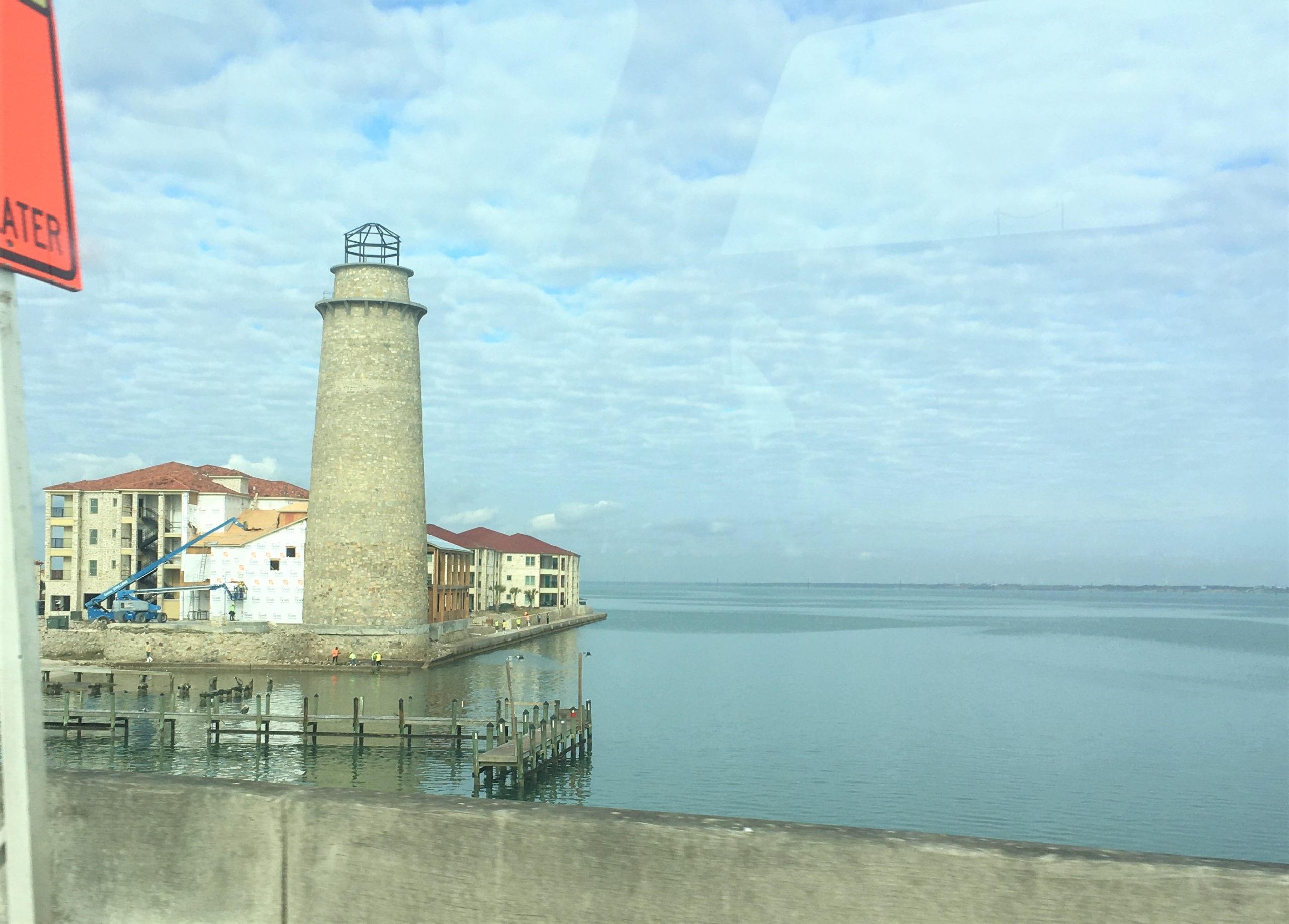
Just a make believe lighthouse they’ve attached to a hotel or something they’re building,
but I like it every time we drive by! : )
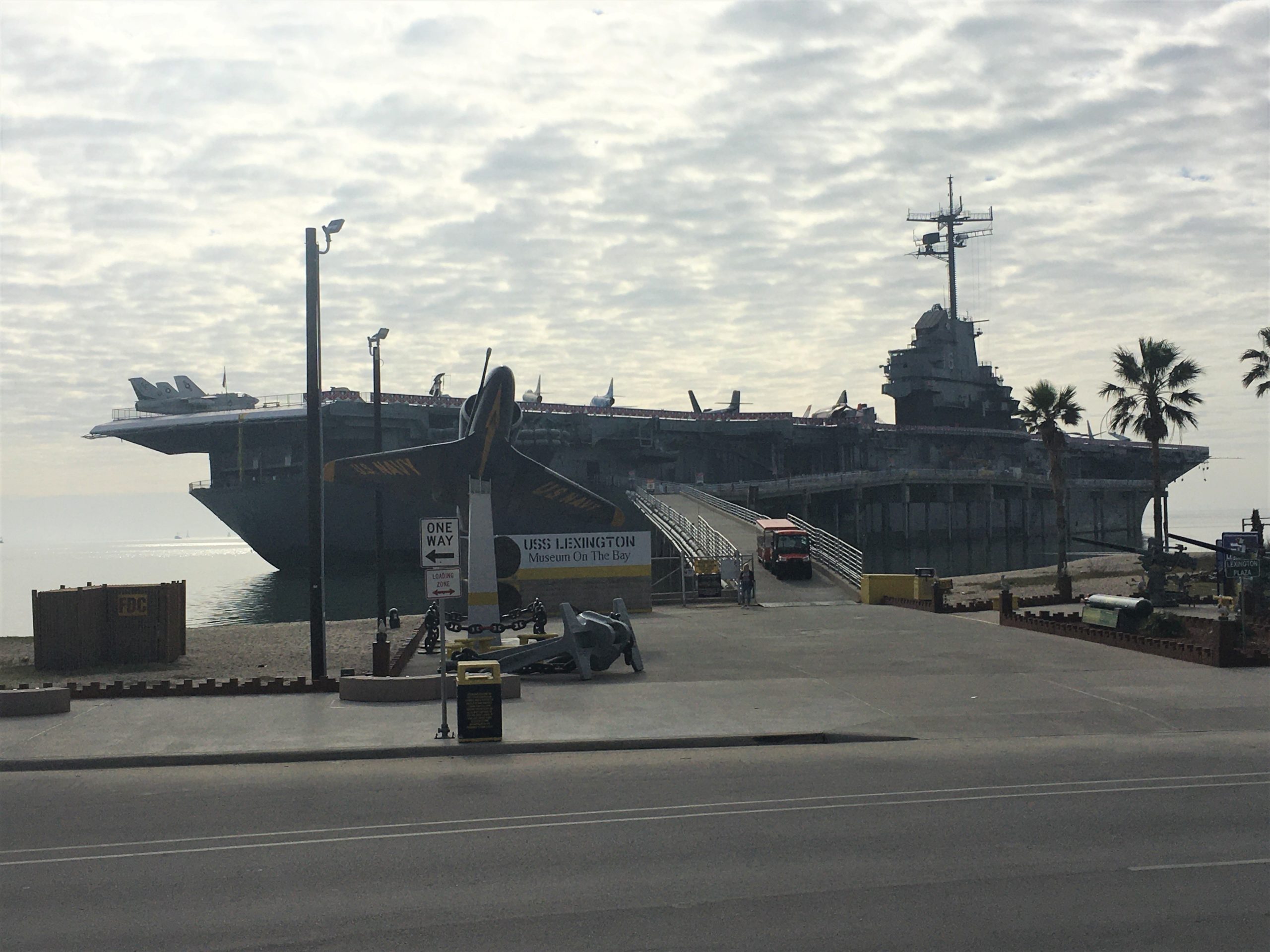
There’s a better picture at the end when we left. : )
We’ve visited battleships before, and even a submarine, but this WWII aircraft carrier is gi-NORmous! During WWII, her flight deck could hold 103 aircraft with their wings folded up. Of course, they didn’t keep them all on deck, because it would’ve been impossible to maneuver. The Hanger (under the flight deck and inside the ship) held 60 planes during wartime, which were brought up as needed via an elevator! Isn’t that wild?!?
Commissioned in 1943, she set more records than any other Essex Class carrier in the history of naval aviation. The ship was the oldest working carrier in the United States Navy when decommissioned in 1991. An Essex-class carrier, LEXINGTON was originally named the USS CABOT. During World War II, final construction was being completed at Massachusetts’ Fore River Shipyard when word was received that the original carrier named USS LEXINGTON, CV-2, had been sunk in the Coral Sea. The new carrier’s name was changed to LEXINGTON.
After training maneuvers and a shakedown cruise, LEXINGTON joined the Fifth Fleet at Pearl Harbor. The Fifth Fleet was established April 26, 1944, at this time it was Central Pacific Force. During World War II, the carrier participated in nearly every major operation in the Pacific Theater and spent a total of 21 months in combat. Her planes destroyed 372 enemy aircraft in the air, and 475 more on the ground. She sank or destroyed 300,000 tons of enemy cargo and damaged an additional 600,000 tons. The ship’s guns shot down 15 planes and assisted in downing five more.
The Japanese reported LEXINGTON sunk no less than four times! Yet, each time she returned to fight again, leading the propagandist Tokyo Rose to nickname her “The Blue Ghost.” The name is a tribute to the ship and the crew and air groups that served aboard her.
After the war, LEXINGTON was briefly decommissioned (1947-1955). When reactivated, she operated primarily with the Seventh Fleet out of San Diego, California. Although not involved in actual combat, LEXINGTON kept an offshore vigil during tensions in Formosa, Laos, and Cuba.
In 1962, she sailed into Pensacola, Florida, and began training operations, eventually being officially designated CVT-16, Navy Training Carrier. Corpus Christi is privileged to be selected as the permanent home to this national treasure.
Crew: 1,550 Men and Women – about 3,000 members during WWII
Length of the Flight Deck: 910 Feet
Length at the Water Line: 880 Feet
Height (Water Line to Flight Deck): 52 Feet
Maximum Width: 196 Feet
Draft (Keel to Water Line): 30 Feet
Displacement: 42,000 Tons
Speed: 30+ Knots (34mph)
Range at Maximum Speed: 4,131 Miles ~ usslexington.com
I wondered, “Why Corpus Christi?”
The USS Lexington arrived at Corpus Christi beach in 1992 as a result of active fundraising, strong community support, and the world’s oldest aircraft carrier has since served as a naval aviation museum, educational facility, and popular area tourist attraction. “The Blue Ghost” has remained self-sufficient, never receiving funds from government agencies. The revenue that keeps this national treasure open has come solely from grants, donations, admissions, Ships Store sales, special events, and the youth overnight program.
During the 1980’s the U.S. Navy came to realize that keeping in service its last remaining World War II Essex Class aircraft carrier was becoming increasingly expensive and that the USS Lexington would have to be replaced by a more modern ship. In August 1990, the Secretary of the Navy announced that the USS Forrestal would replace the USS Lexington as the Navy’s training carrier.
Because of Corpus Christi’s long and proud history with the Navy and naval aviation, in particular, the Corpus Christi Area Economic Development Commission formed a task force of prominent community leaders, known as Landing Force 16, to bring the “Blue Ghost” to the city. With an active fund-raising campaign in place and strong community support, the Corpus Christi City Council endorsed a $3 million dollar bond sale to finance the project. In August 1991, Landing Force 16 presented Corpus Christi’s proposal to Secretary of the Navy Lawrence Garrett, III. Although in stiff competition with several other communities (Mobile, Alabama and Quincy, Massachusetts – who built the ship), on the strength of community support, the USS Lexington was awarded to the Corpus Christi team.
On 29 January 1992, the USS Lexington arrived at Naval Station Ingleside and became a permanent Texas resident. On 8 June 1992, the United States Navy officially signed over the USS Lexington to city officials and on 17 June she was towed to her final berth on North Beach. The USS Lexington was opened to the public in October 1992, and on 14 November was dedicated in a formal ceremony attended by representatives of the City, State, and Federal governments, as well as former crew members and members of numerous veterans organizations.
From the very first day of operation as a naval aviation museum, the USS Lexington has remained totally self-sufficient, never having received funds from local, state or federal government agencies. The Museum has relied solely on revenues generated from grants, donations, admissions, ship’s store sales, special events, and the youth overnight program. These revenues have covered all expenses not only to operate and maintain the ship but also to fund all capital improvements as well. ~ usslexington.com
You’ll have the opportunity to learn plenty more as you scroll through the pictures. There are plenty of those, but trust me, not nearly as many as I wanted to take! 😊
We managed to fit in all five of the self-guided tours listed and explained below. It was easier to copy and paste rather than try to explain it. One thing they don’t tell you anywhere is that you’ll be required to go up and down hundreds and hundreds of narrow, steep steps. I would think they’d warn people about that. We saw quite a few people who might have trouble with that – either because of their gait, or their girth.
Self Guided Tours
We’ve set up five different routes, covering 100,000 square feet and eleven decks. Explore at your own pace and discover the many stories behind the LEX. Go in any order, but make sure you see it all. Each tour is unique and features interactive displays to take your adventure to a whole new level.
If you have questions along the way, look for our “yellow shirt” volunteers (many of whom served on USS Lexington!) They know all the ins and outs of the ship and will be happy to assist you.
Flight Deck Tour
High-speed catapult launches, arrested landings, air operations and aircraft refueling all took place on this 910-foot long and 142-foot wide airport. The original flight deck was a long rectangle but jet aircraft demanded a separate landing and take-off area, so in the 50’s she underwent major modifications, which allowed her to serve another 36 years. Points of interest on deck are take-off and landing control stations and arresting gear, anti-aircraft gun mounts and vintage aircraft.
Foc’sle Tour
Foc’sle is a vernacular for forecastle, a forward upper deck area that extends to the bow. The Foc’sle Tour begins on the starboard side of the hangar deck towards the bow (front of the ship). The forecastle is the area of the ship where the equipment to raise and lower the anchors is located. Anchoring was a complex maneuver performed by boatswain mates (“bosuns”) who operated and maintained the equipment. The anchoring process was precisely coordinated between the bridge and the foc’sle. In addition to this equipment, the foc’sle area is now used for various exhibits. It is also where you’ll find the 3D theater and the Pearl Harbor exhibit.
Gallery Deck Tour
Just below the flight deck is the Combat Information Center (CIC), which collected and evaluated all information on the status of USS Lexington, other friendly ships, and enemy forces. The CIC directed the ship’s performance in close coordination with the air operations center (AirOps) and the carrier air traffic control center (CATCC) next door.
Lower Decks Tour
USS Lexington was powered by one of the most efficient and dependable propulsion systems ever installed on a U.S. warship. The power plant consists of four turbine engines fired by eight boilers, that created 150,000-horse power and a top speed of 33 knots.
Also on this route see how the up to 3,000 crewmembers lived during months at sea. Don’t miss our “Warbirds & Warships Scale Model Gallery”.
Hangar Deck Tour
During wartime this deck stored as many as 60 aircraft. Maintenance, refueling and rearming of these aircraft took place here. Unchanged in size since WWII, the hangar deck measures 654 feet by 70 feet, is 17.5 feet high, and covers 40,000 square feet.
The deck is divided into three bays that could be sealed off by electrically operated fire doors. Each bay contains its own conflagration (CONFLAG) station for station damage control. ~ usslexington.com
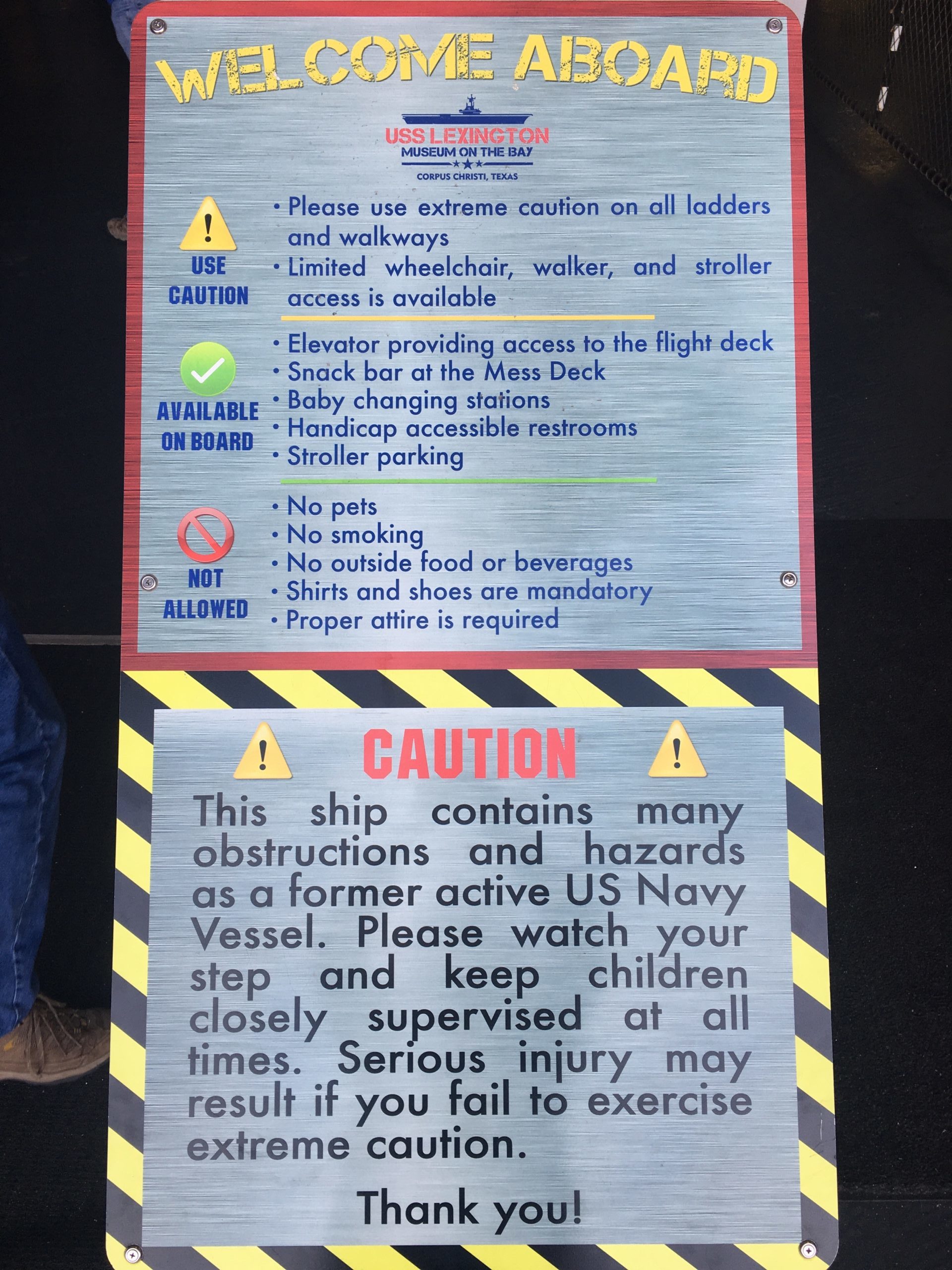
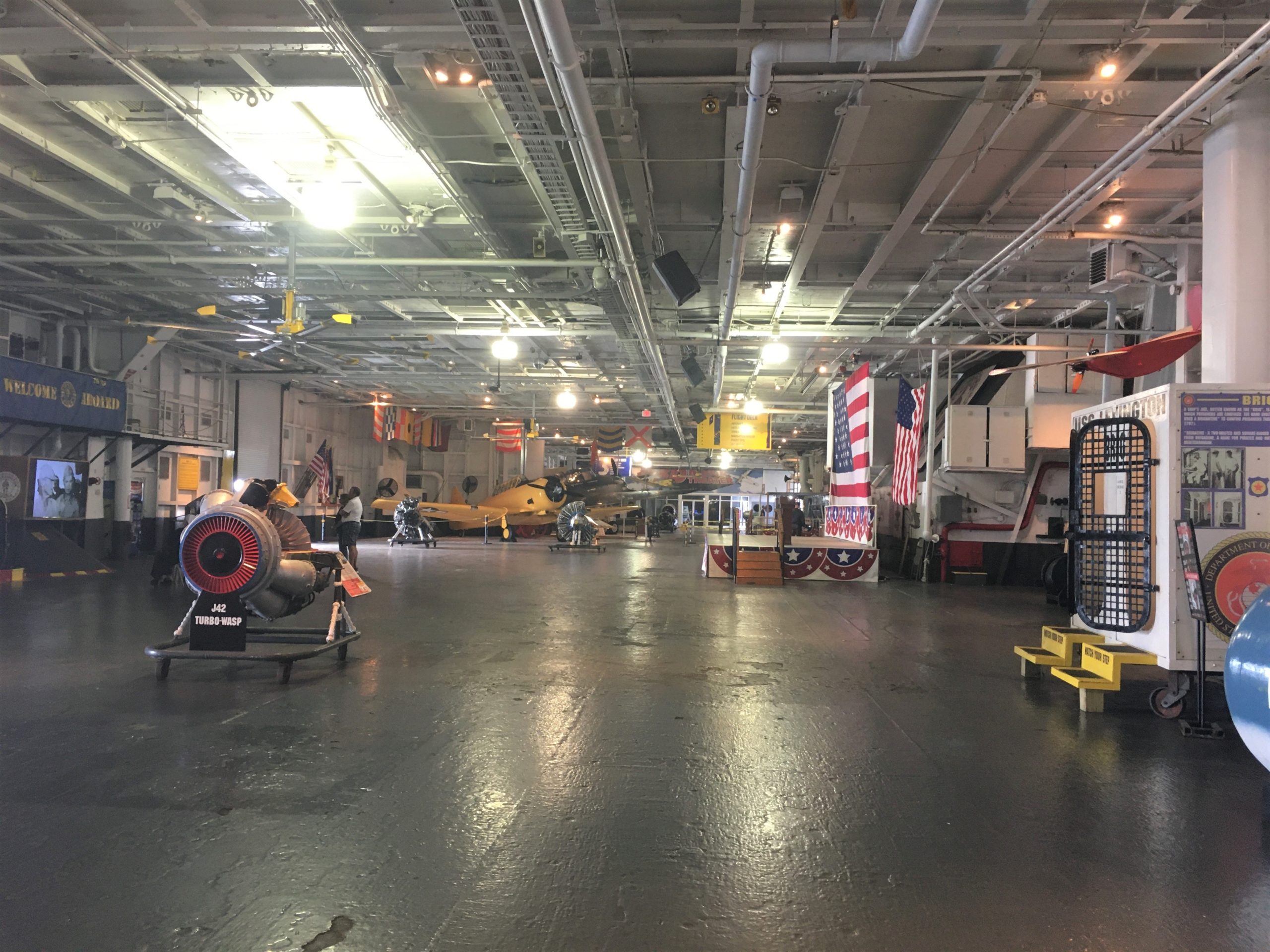
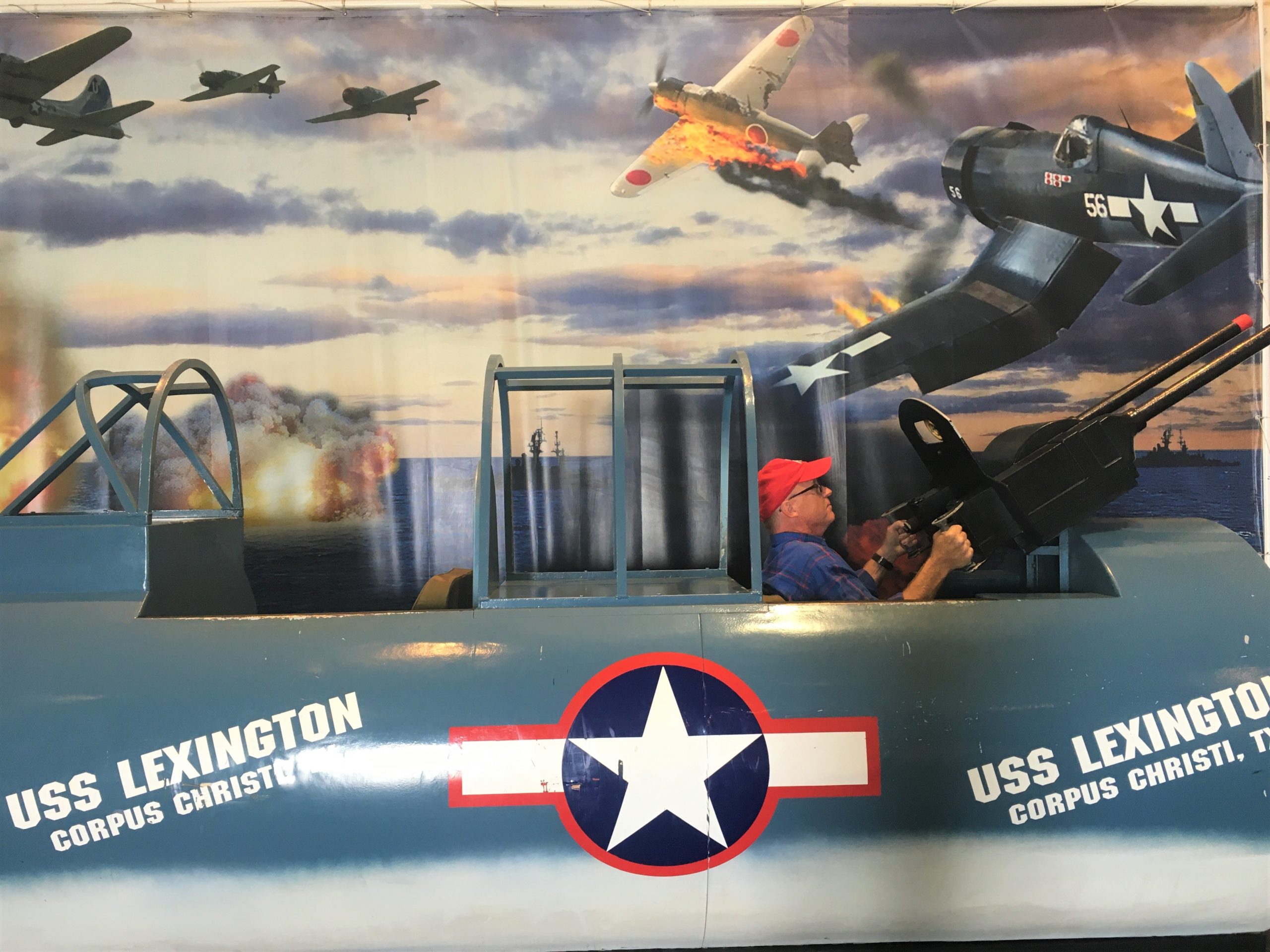
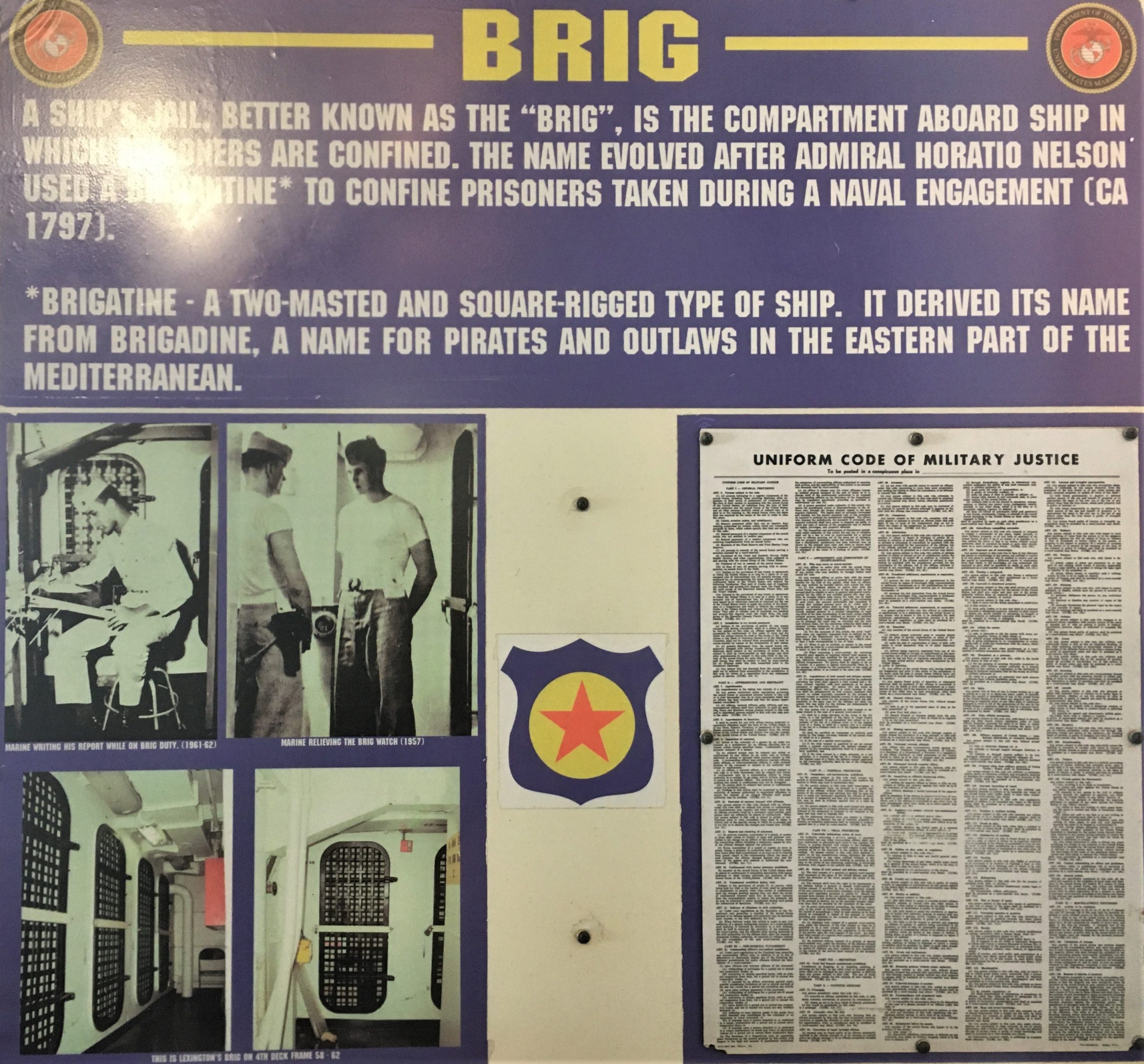

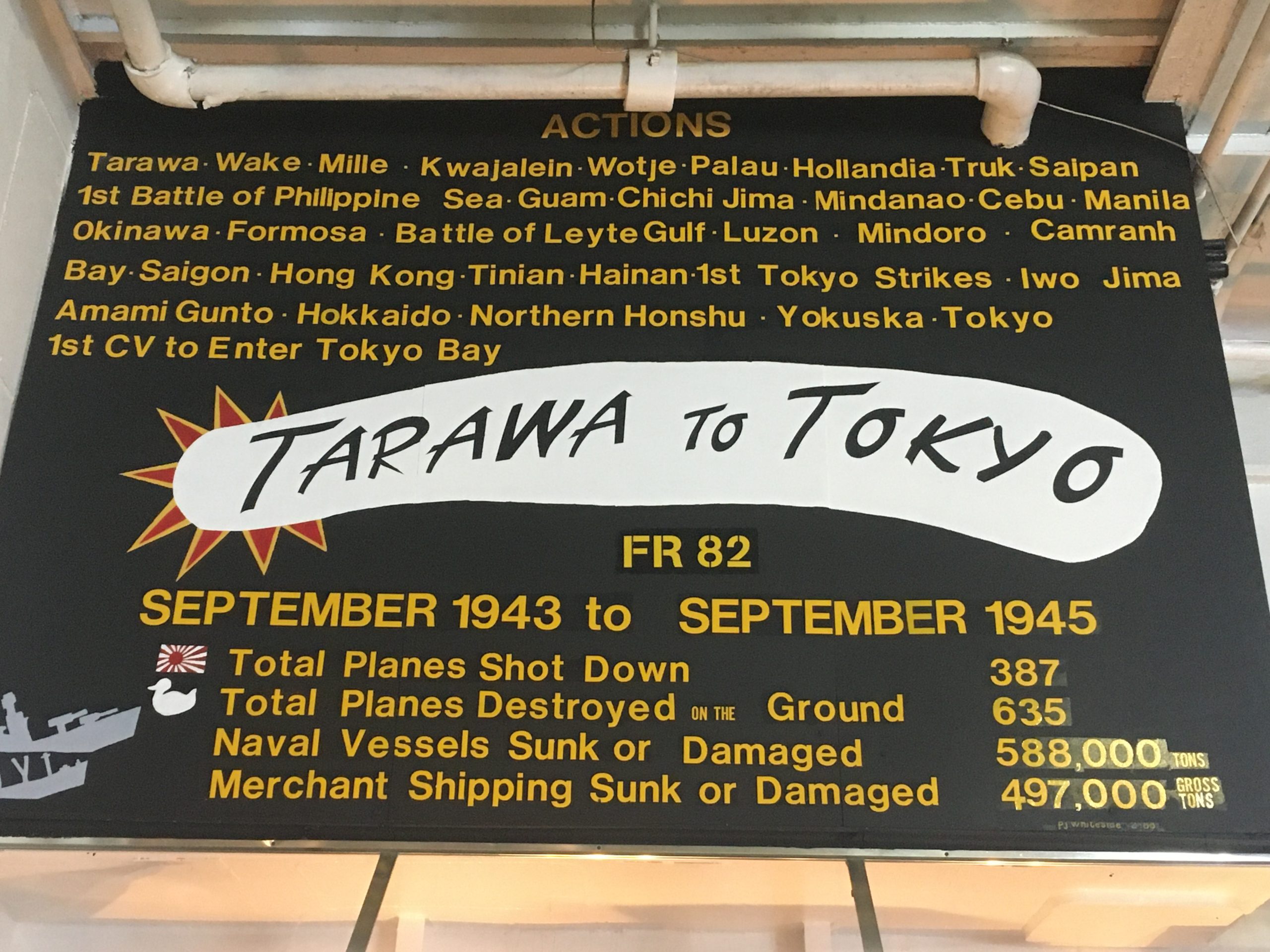
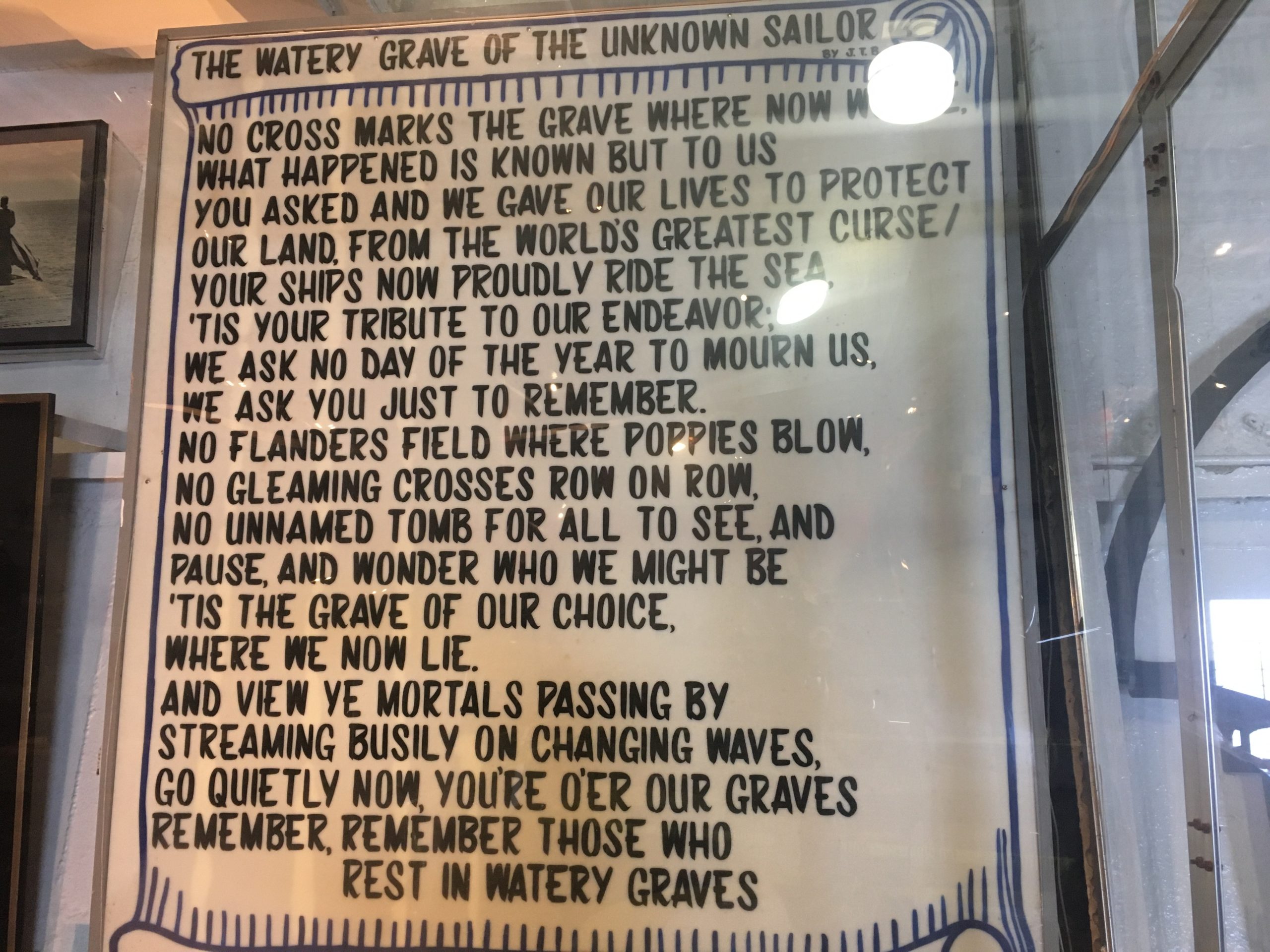
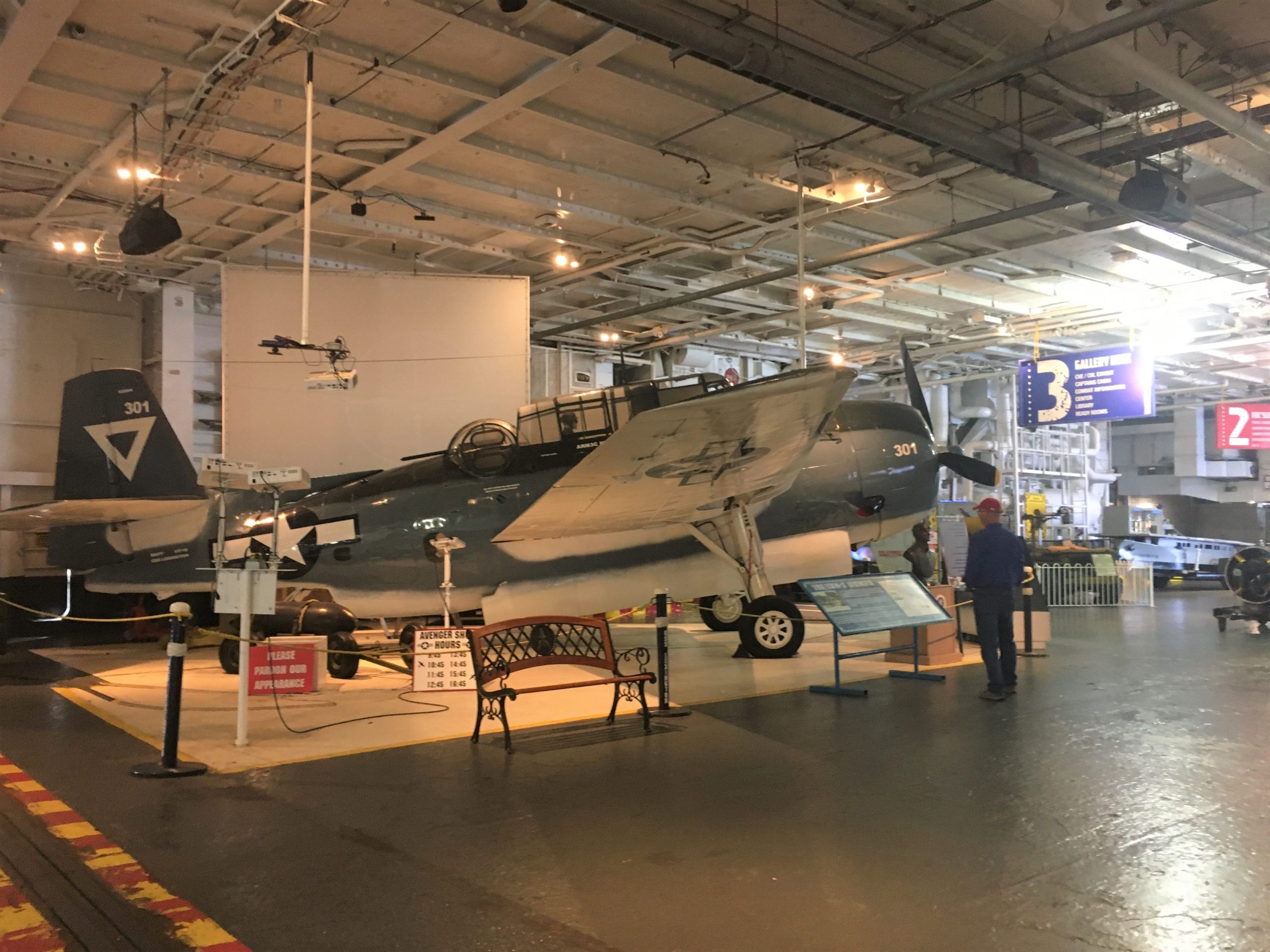
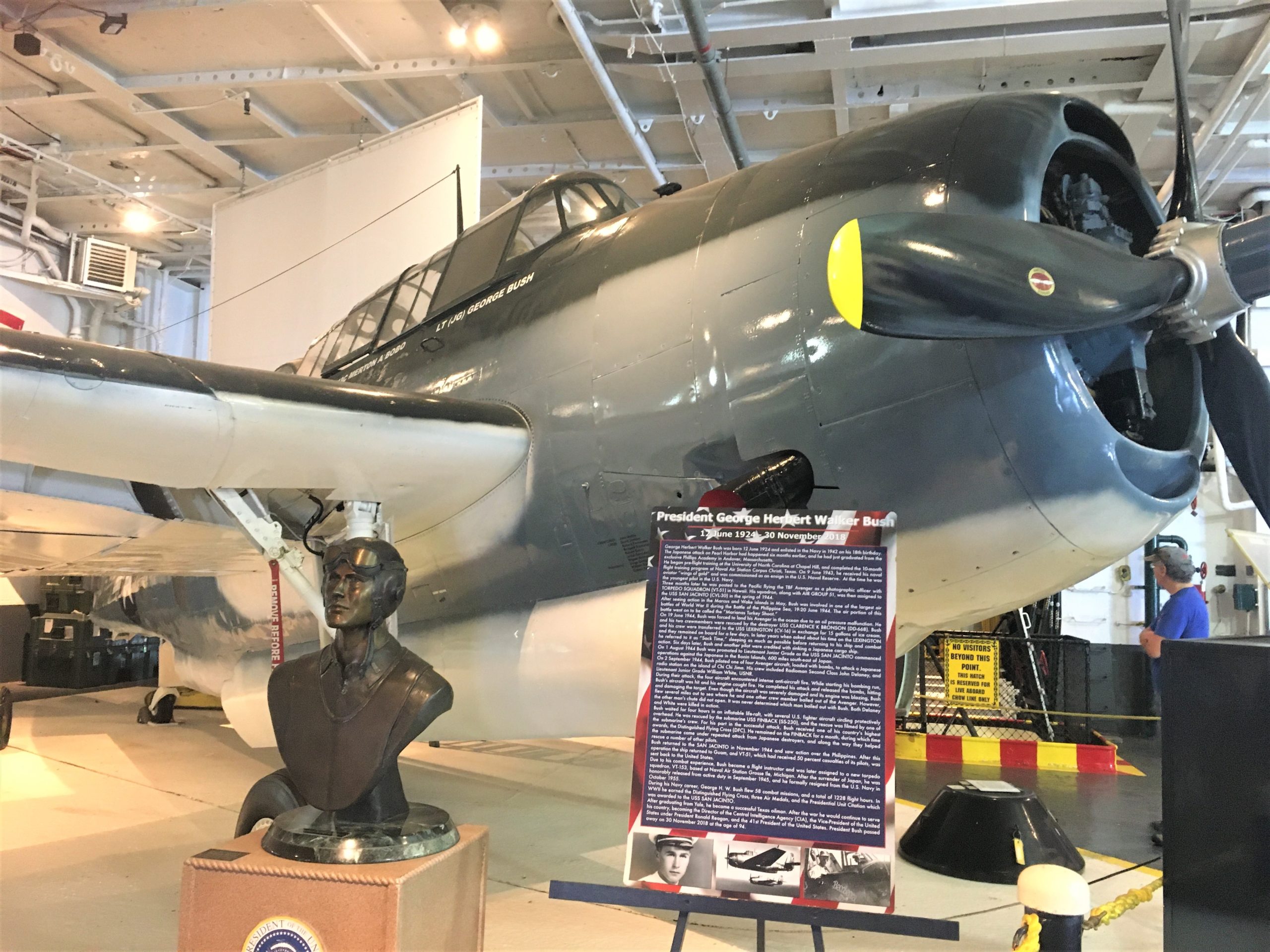
Hint: It was one of our former Presidents.
George H.W. Bush!
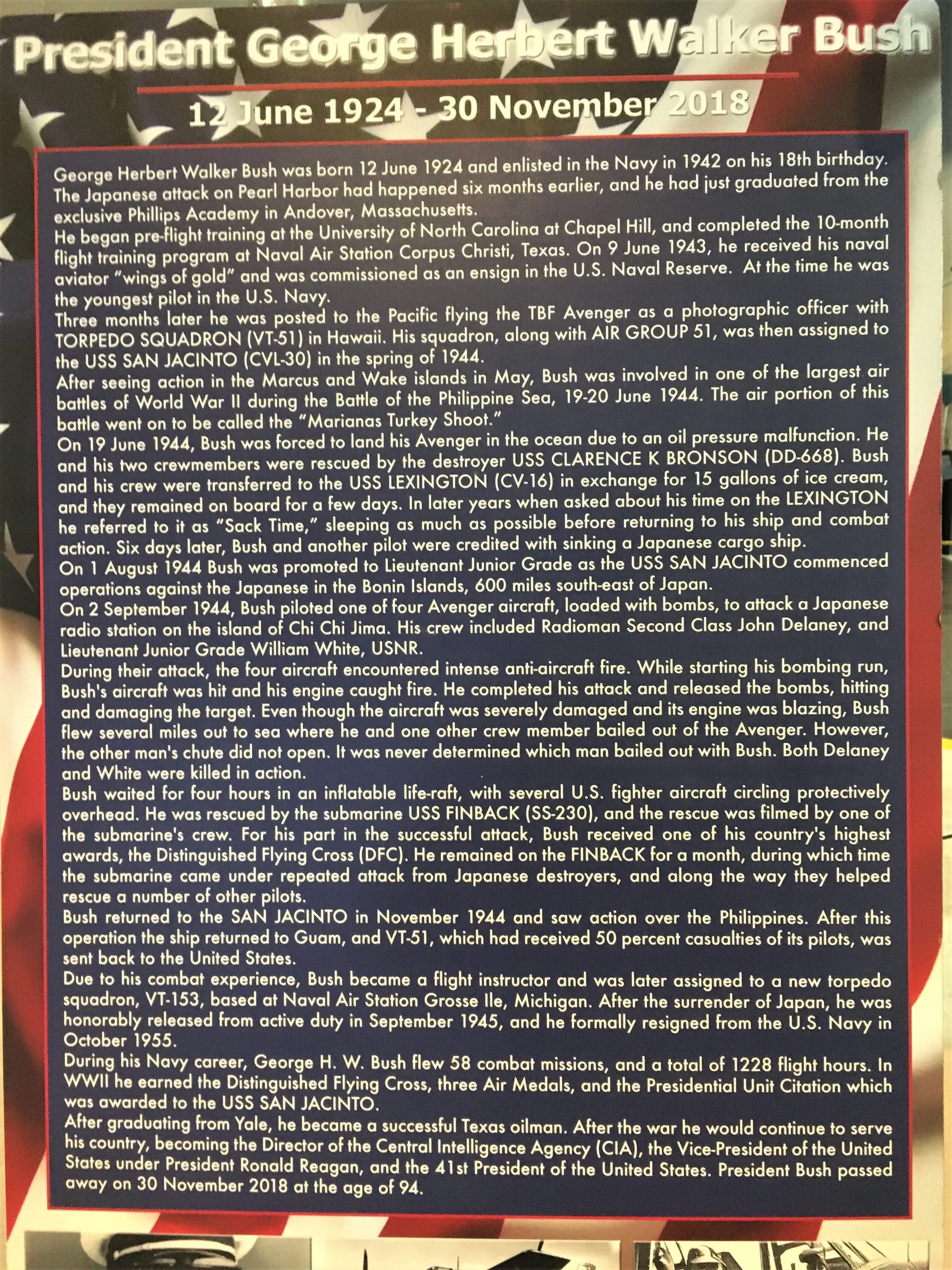
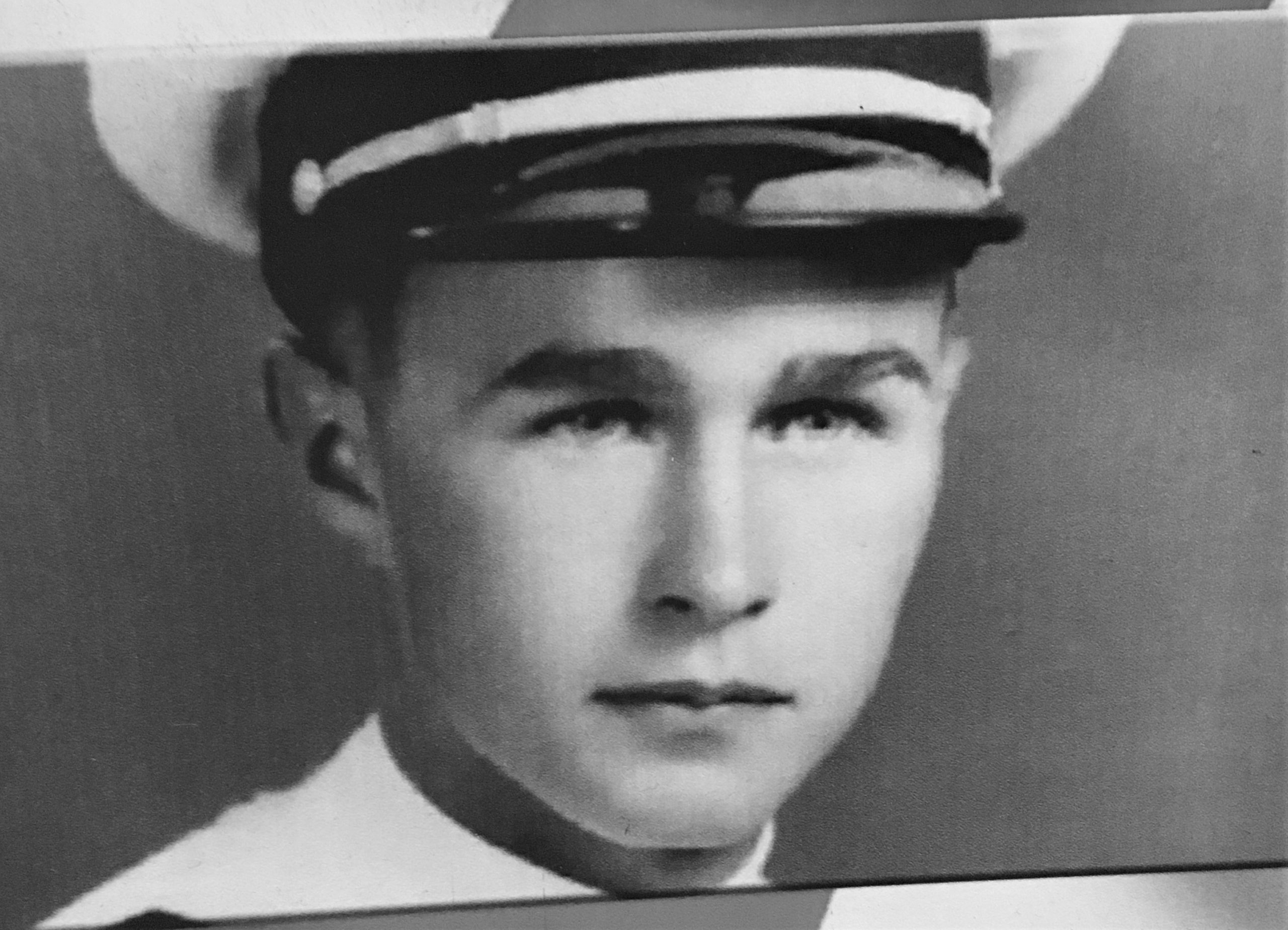
He looks like a baby!
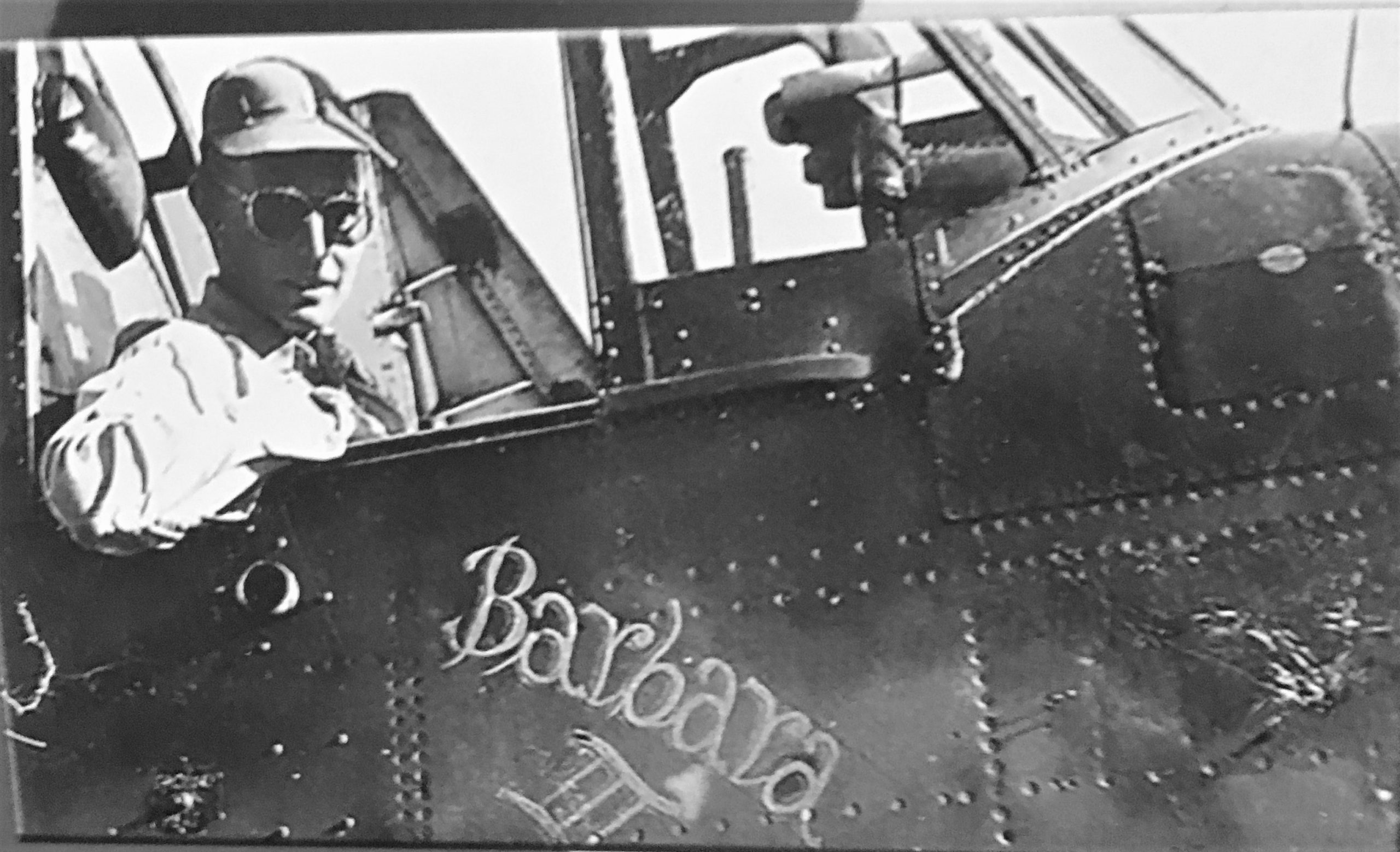

Read all about it below!
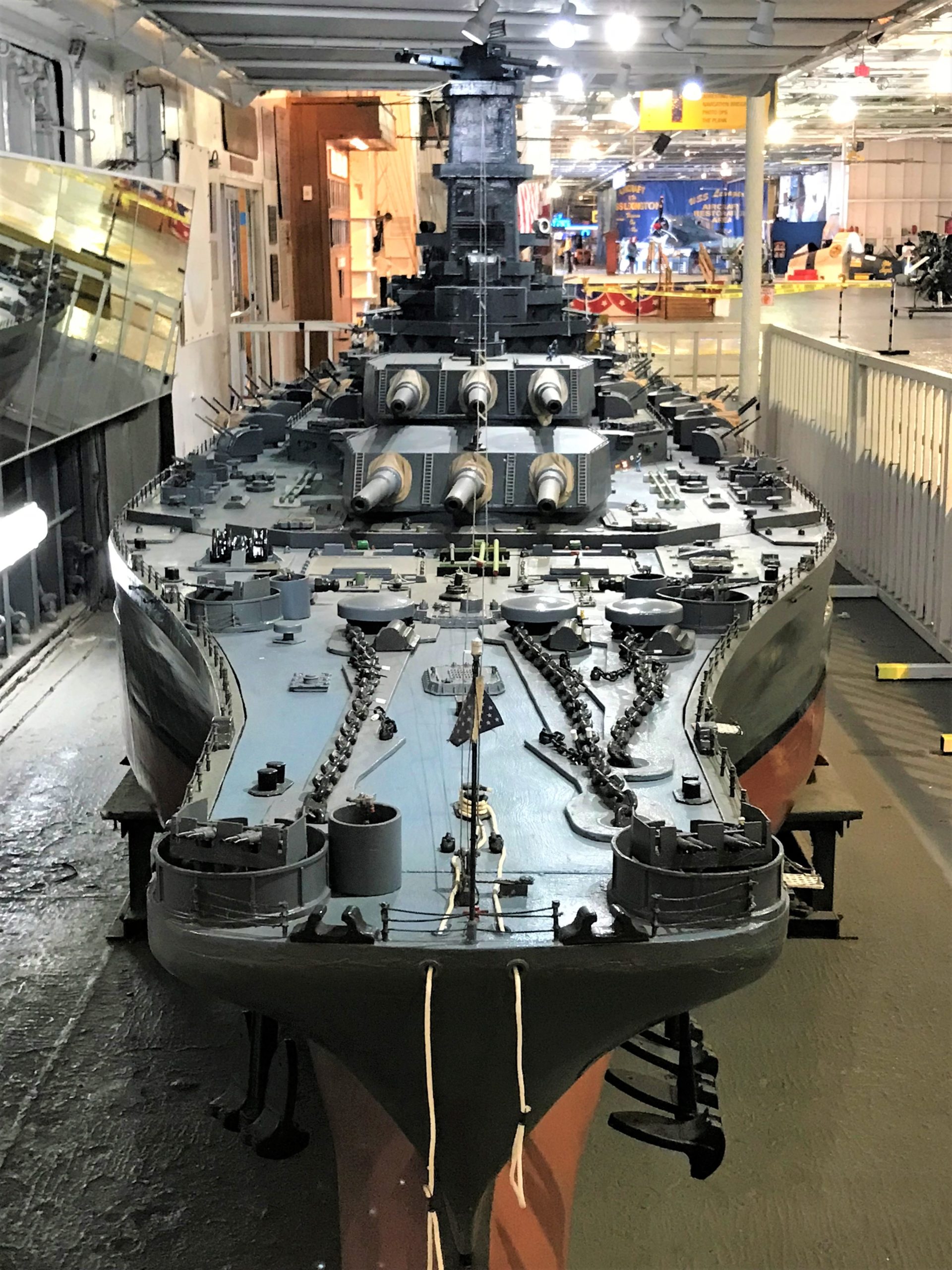
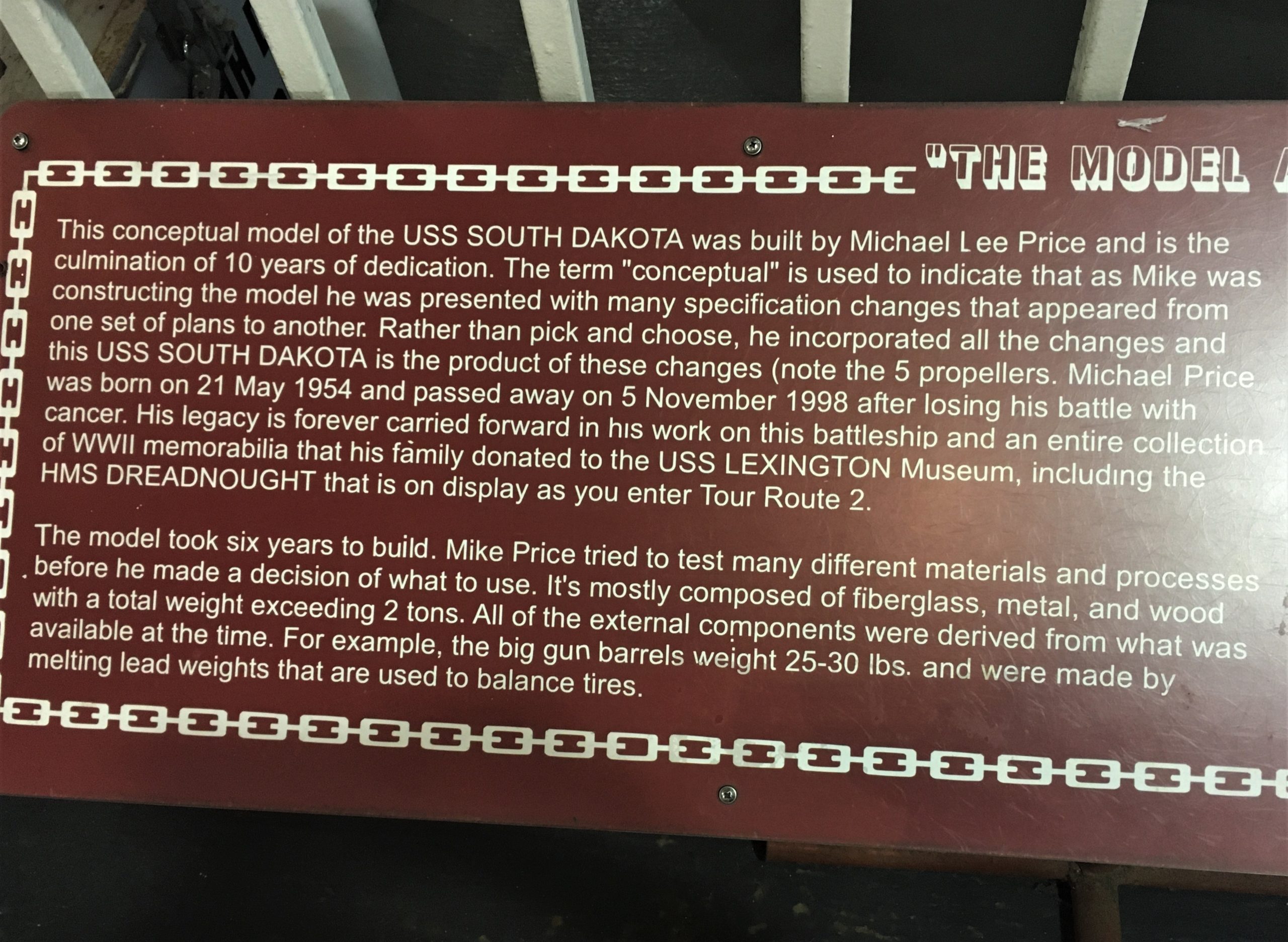
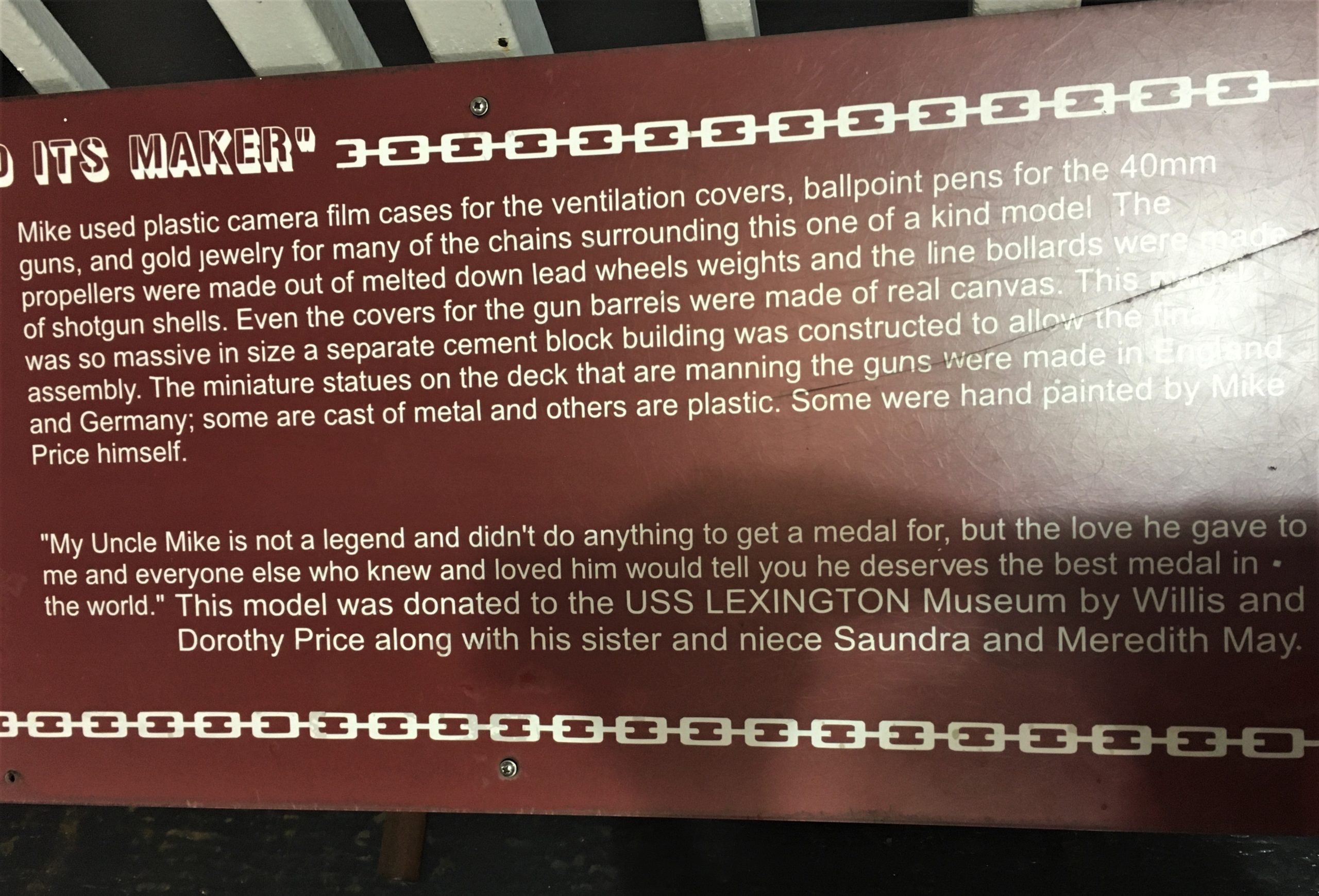
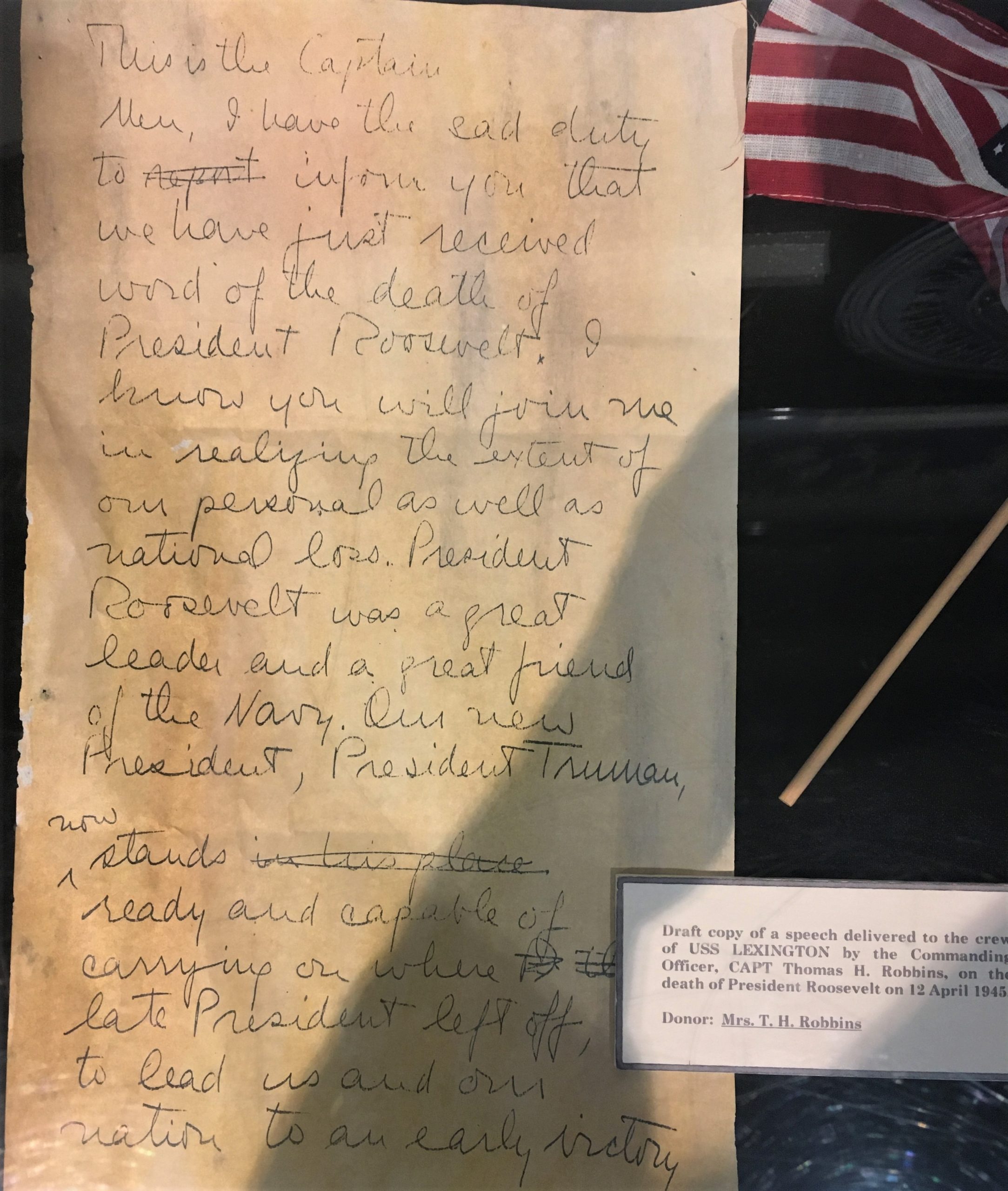
so he wrote out what he wanted to announce to his crew.
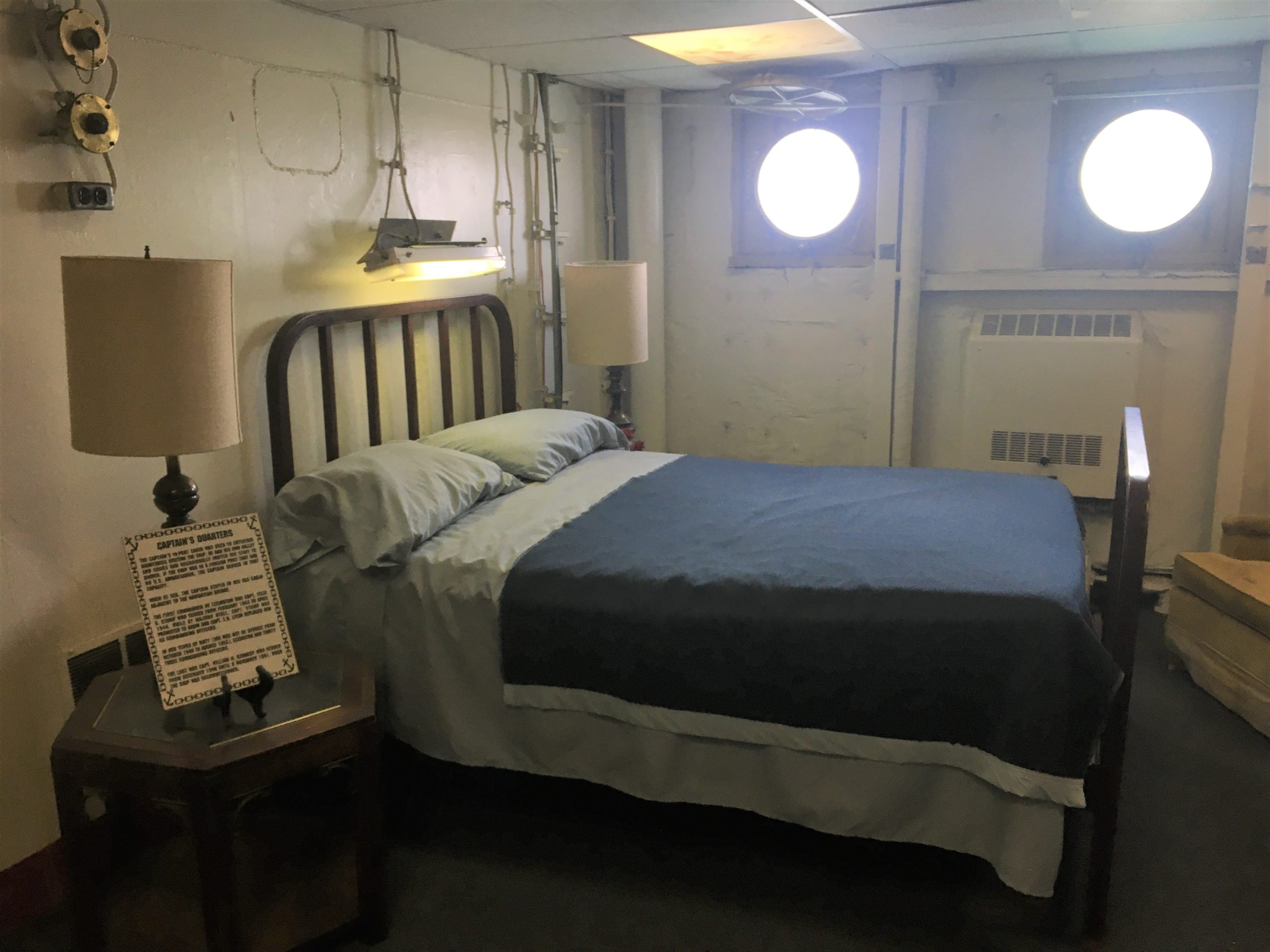
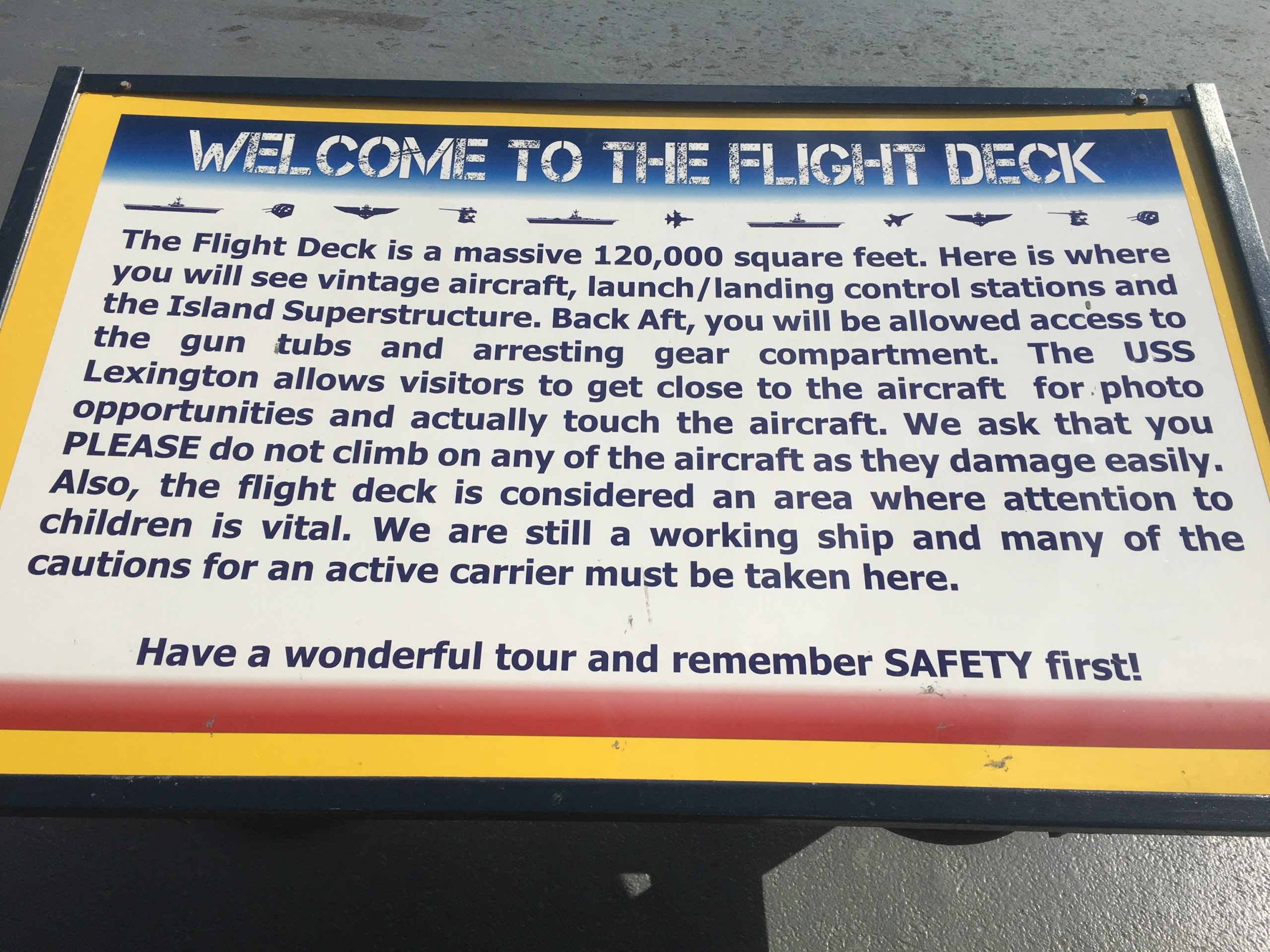
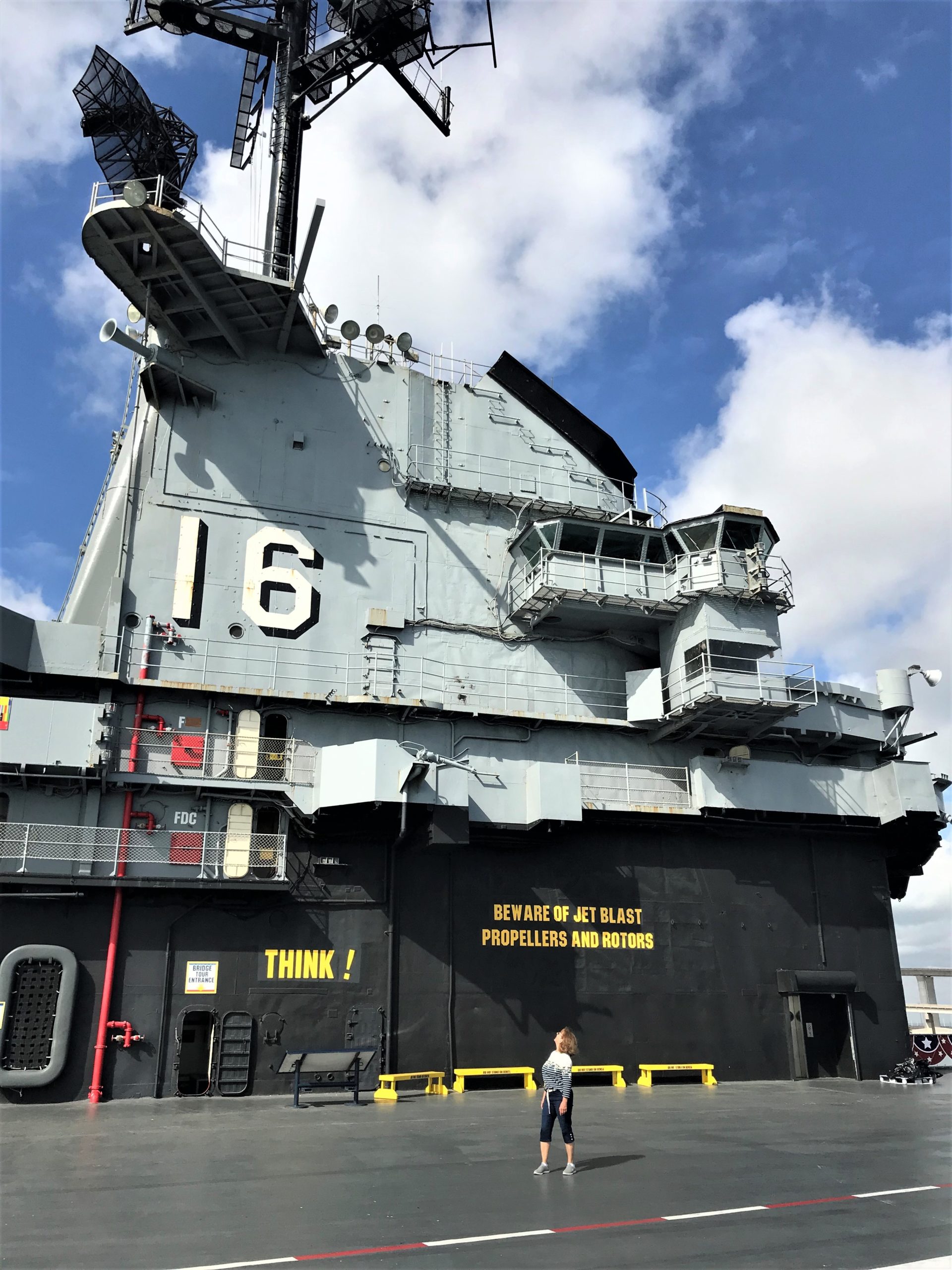
Did you notice me in the picture giving perspective?
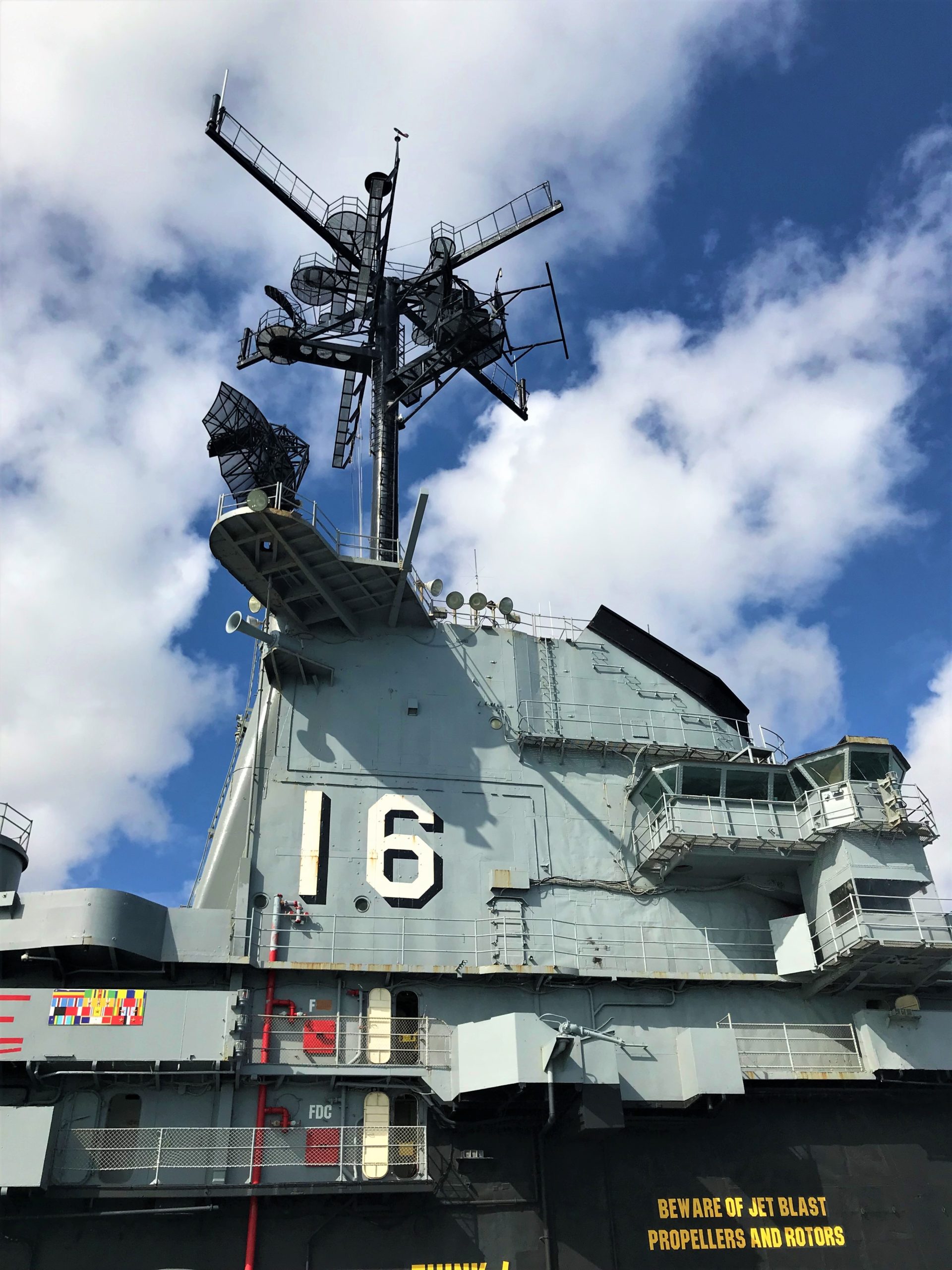
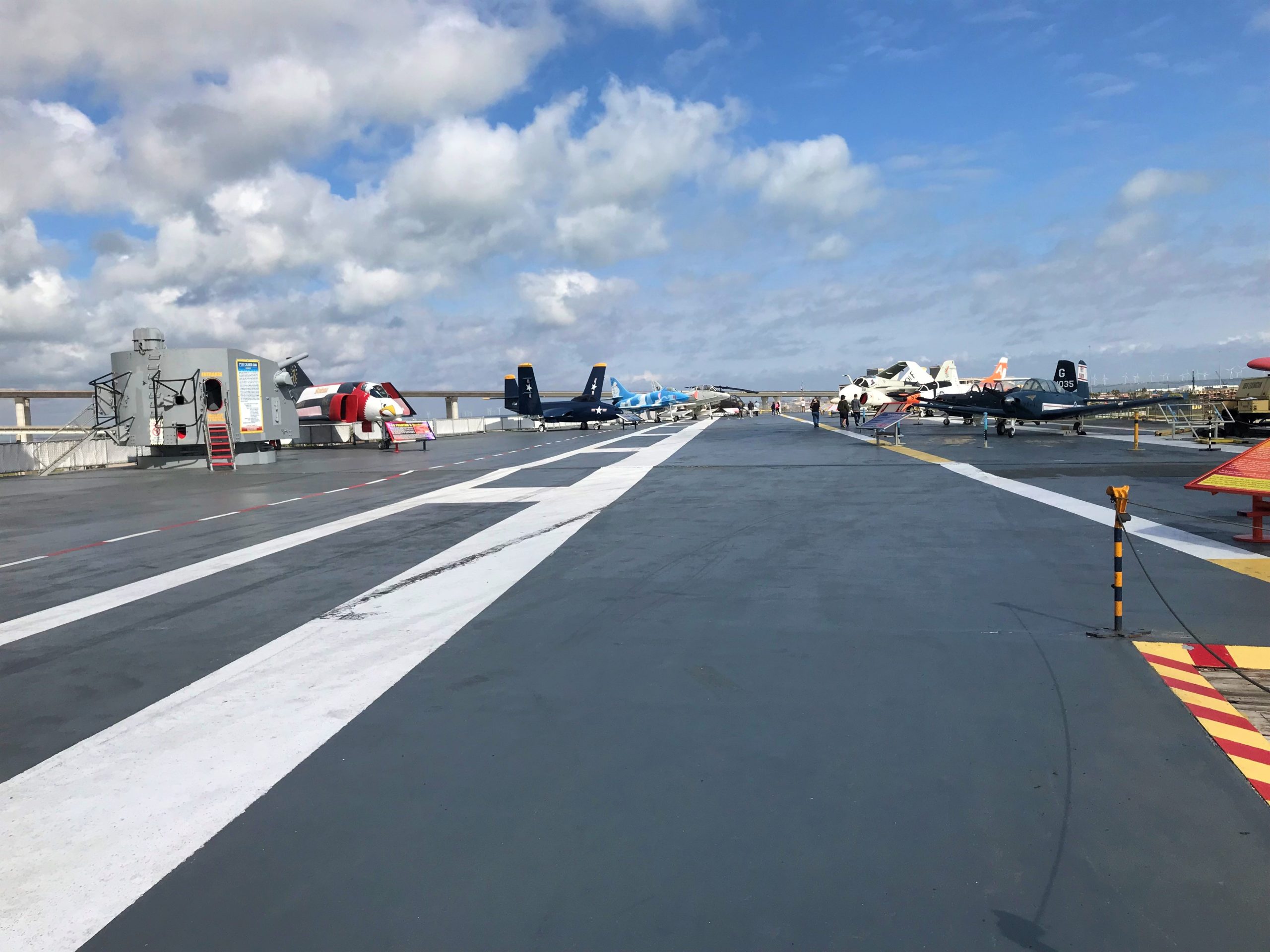
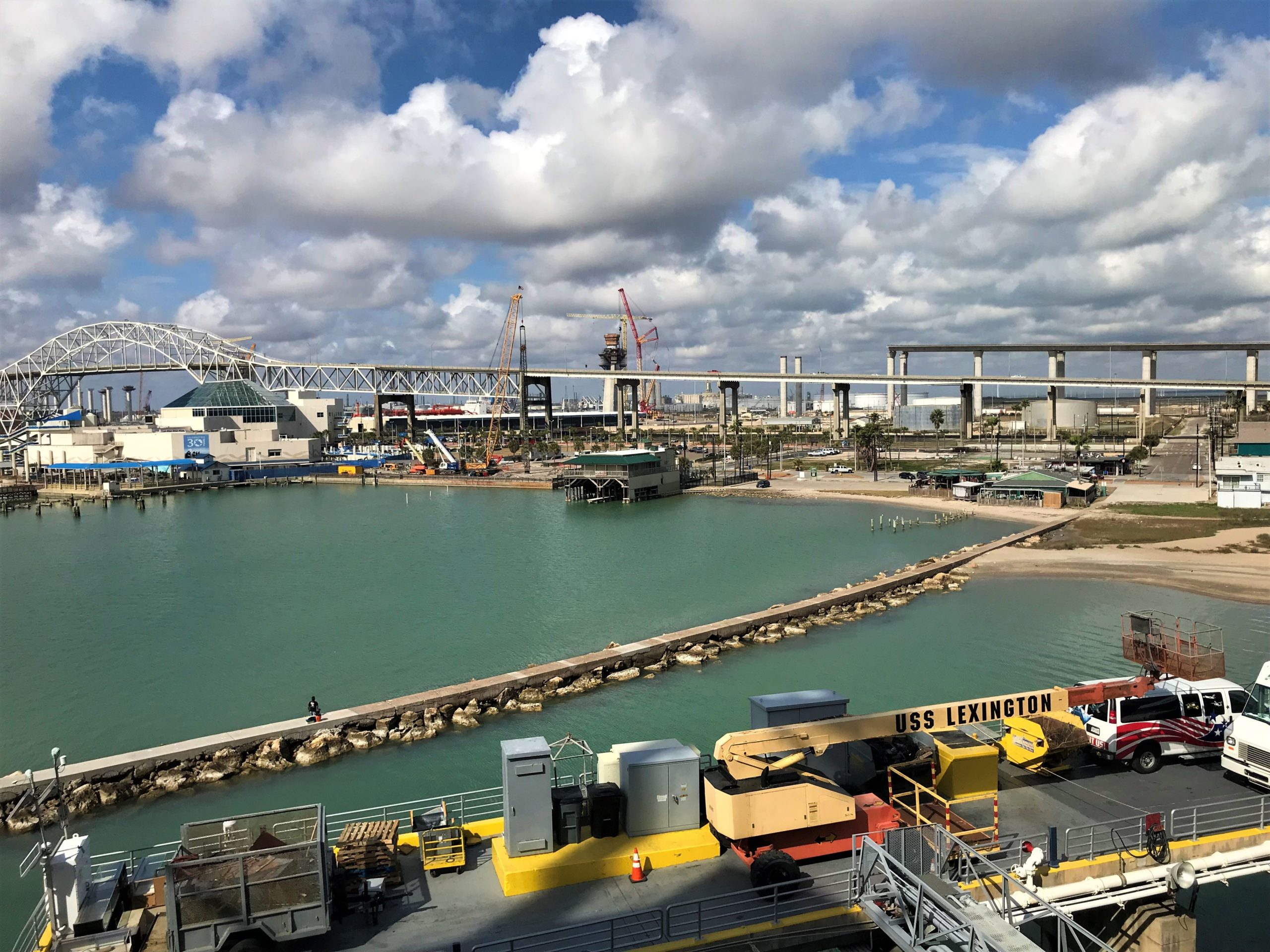
And there are no discounts or coupons available!
How do families afford it??
Maybe that’s their way of executing crowd control?
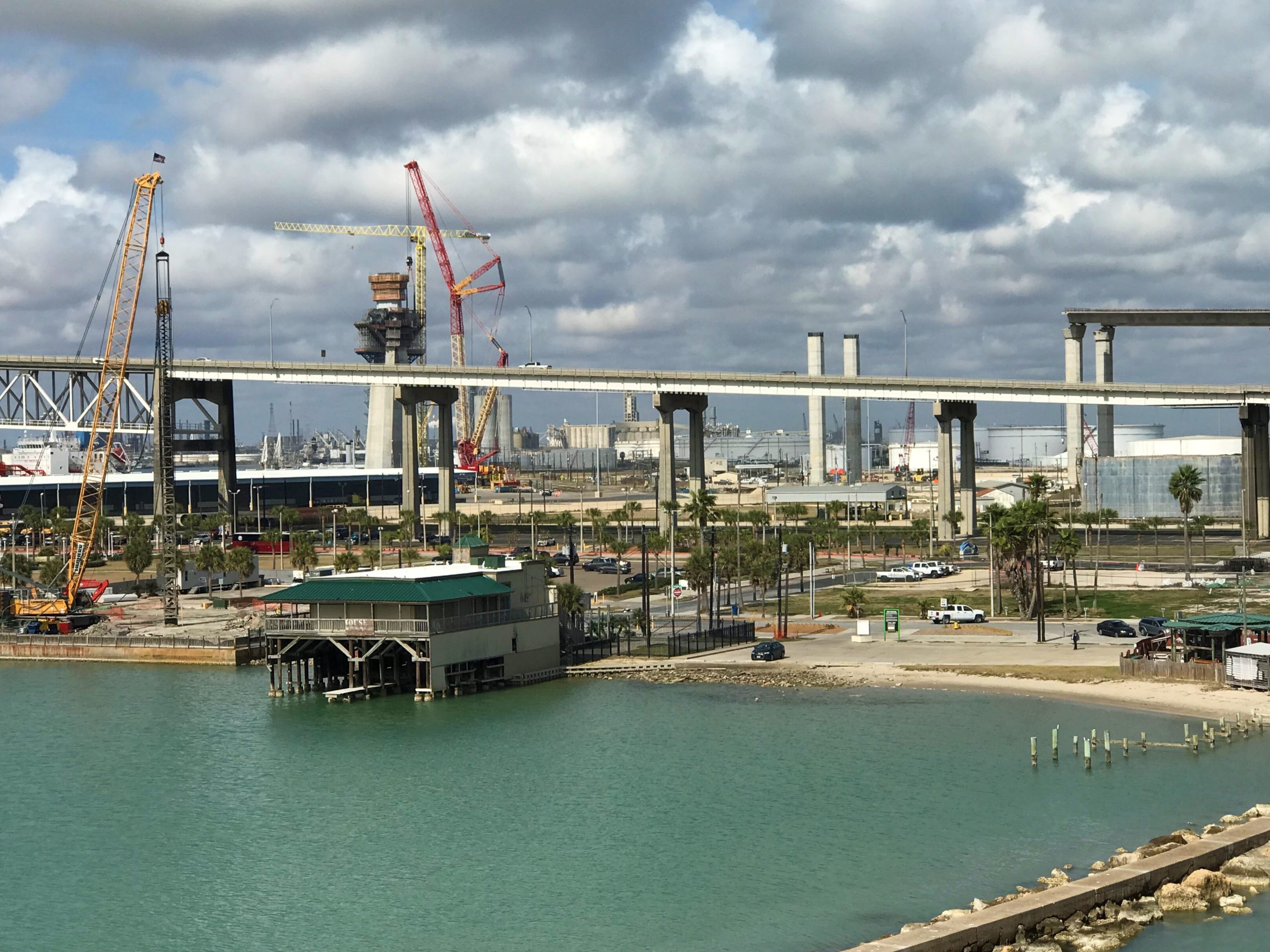
The tower of Babel’s got nothing on this thing!
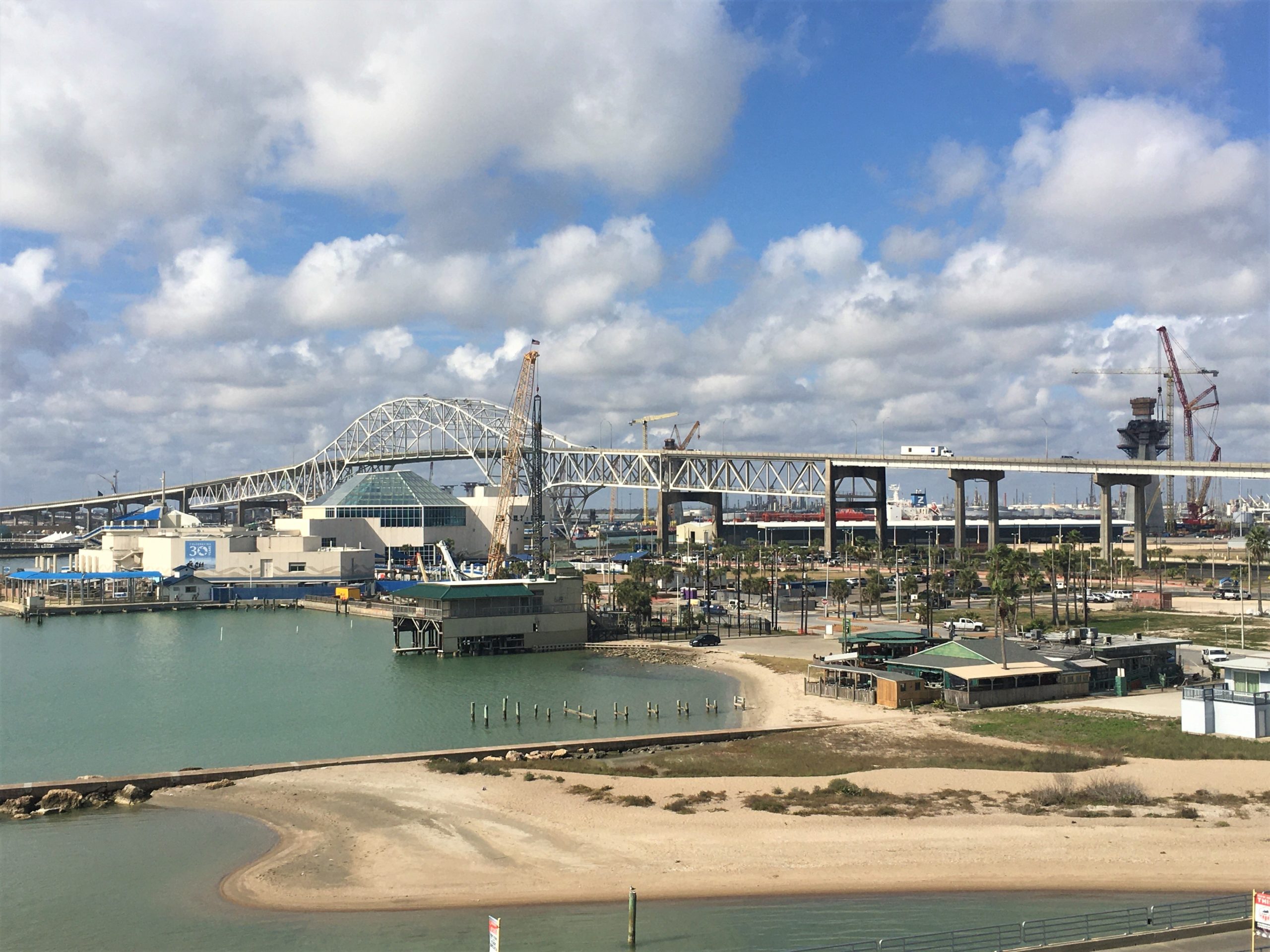
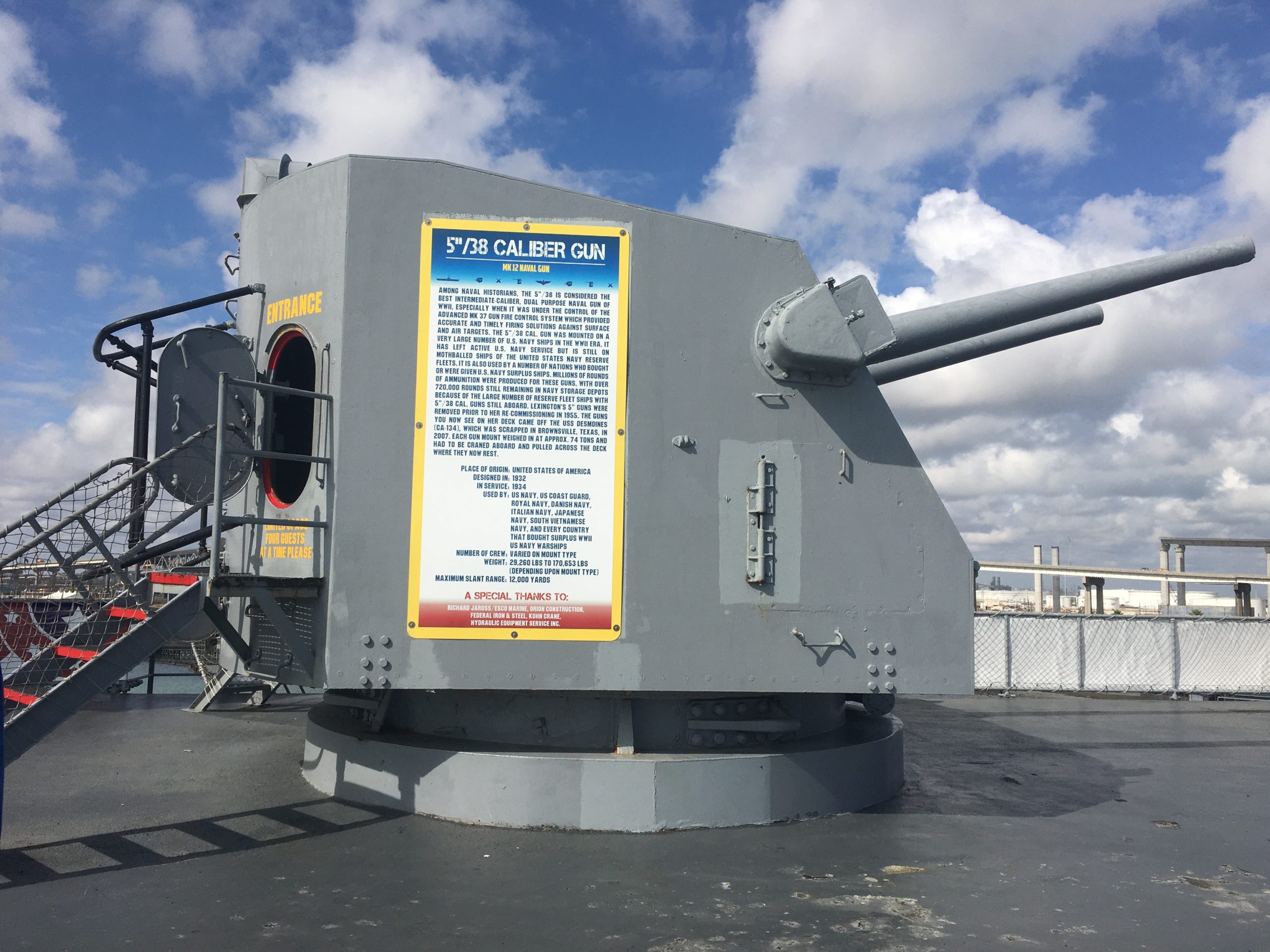
until we saw the next picture!
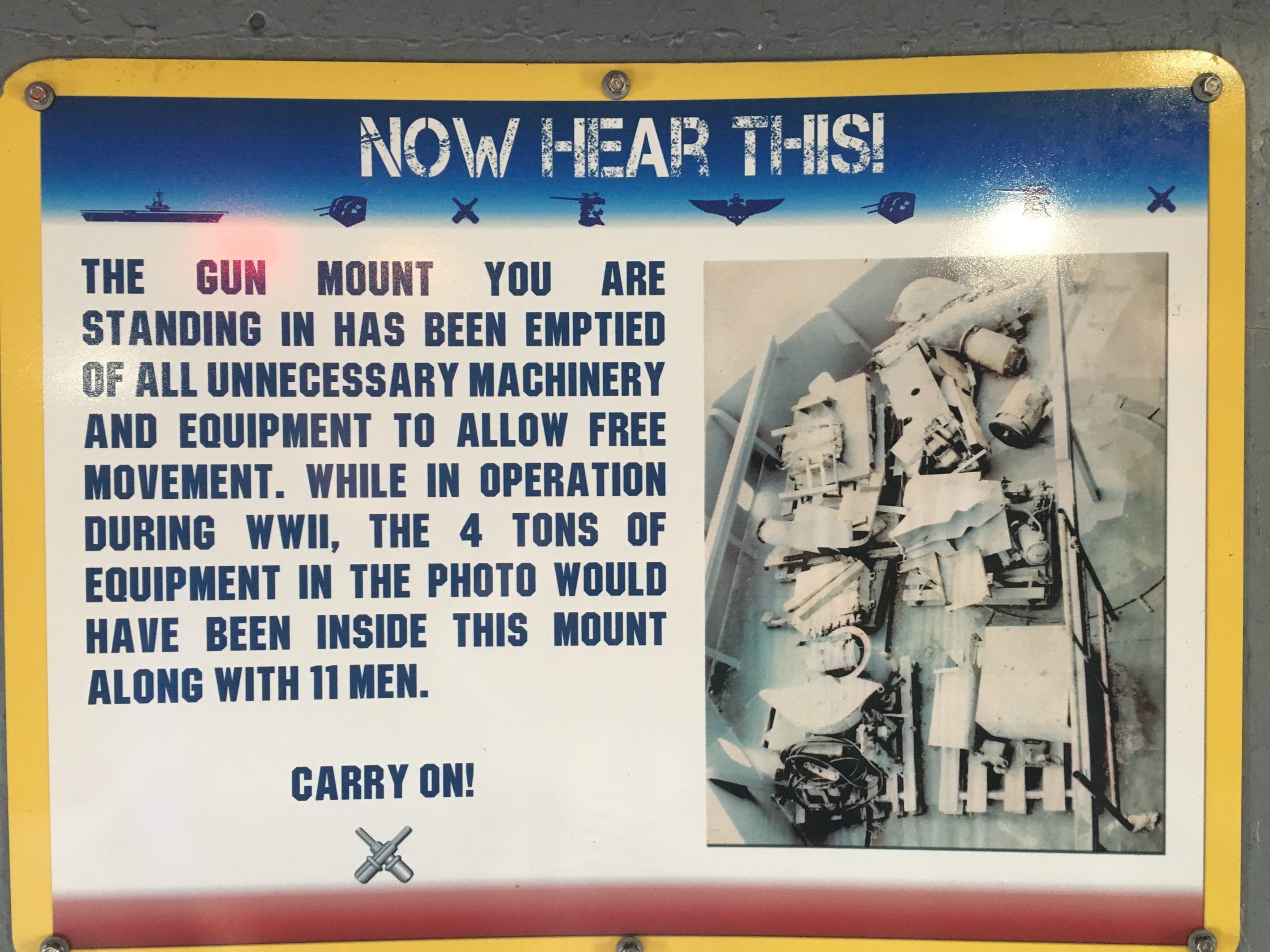
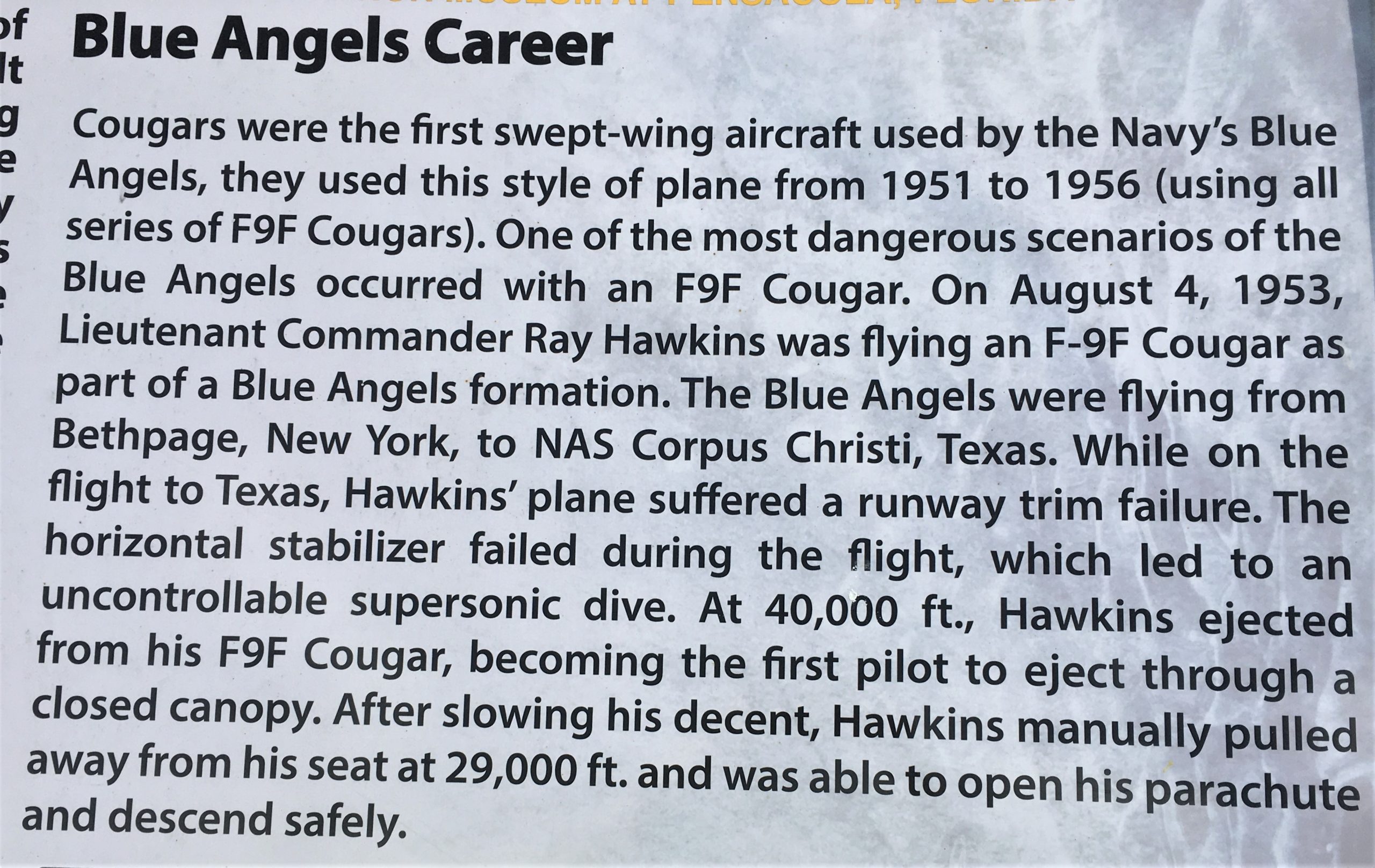
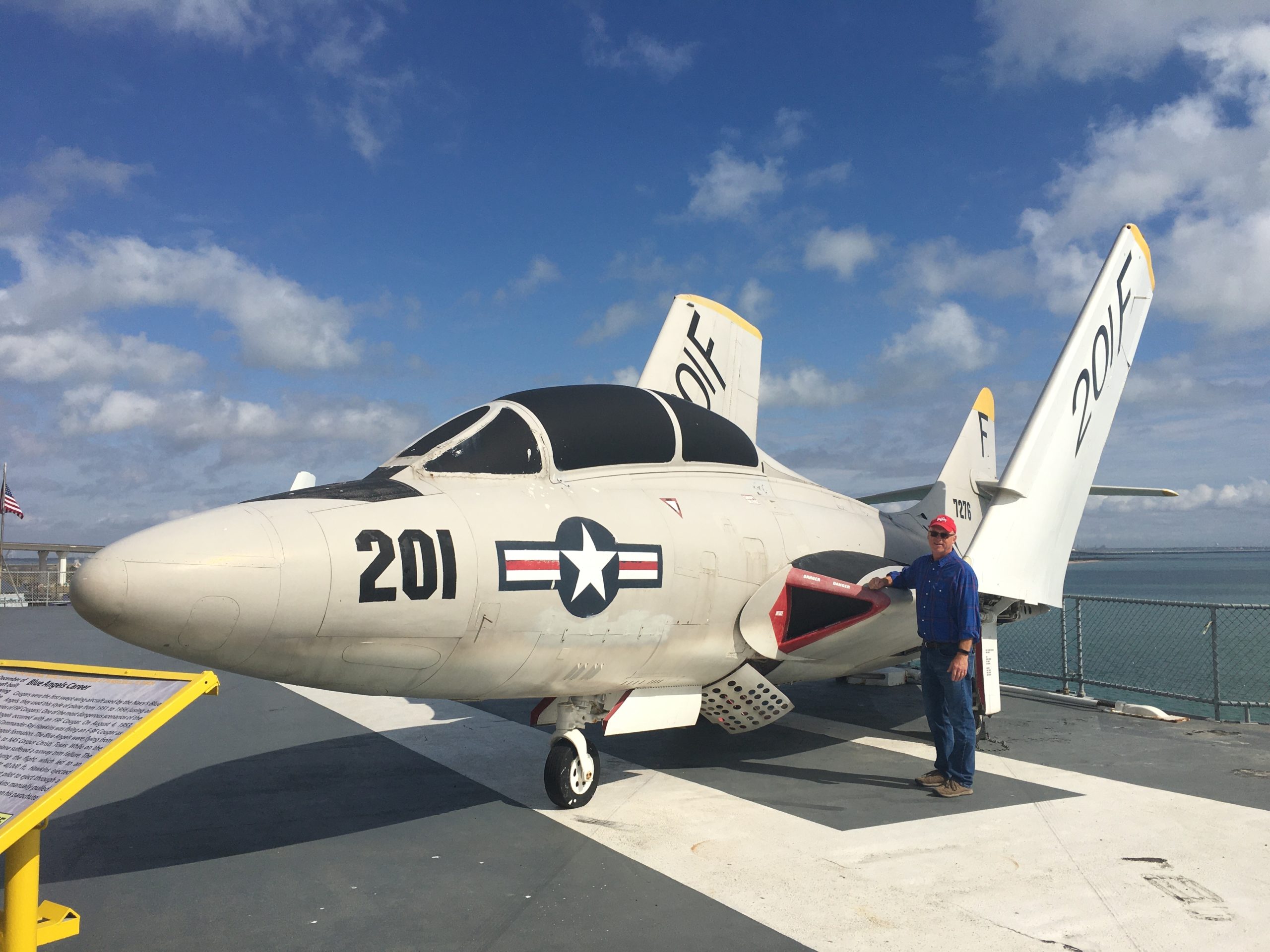
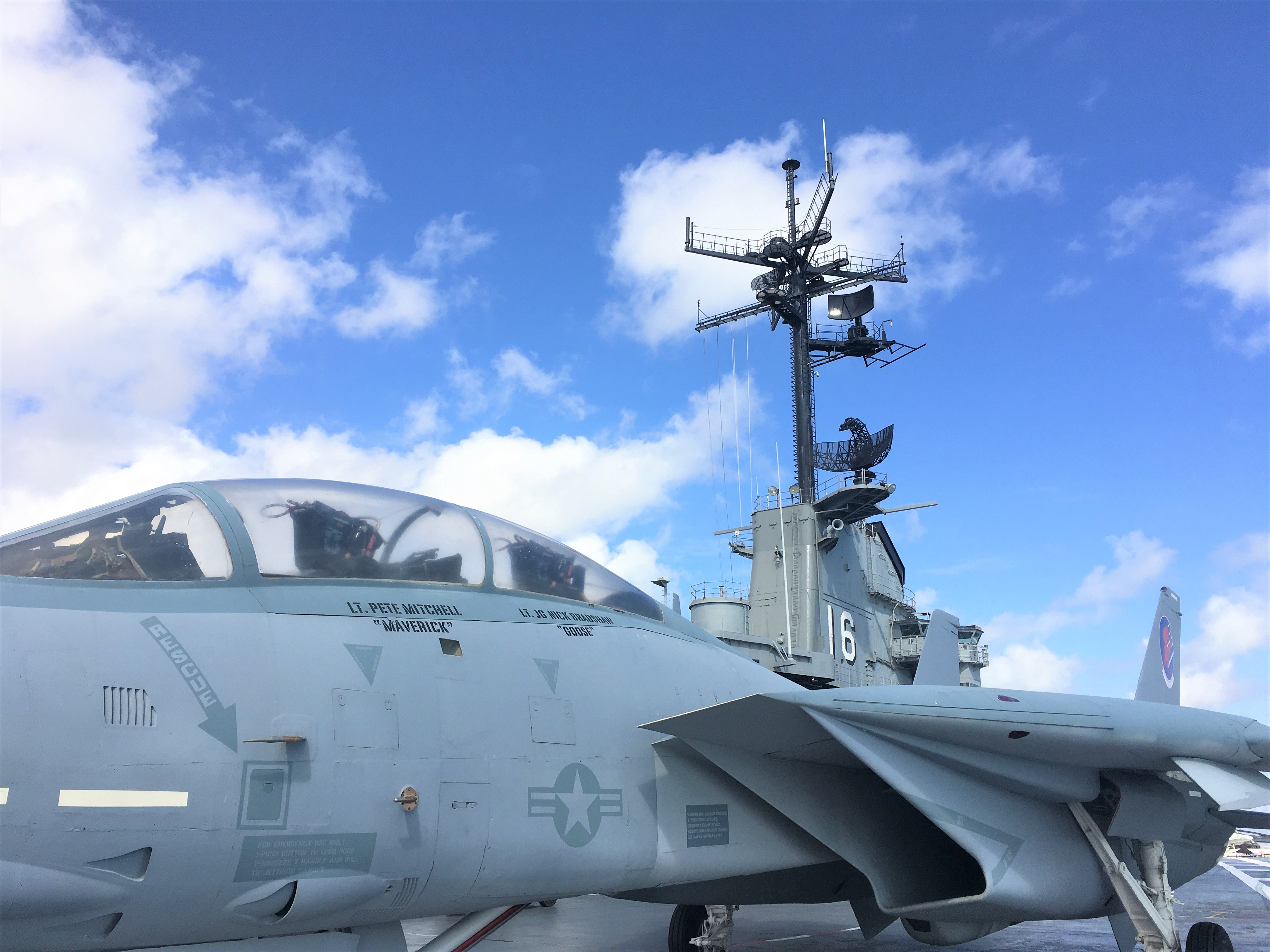
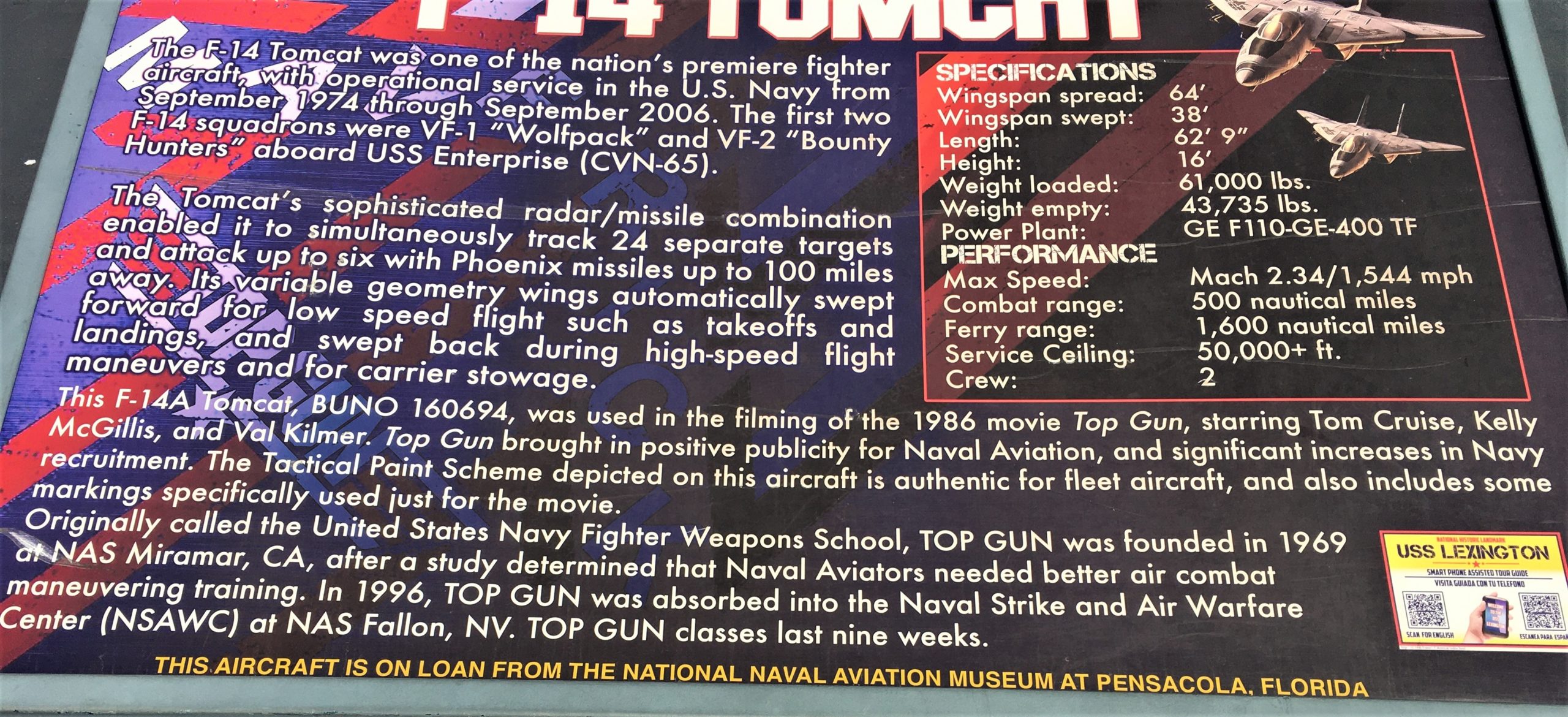
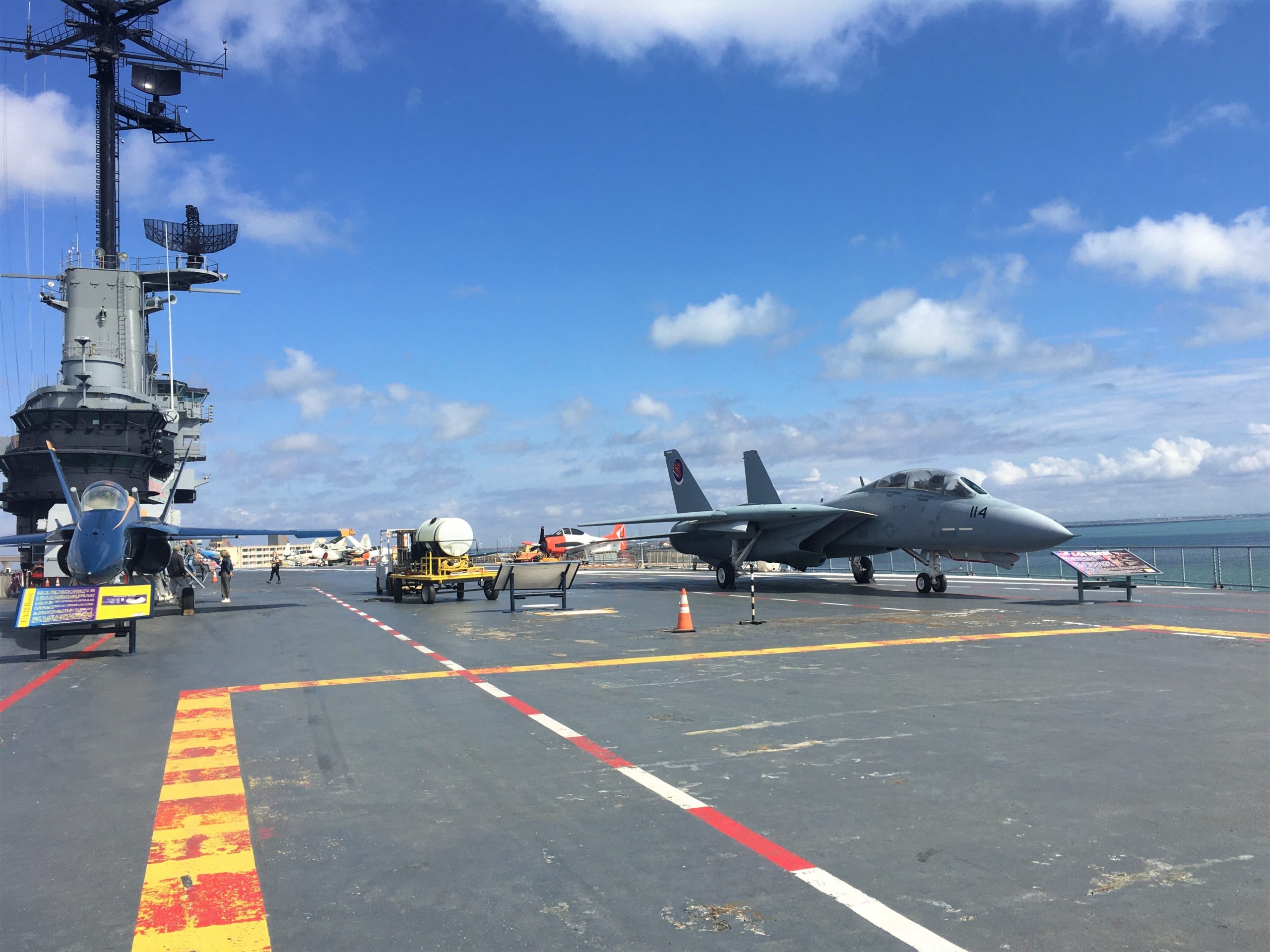
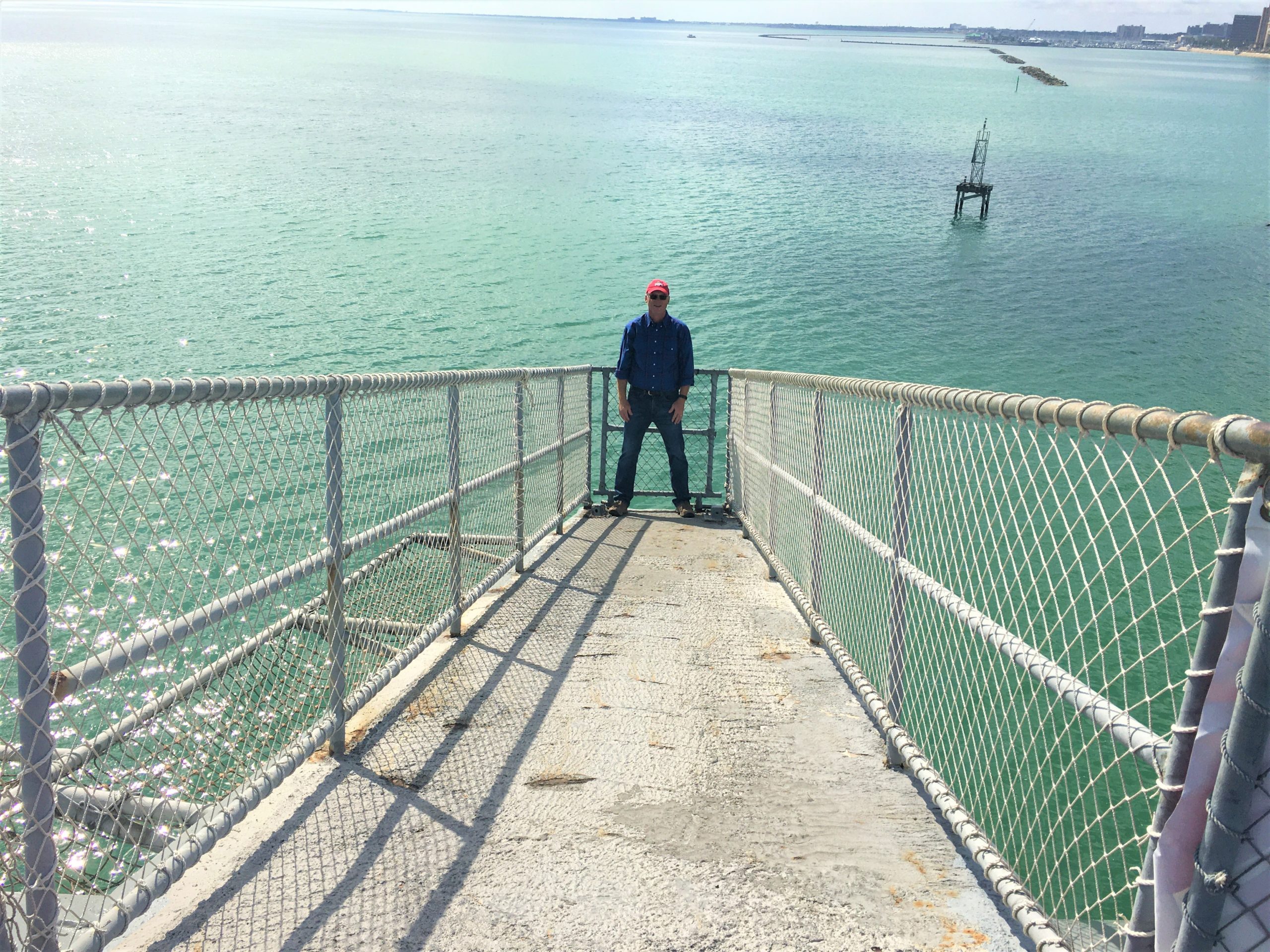
It angles down, and hangs out over the water.
I don’t know what it’s original purpose was, but I didn’t really want to go out there.


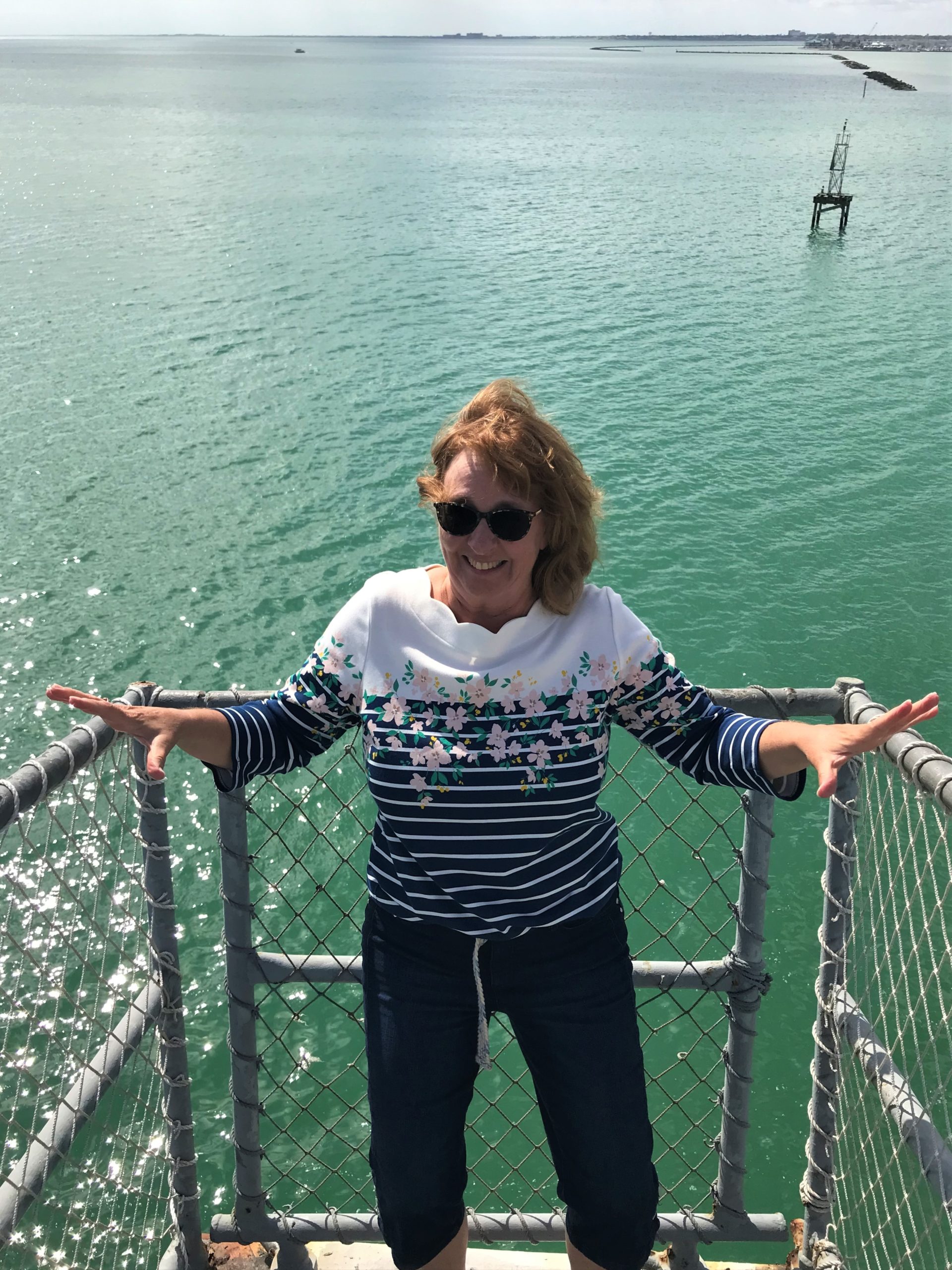
It was a little scary.

But don’t pay attention to what I was wearing several days later.
Instead, focus on the “gang plank”.
The far right is where we were standing!

I couldn’t decide which picture to put in (at Blaine’s request) and he was already done editing. : )
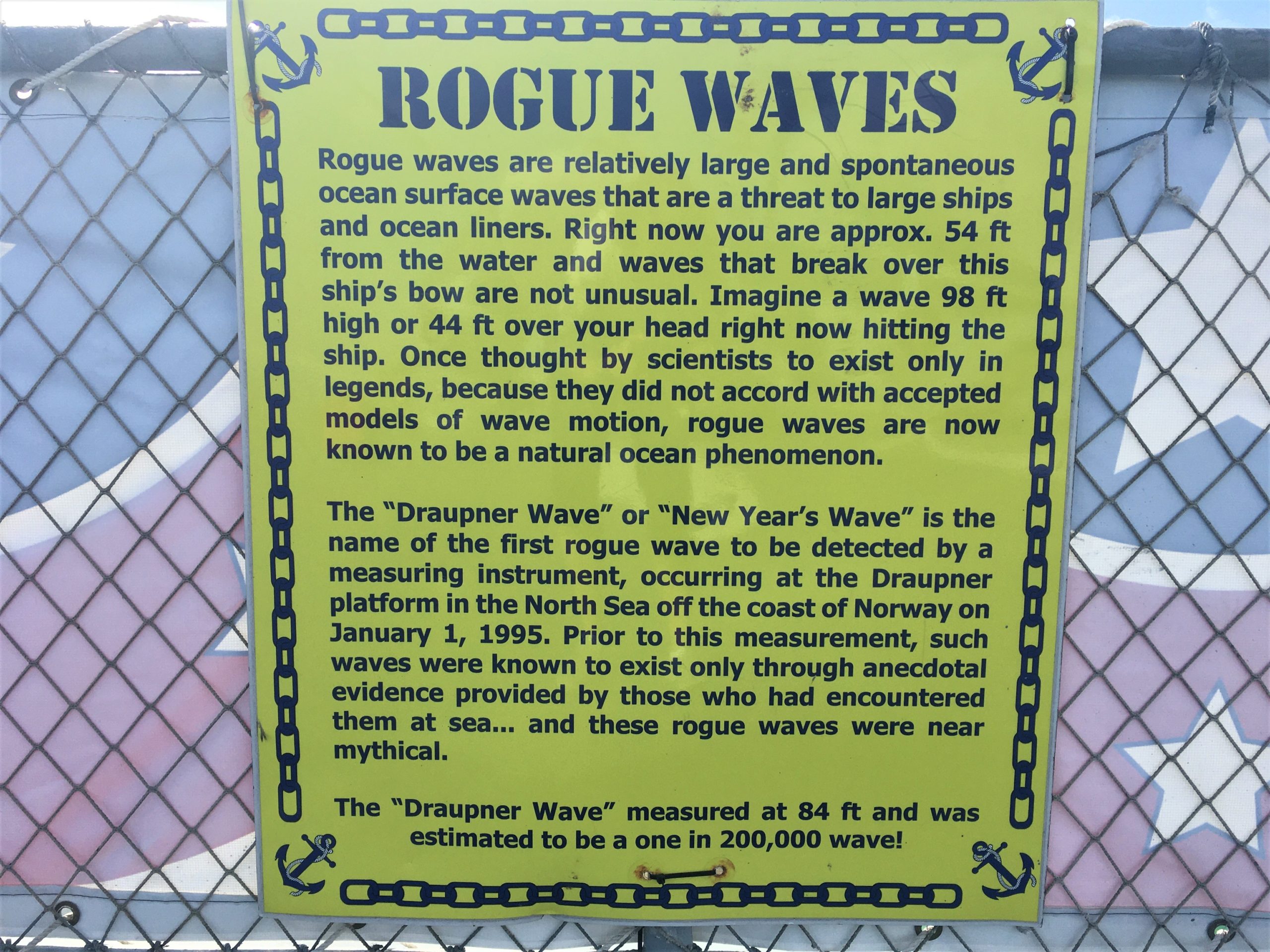

I had to climb over a rope to get to it.
Shhhh….. don’t tell anyone!
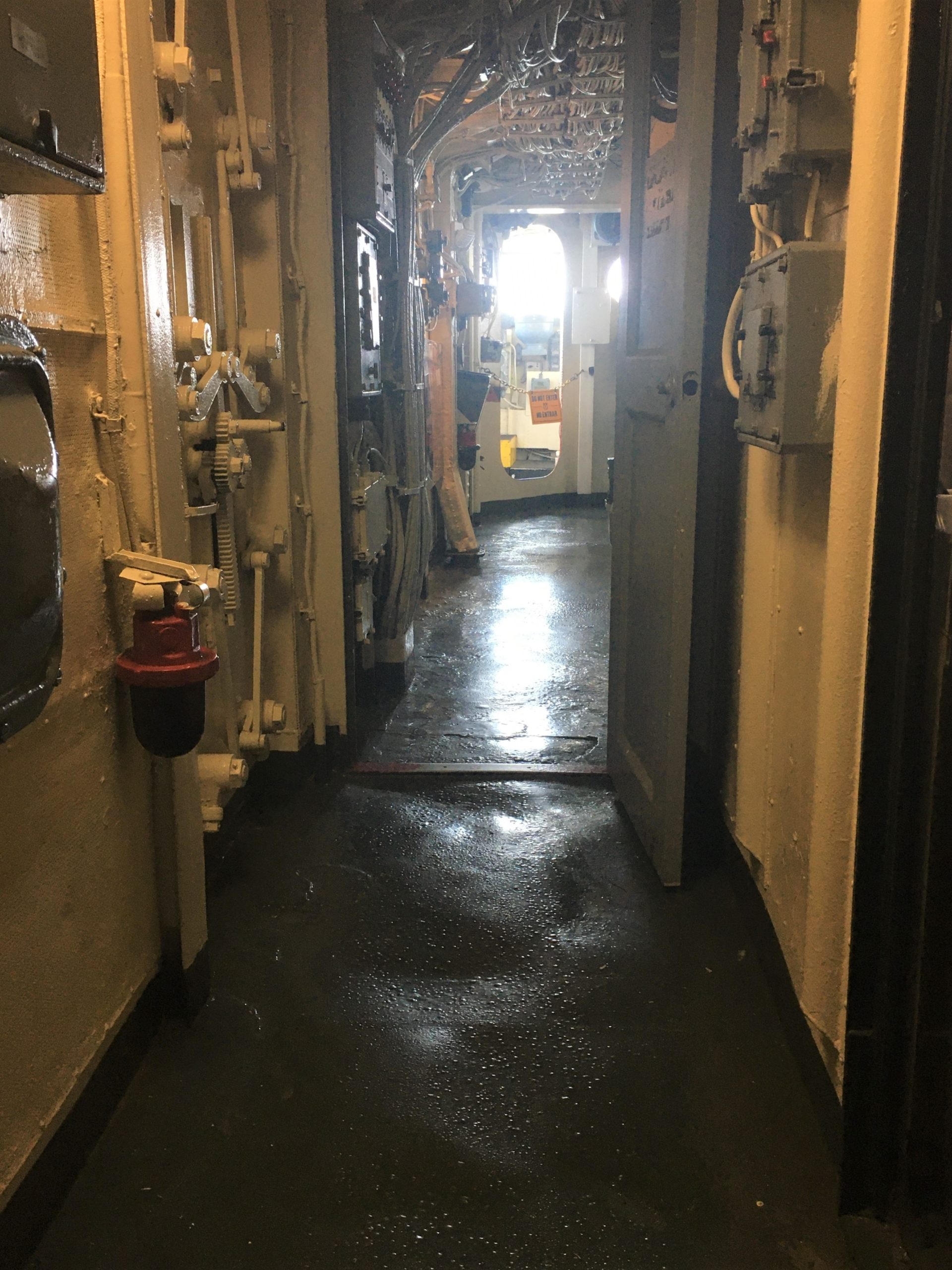
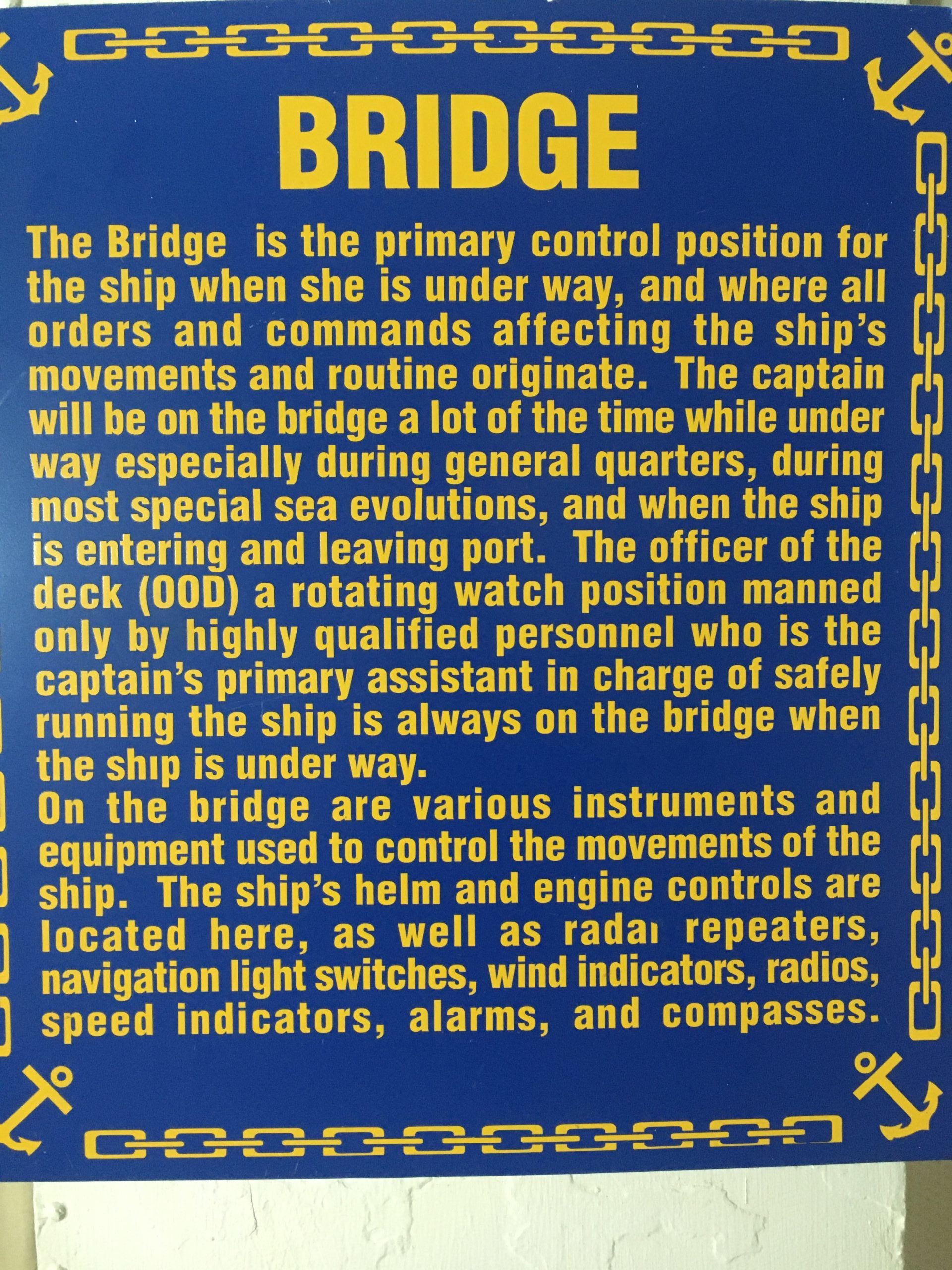
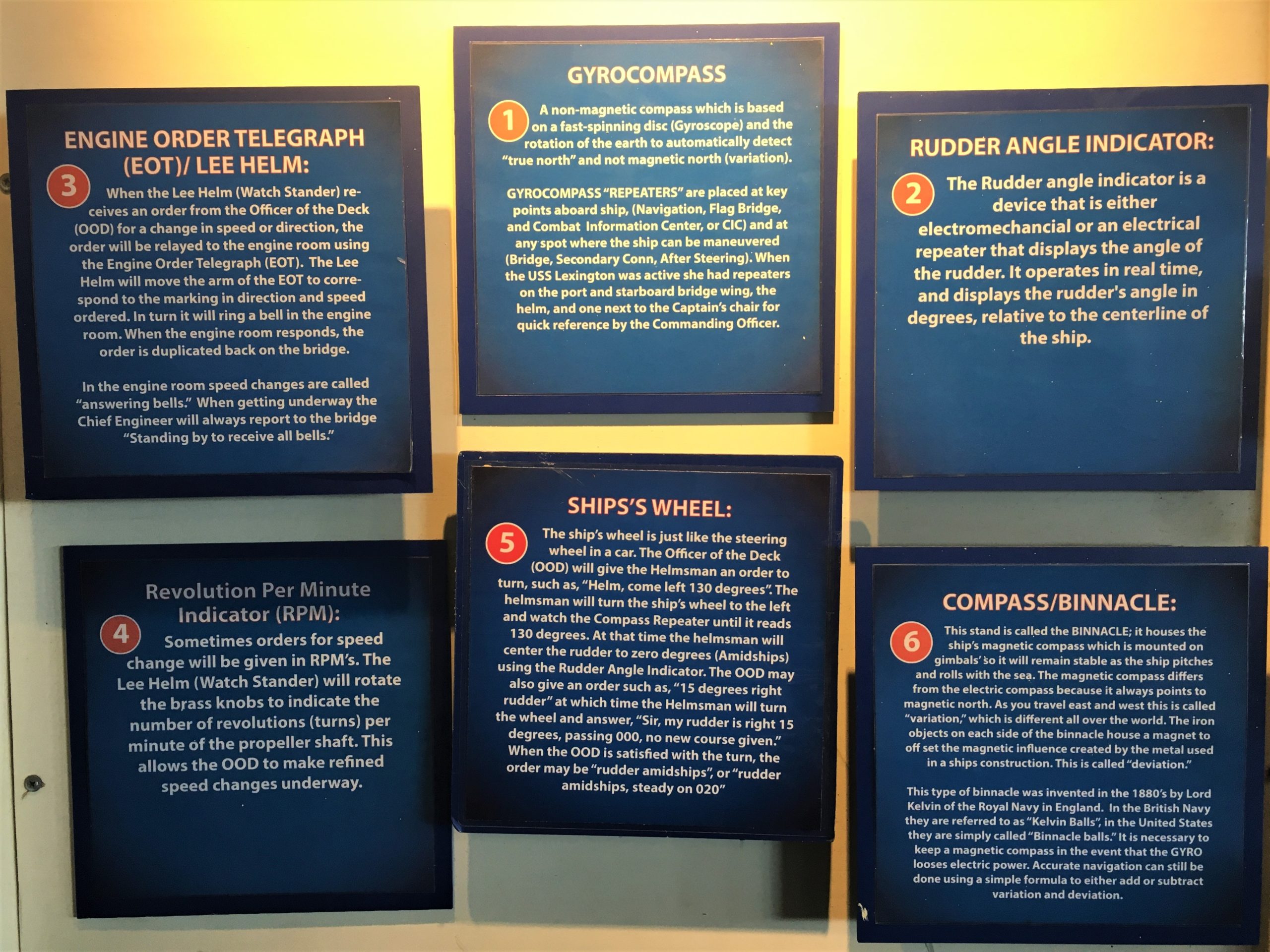


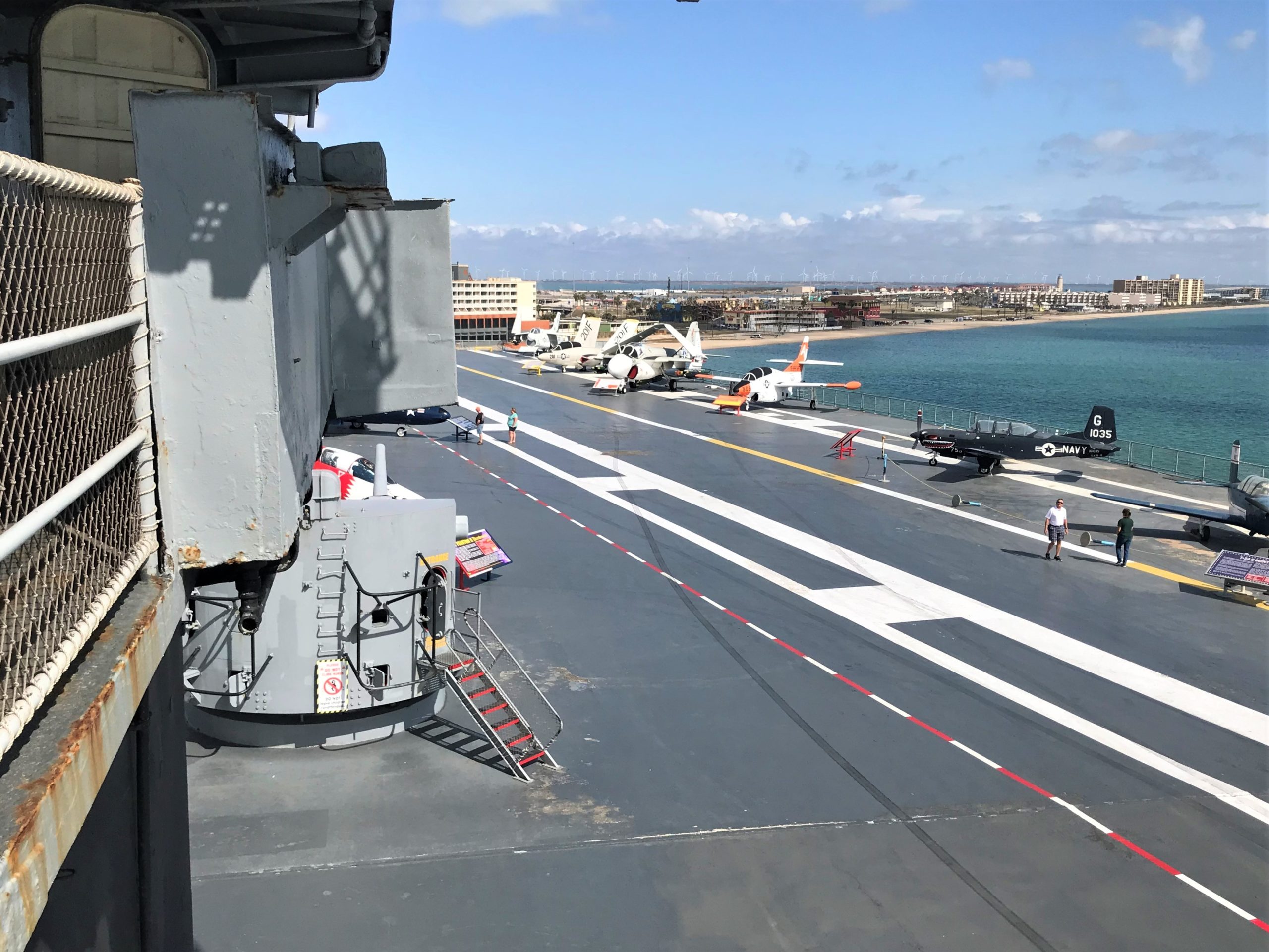
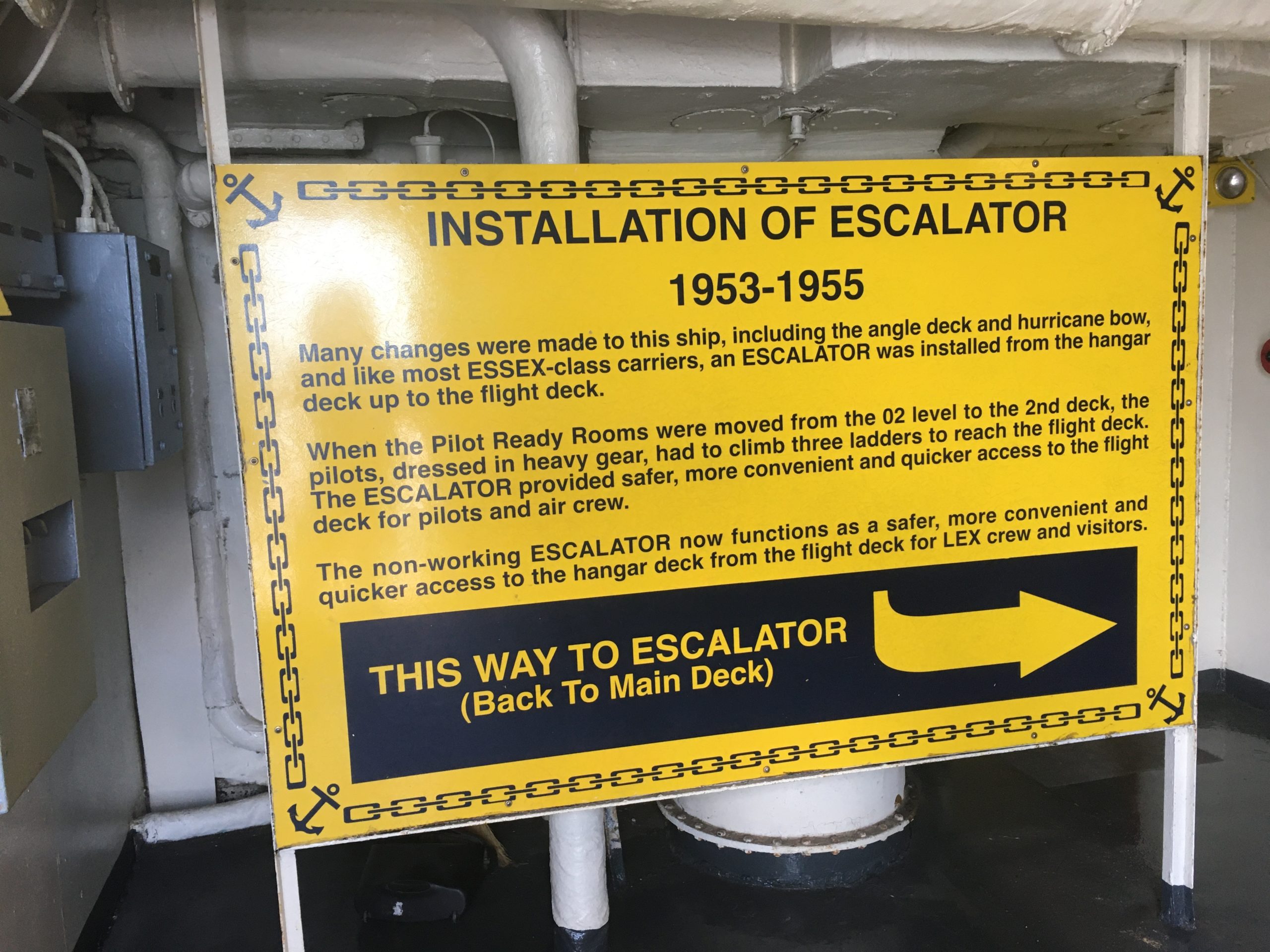
Ok. Maybe not lazy, they just have a need for speed! : )
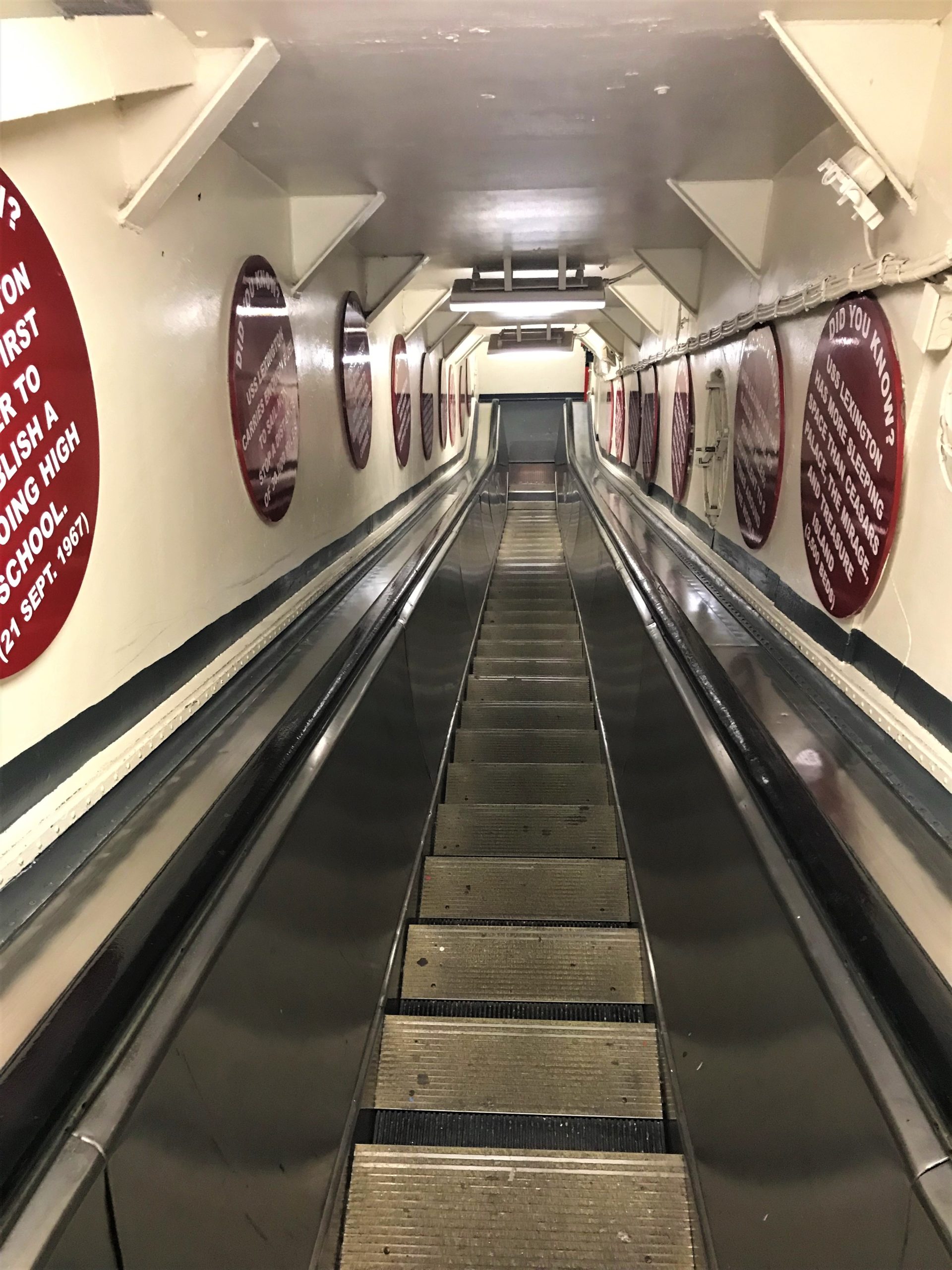
Believe it or not, I didn’t take a picture of all of them. : )
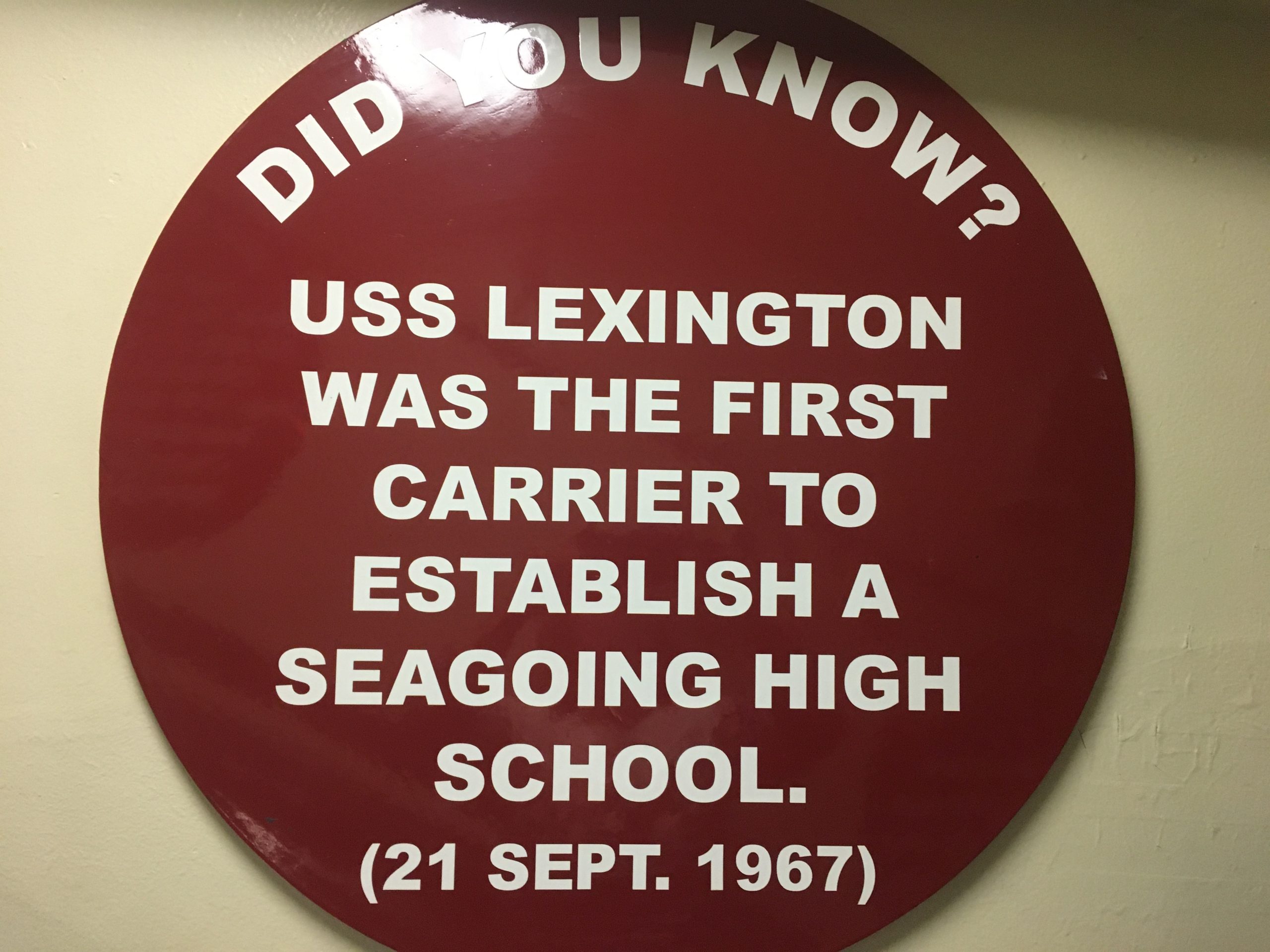

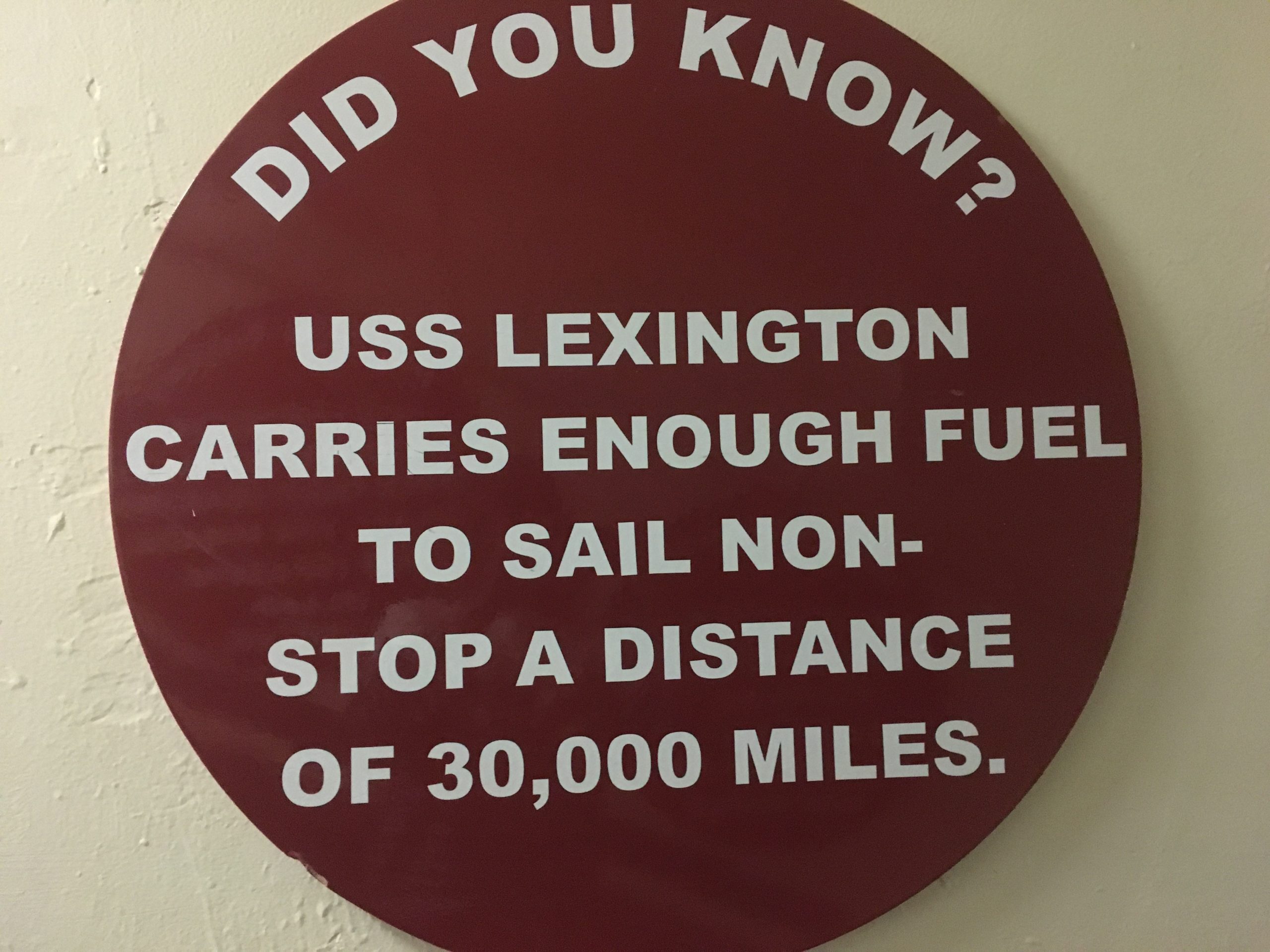
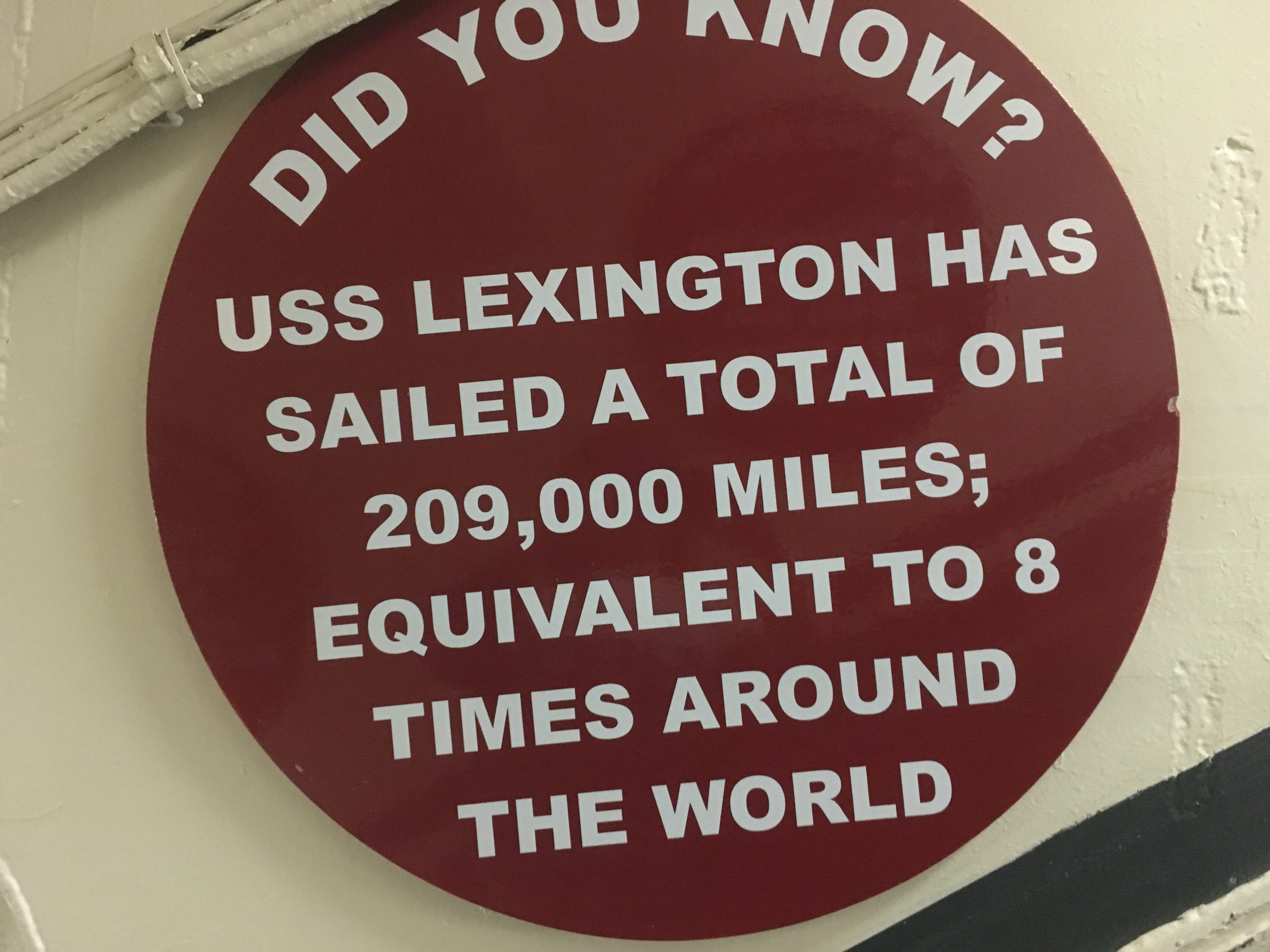
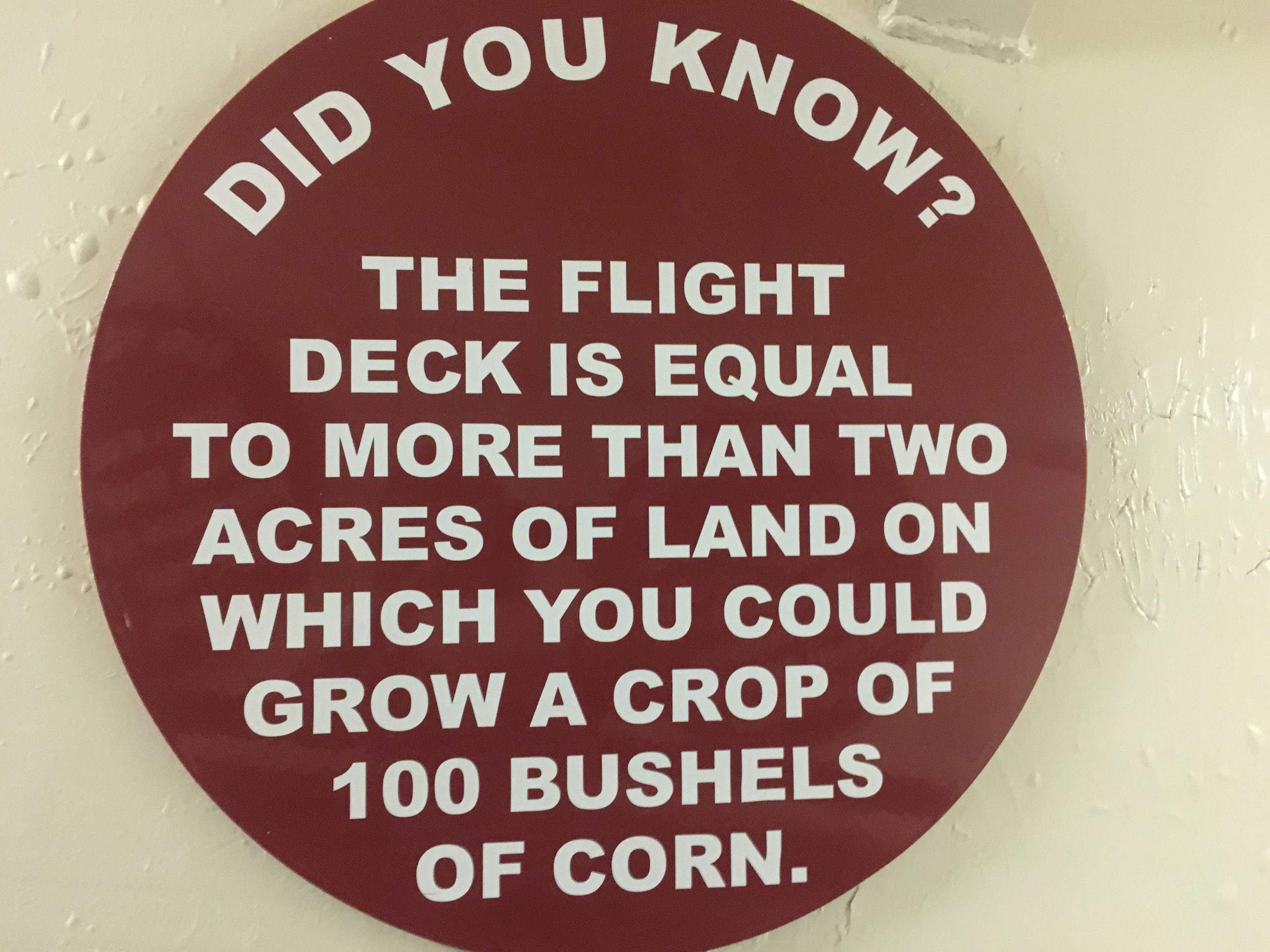
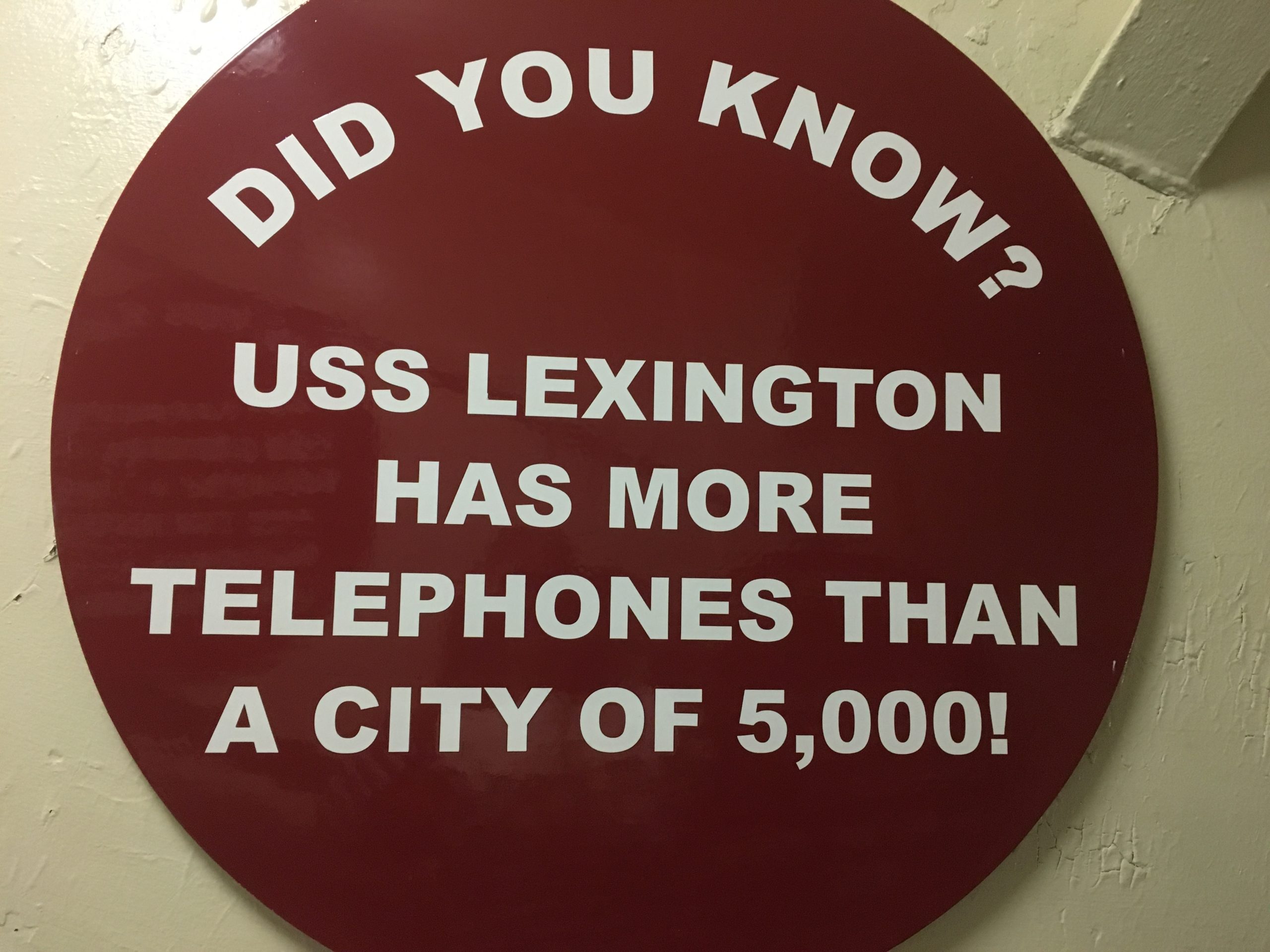
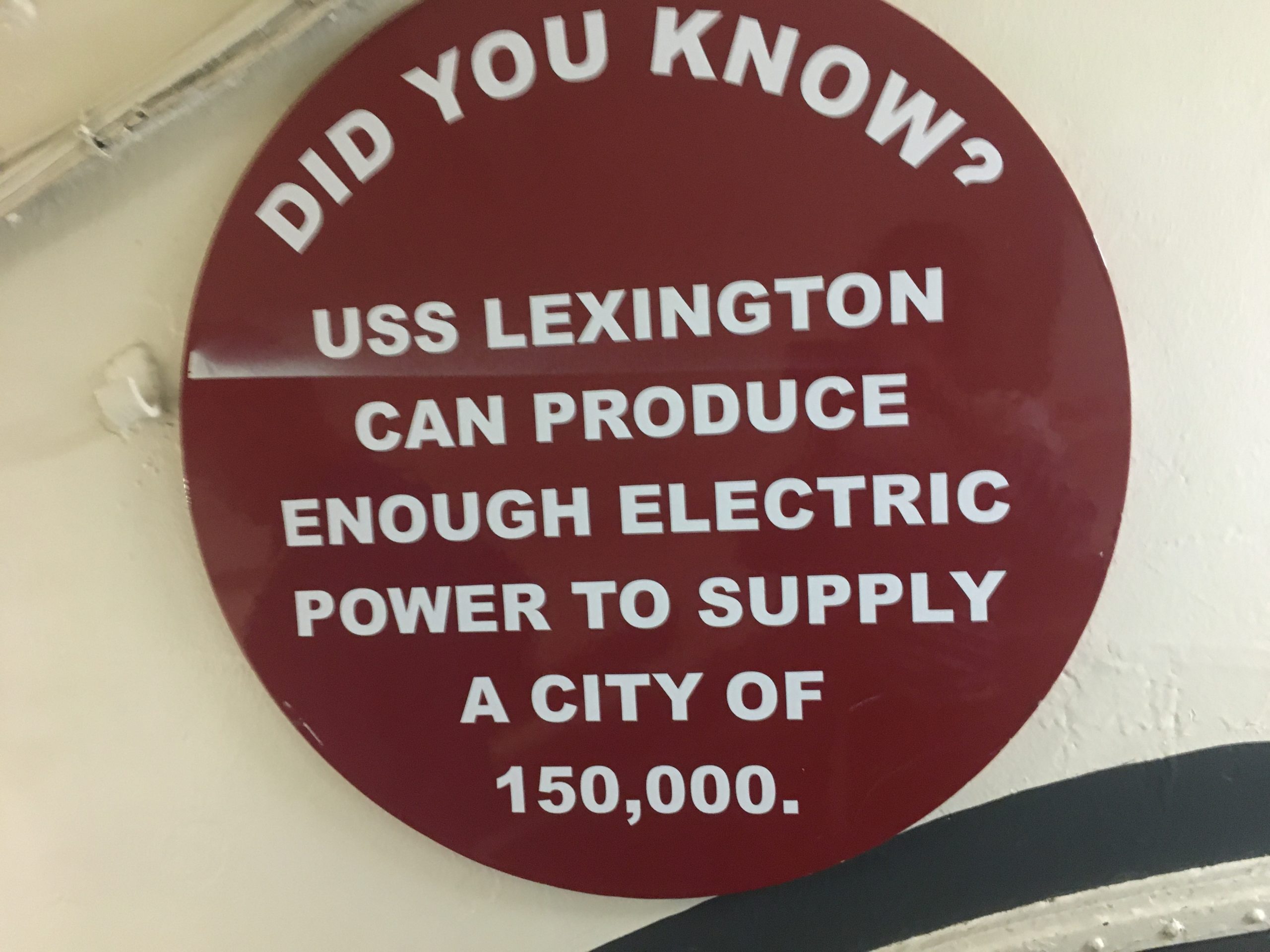
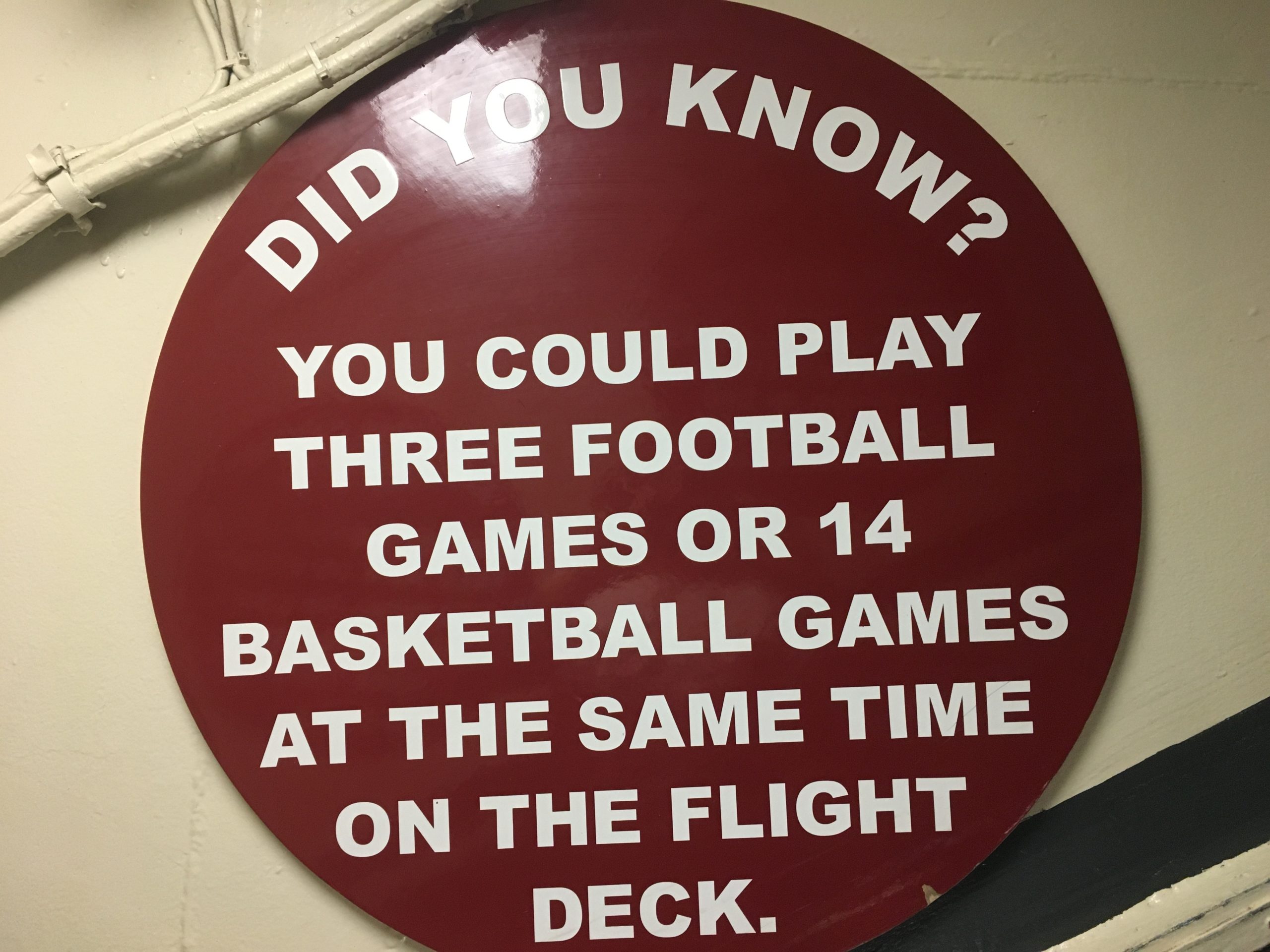
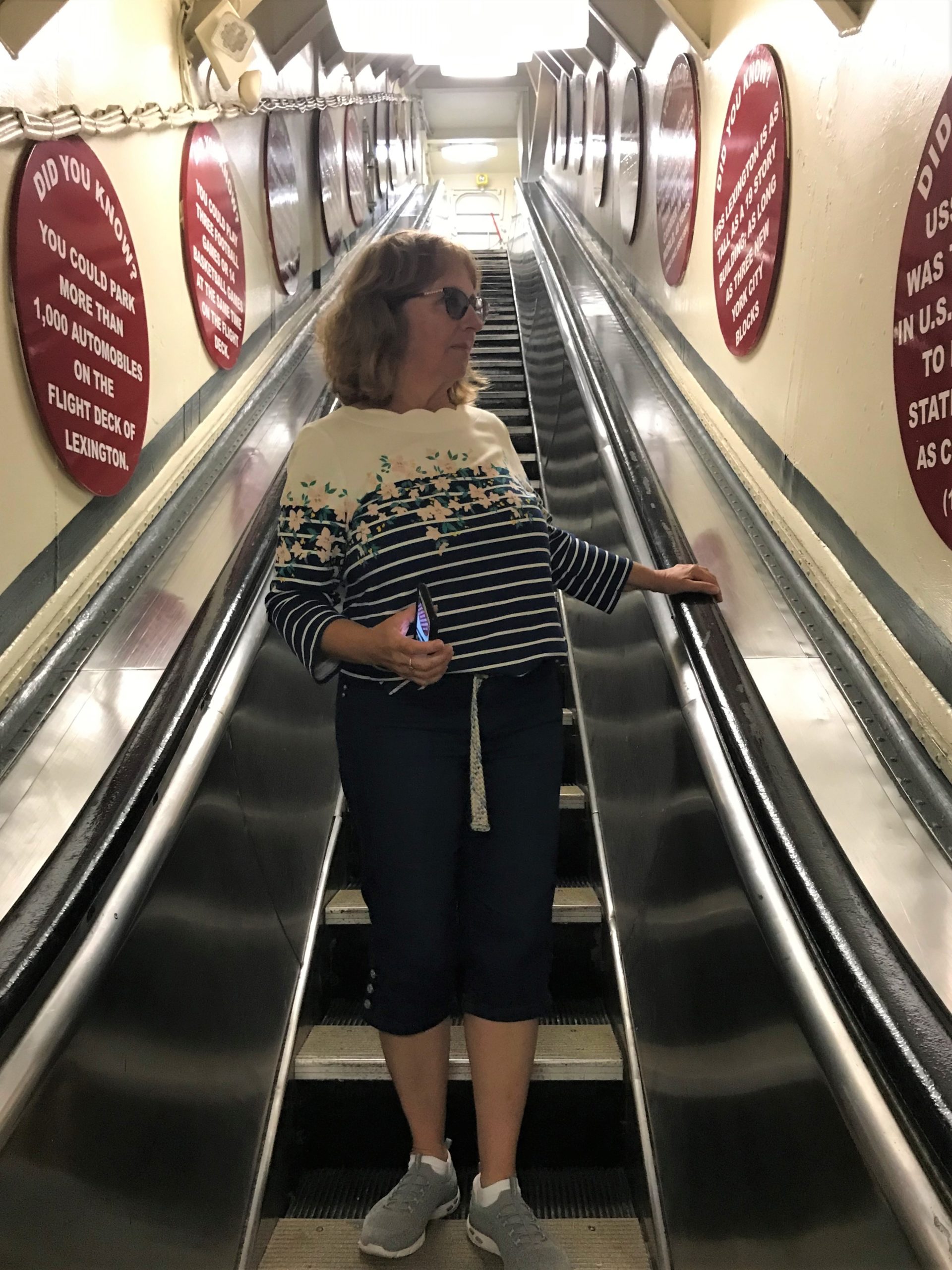
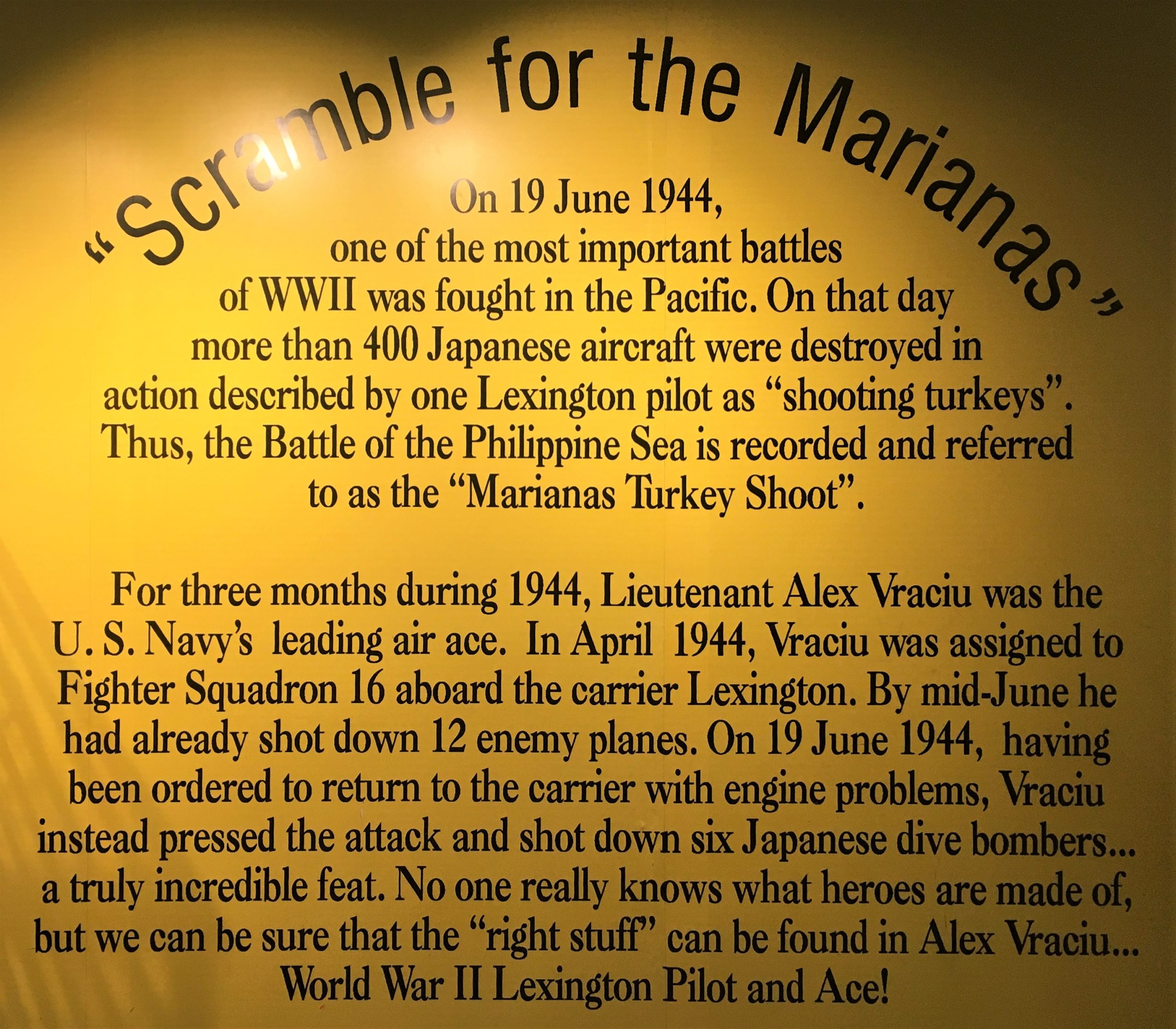
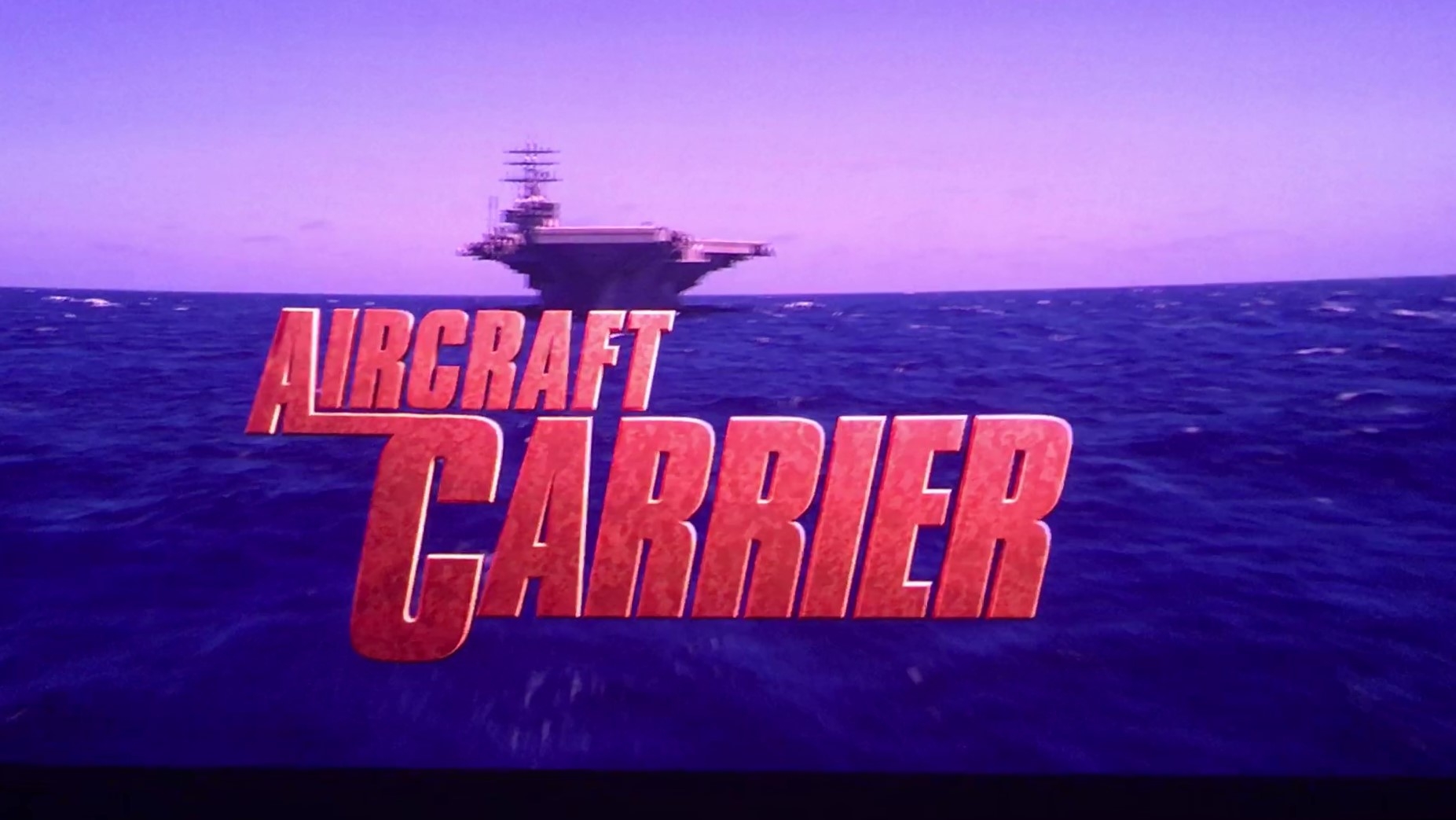

This is Blaine’s. I just ordered a chicken salad sandwich and shared his fries and drink.
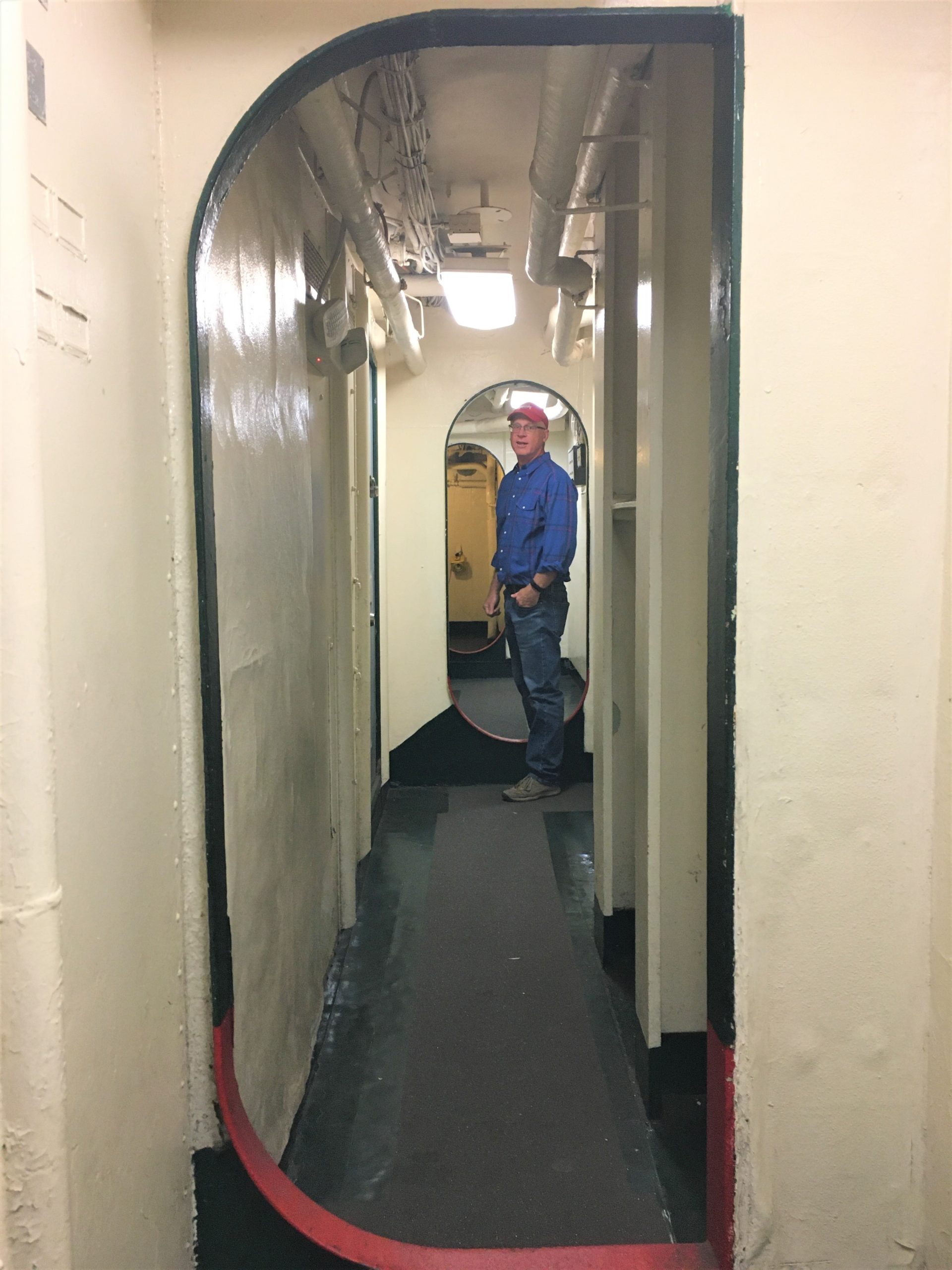

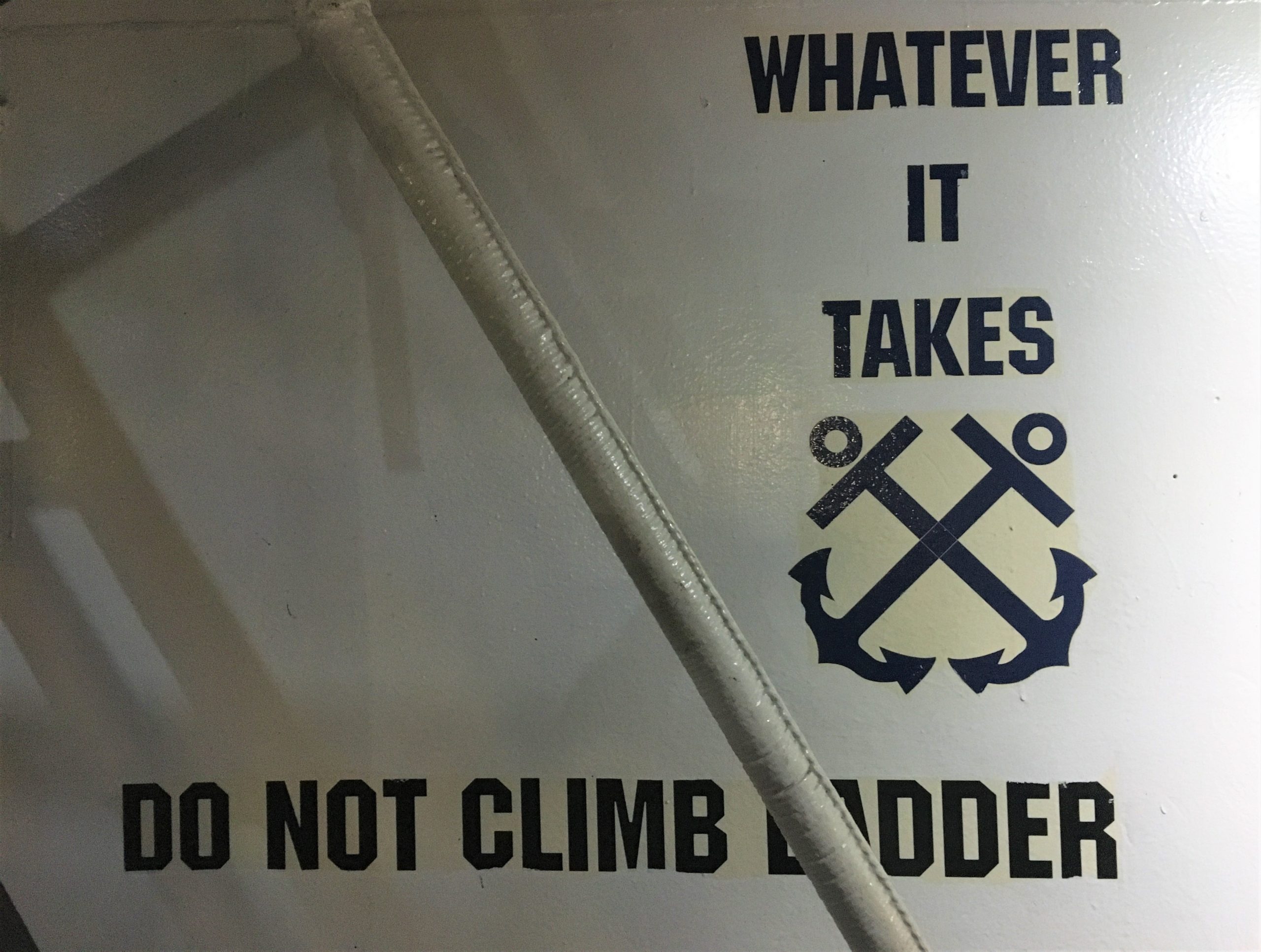
Or is it just because we raised Kyle?
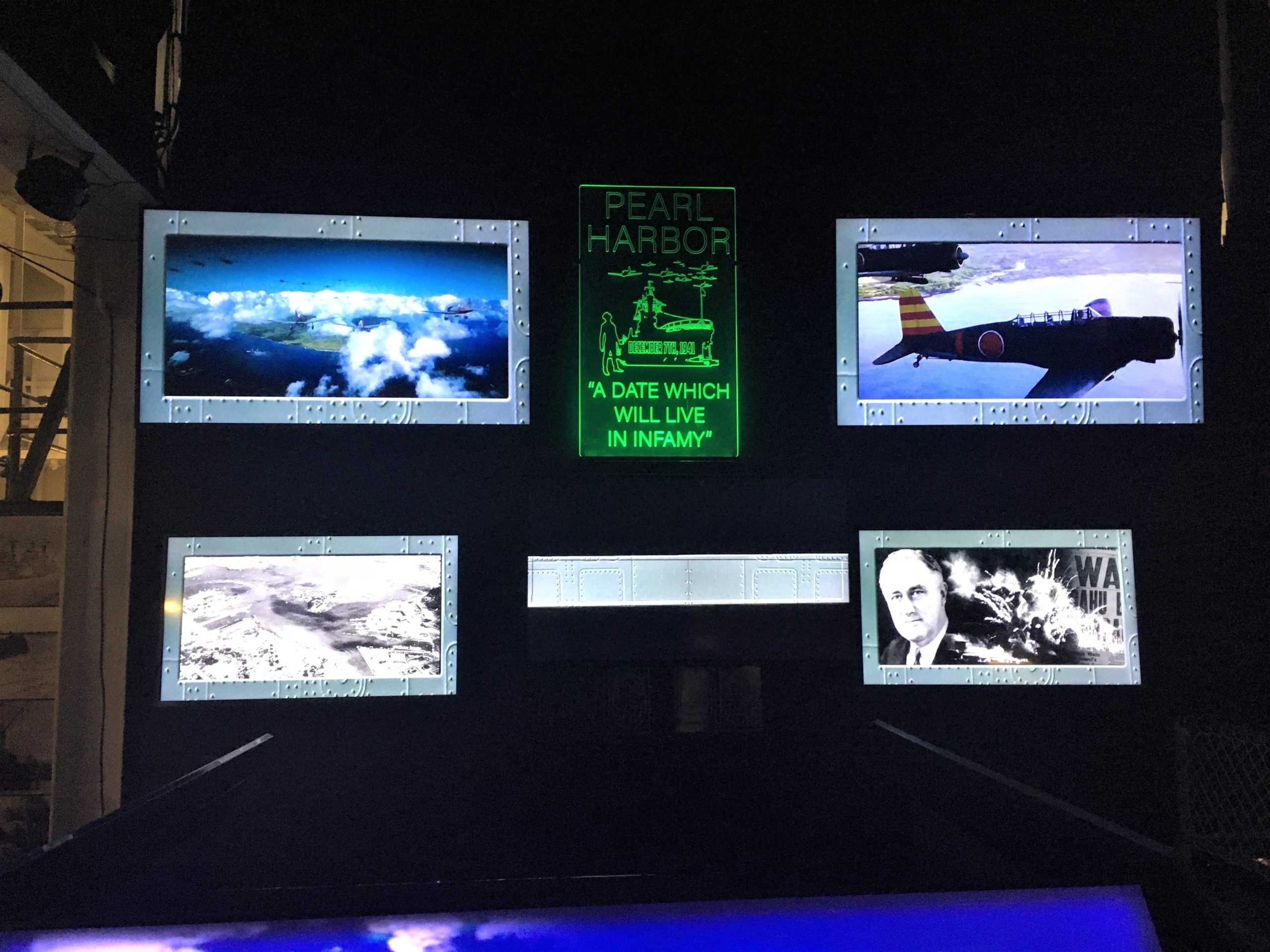
Those pictures changed continually as the story was told – complete with sound effects.
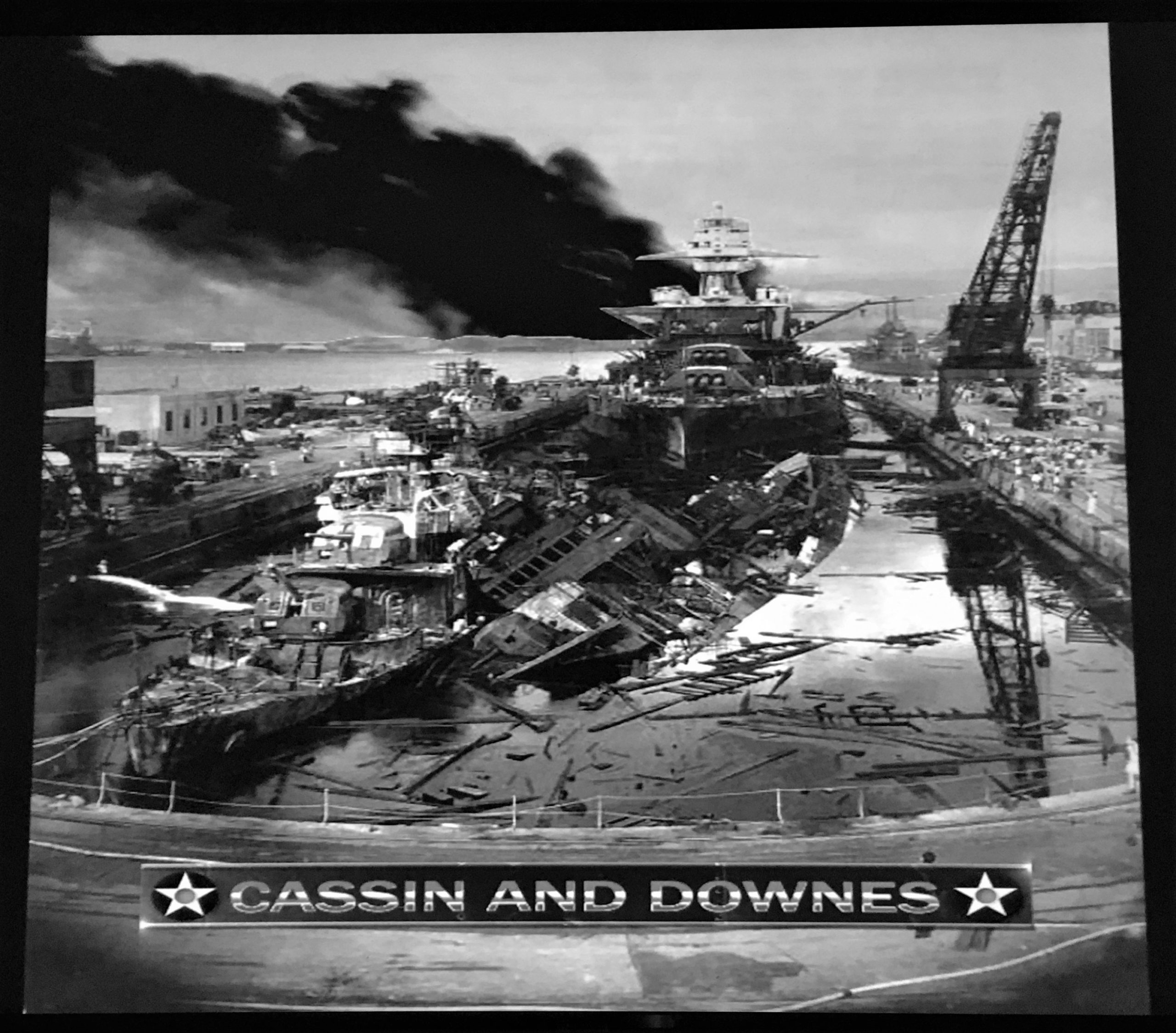
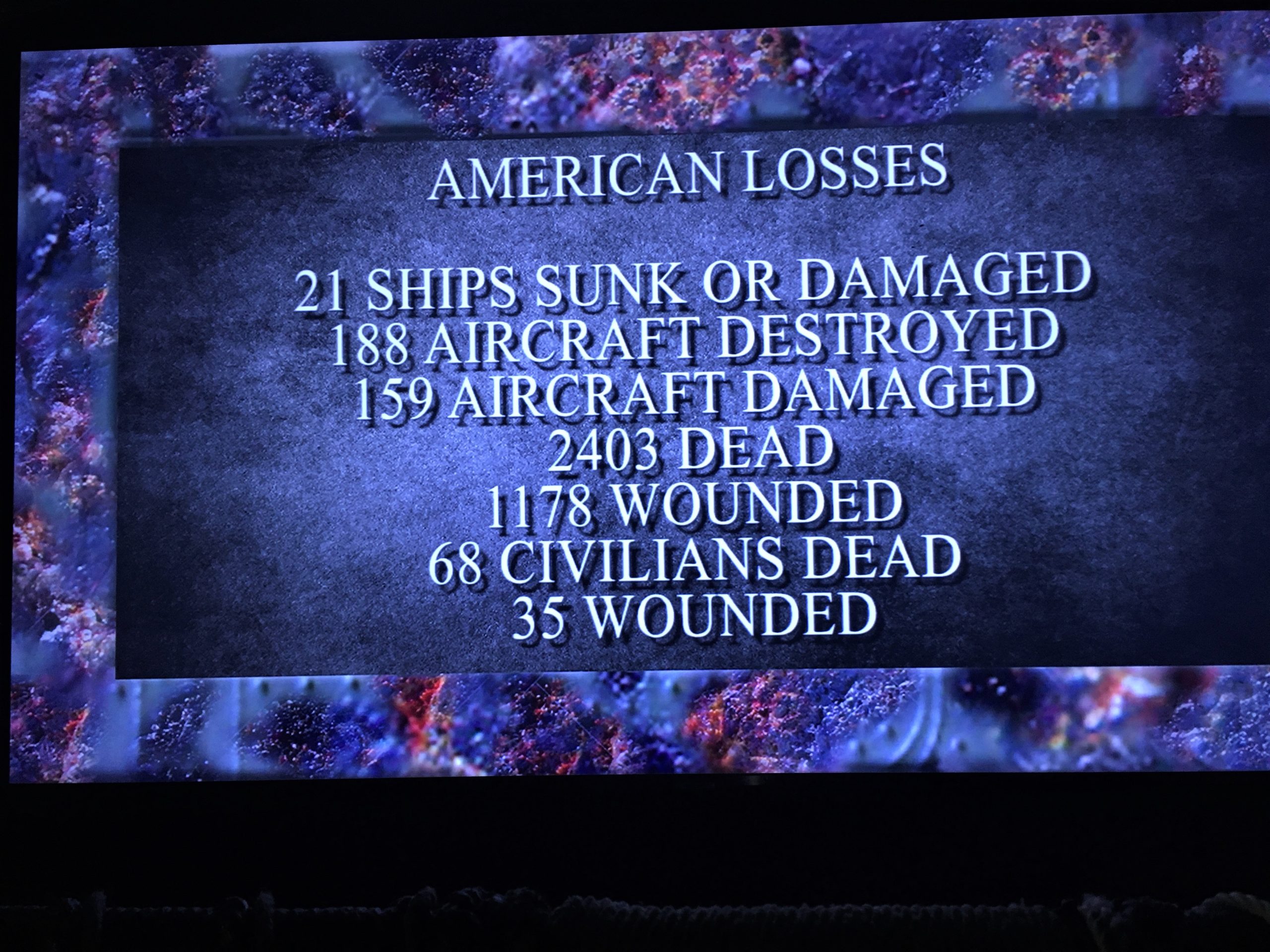
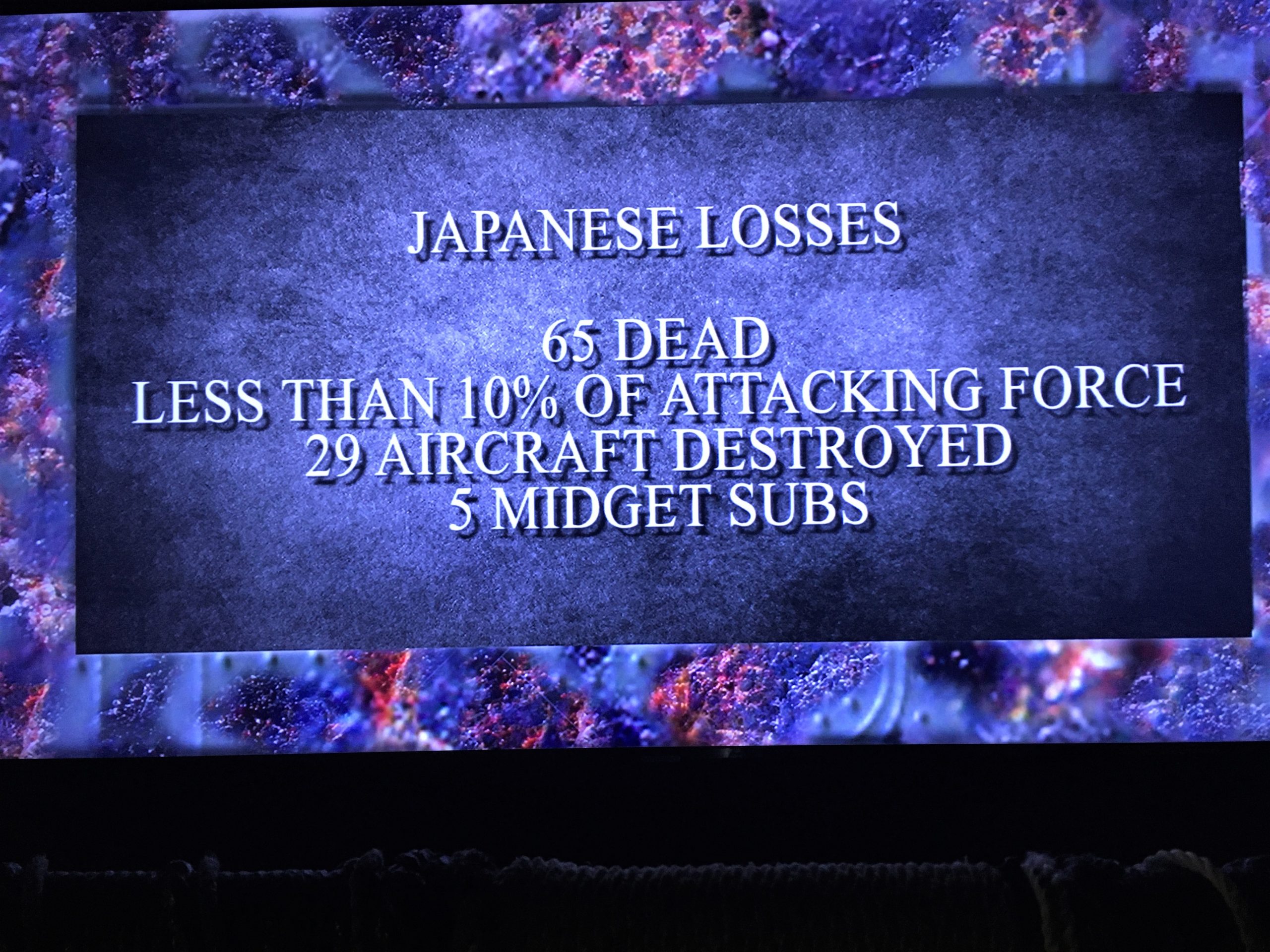
Every once in a while, announcements would come across the ship’s loudspeakers. Some we couldn’t understand for one reason or another – always starting with “Now hear this” and ending with “That is all”. As we were viewing their Pearl Harbor exhibit, there was one that mentioned something going on up on the flight deck, so we headed up. It wasn’t as easy as it sounds. For one, it’s a huge ship. For another, there are all kinds of passageways (up and down those steep steps I mentioned) – most blocked off so you can only go one way to keep you from getting lost or trying to squeeze passed people going the opposite direction. We made it, just in the nick of time!
And boy were we glad! We don’t know who the volunteer guy was who shared history with us in such a commanding way, but his presence brooked no argument or defiance. You paid attention and you did what he said, when he said it. Without question. He used his audience to portray various people involved in the story he told from WWII, to keep us engaged for about thirty minutes.
Wanna guess who his first enlisted volunteer was?
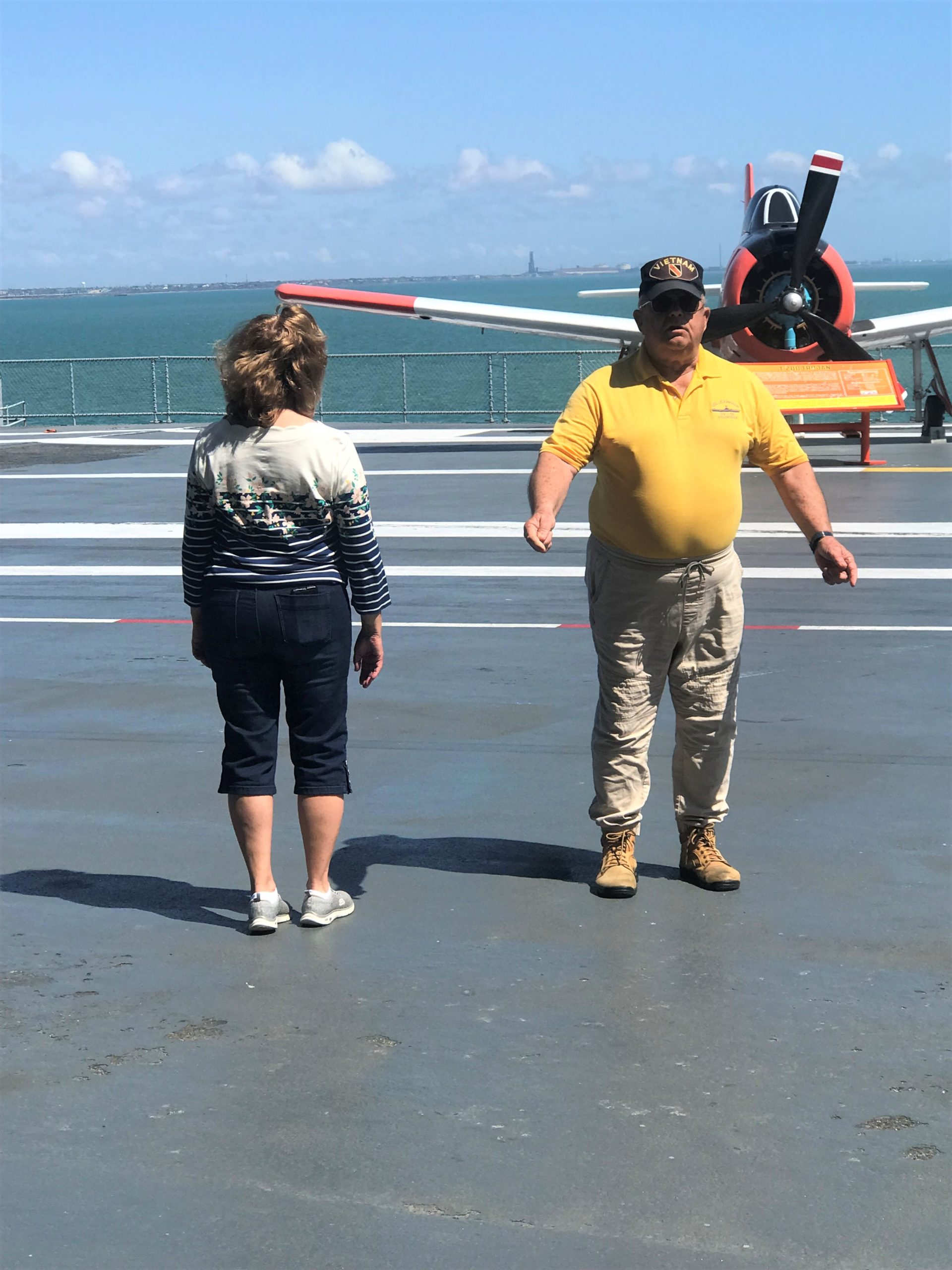
I had fun doing my Vanna White thing! 😊 Though at times, there were such long pauses between my ordered movements that I wondered if he’d forgotten about me.
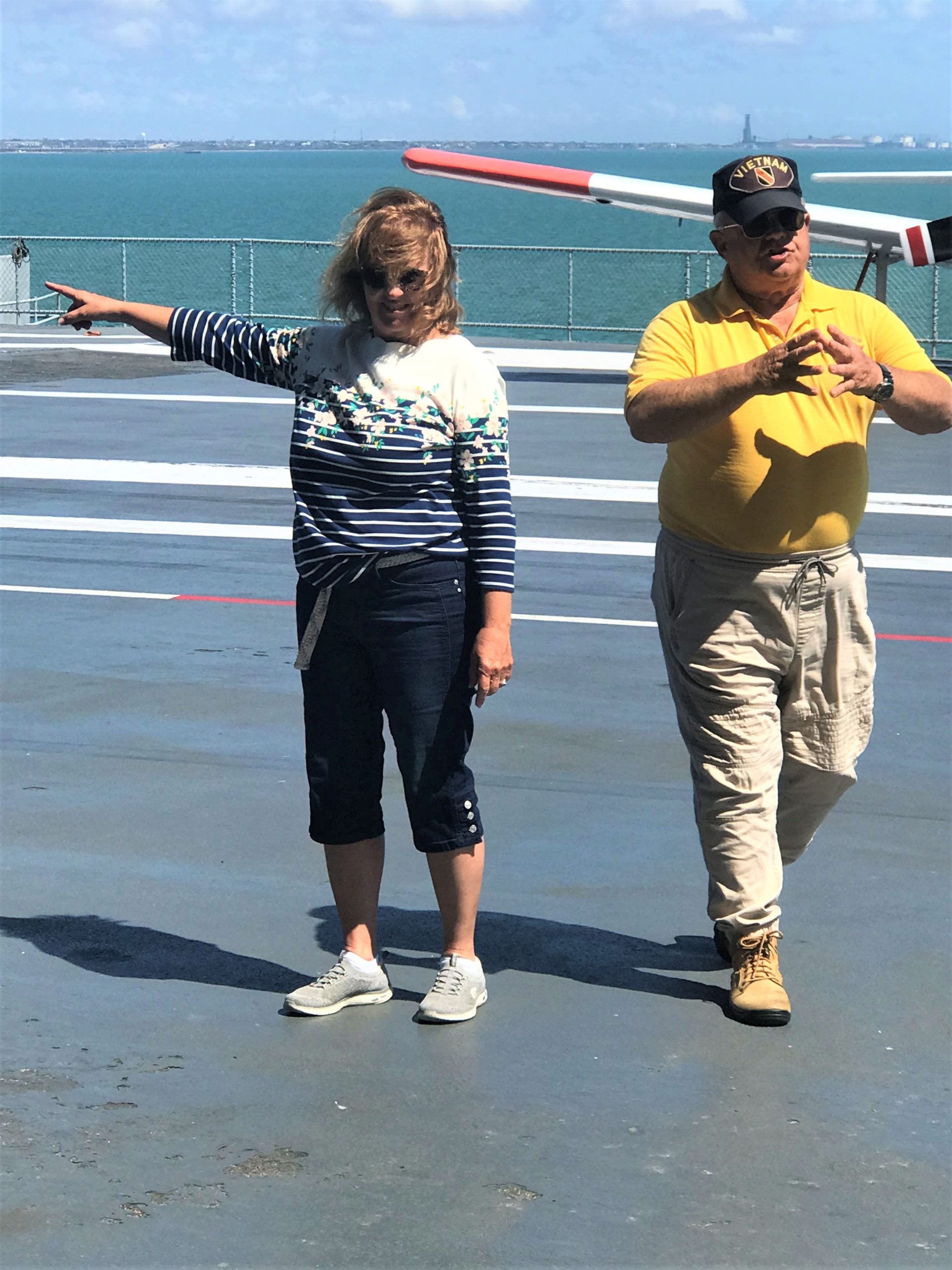
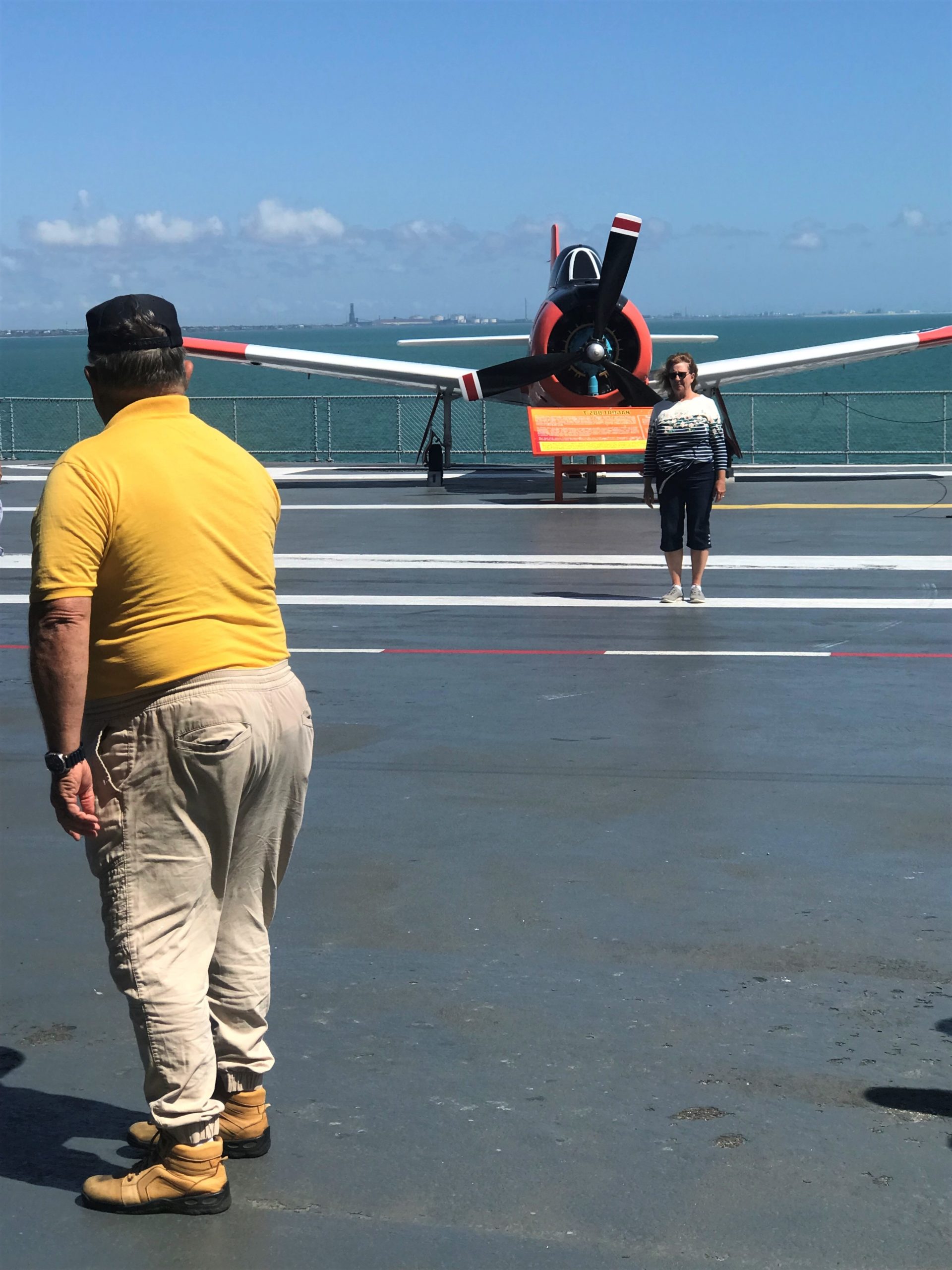
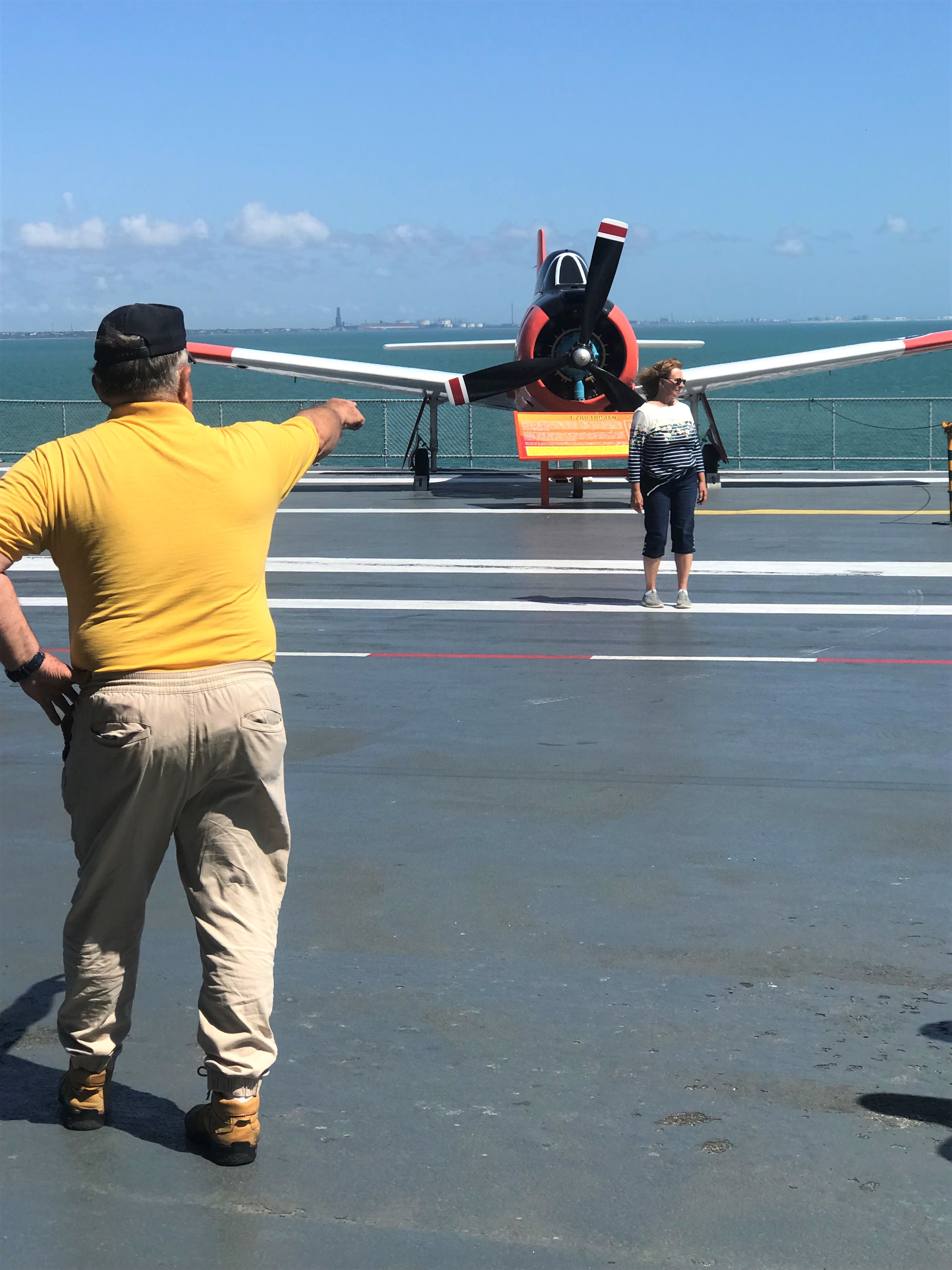
Of course, I didn’t dare say it out loud!”
Afterwards, we snaked down through the ship to pick up where we’d left off.
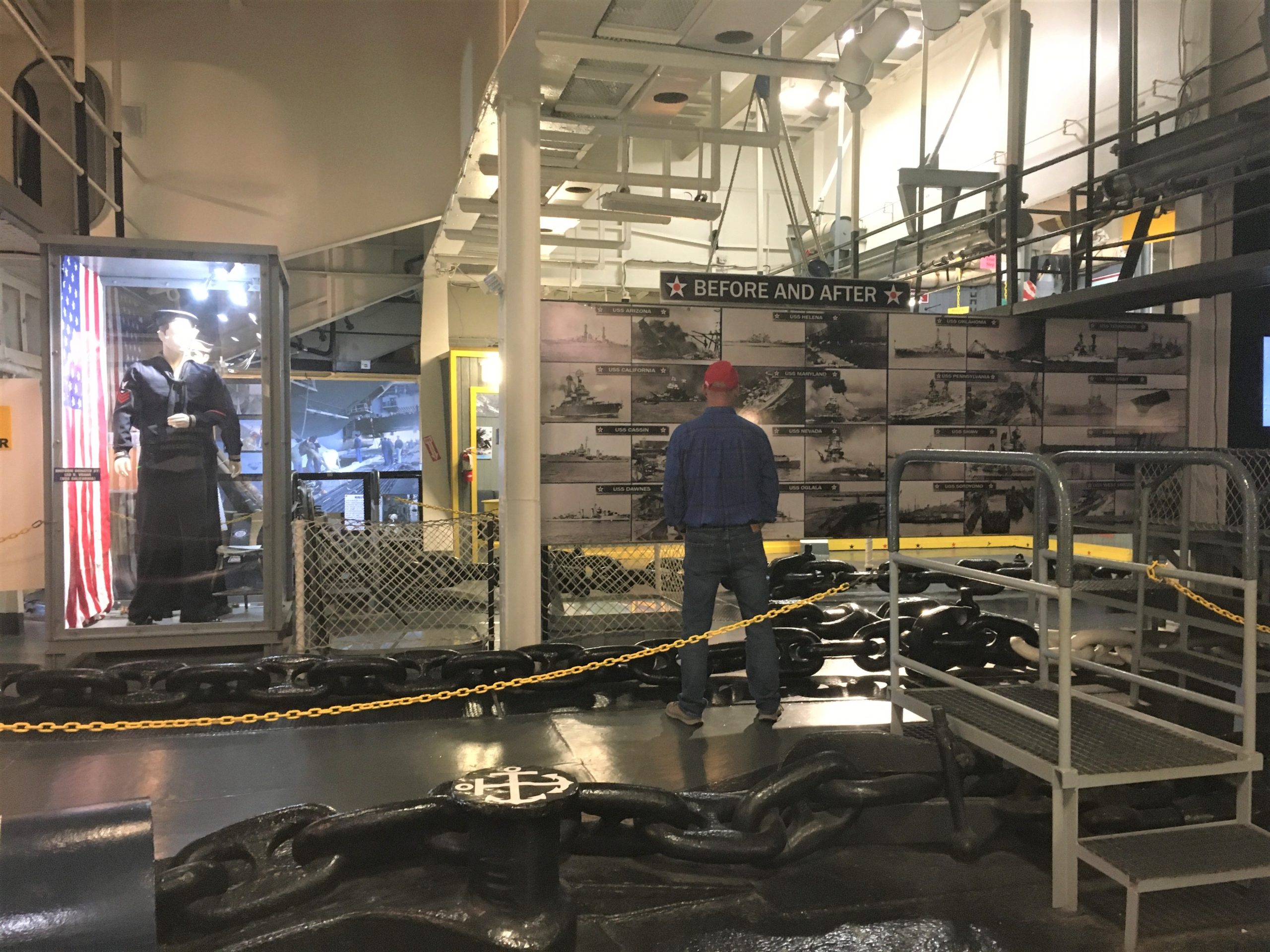
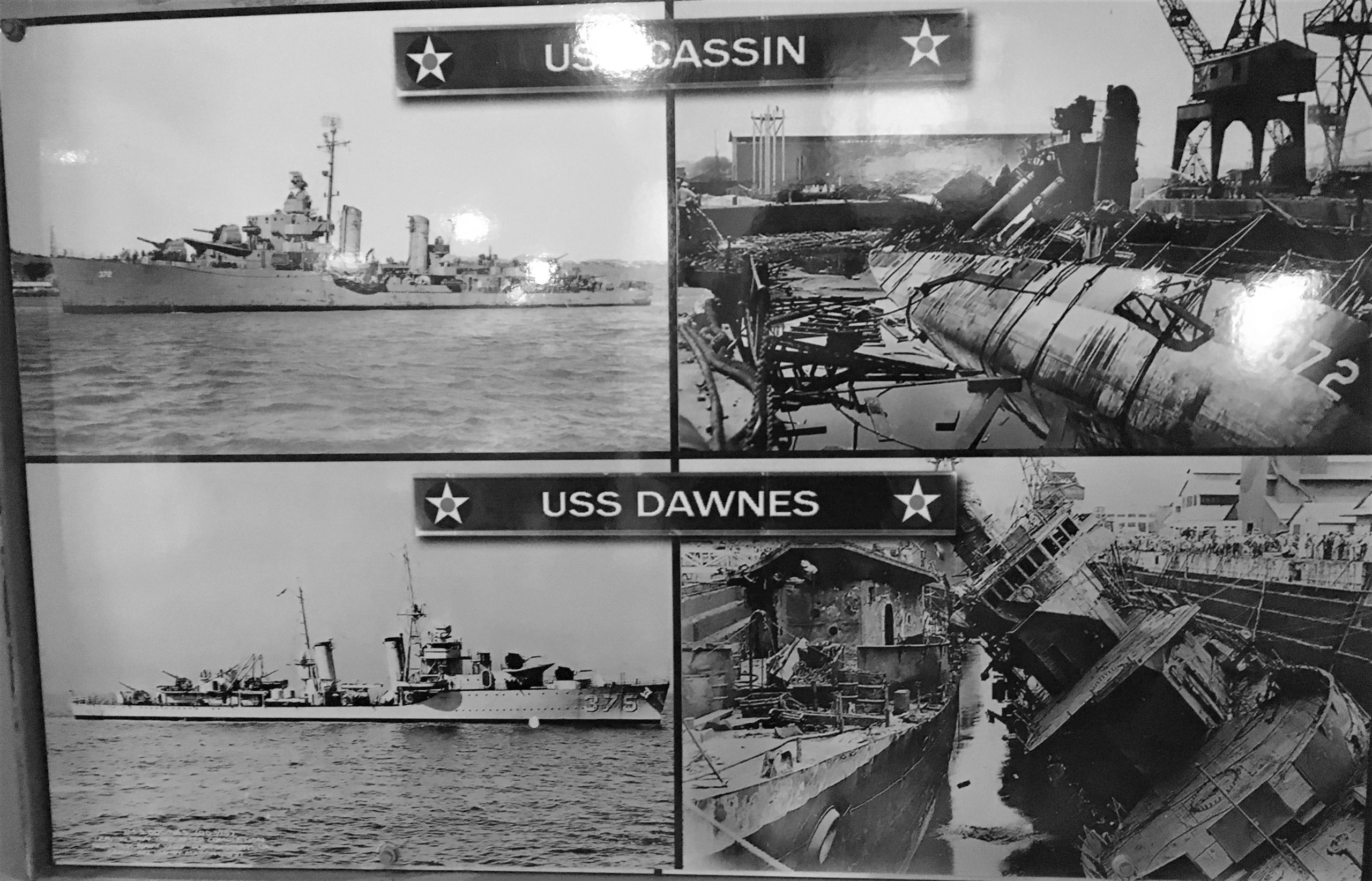
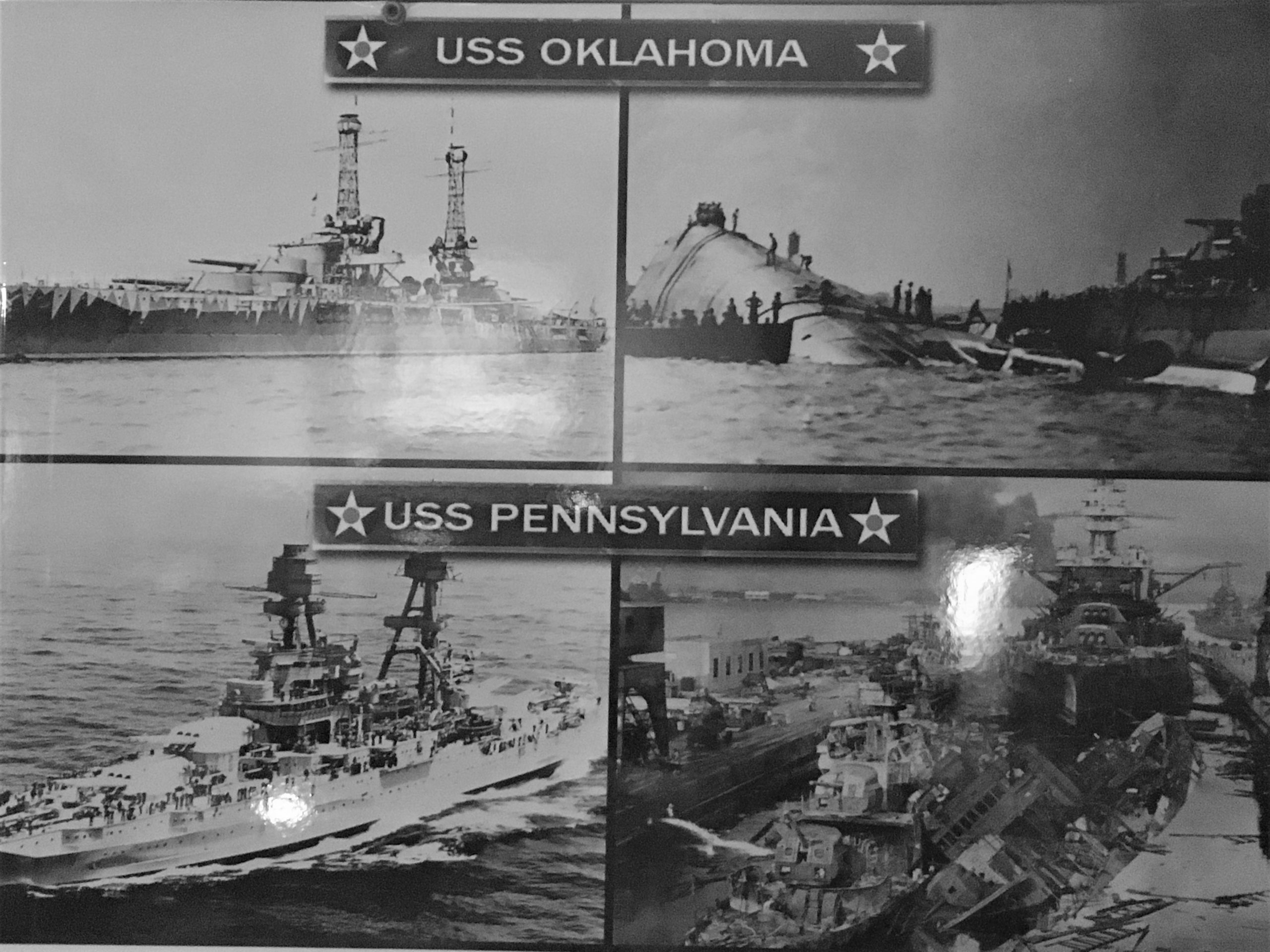
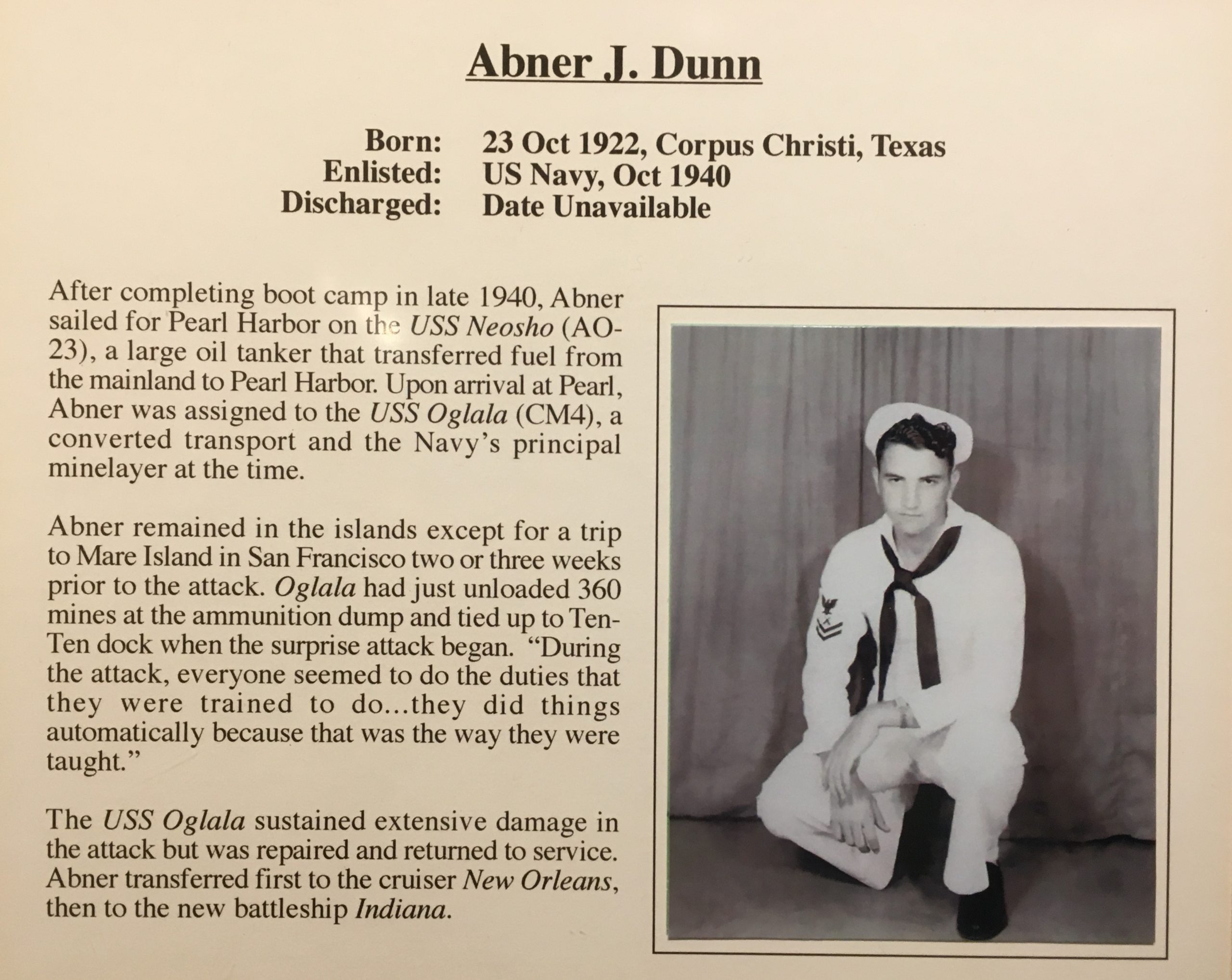
I chose this one to take a picture of because that’s my maiden name.
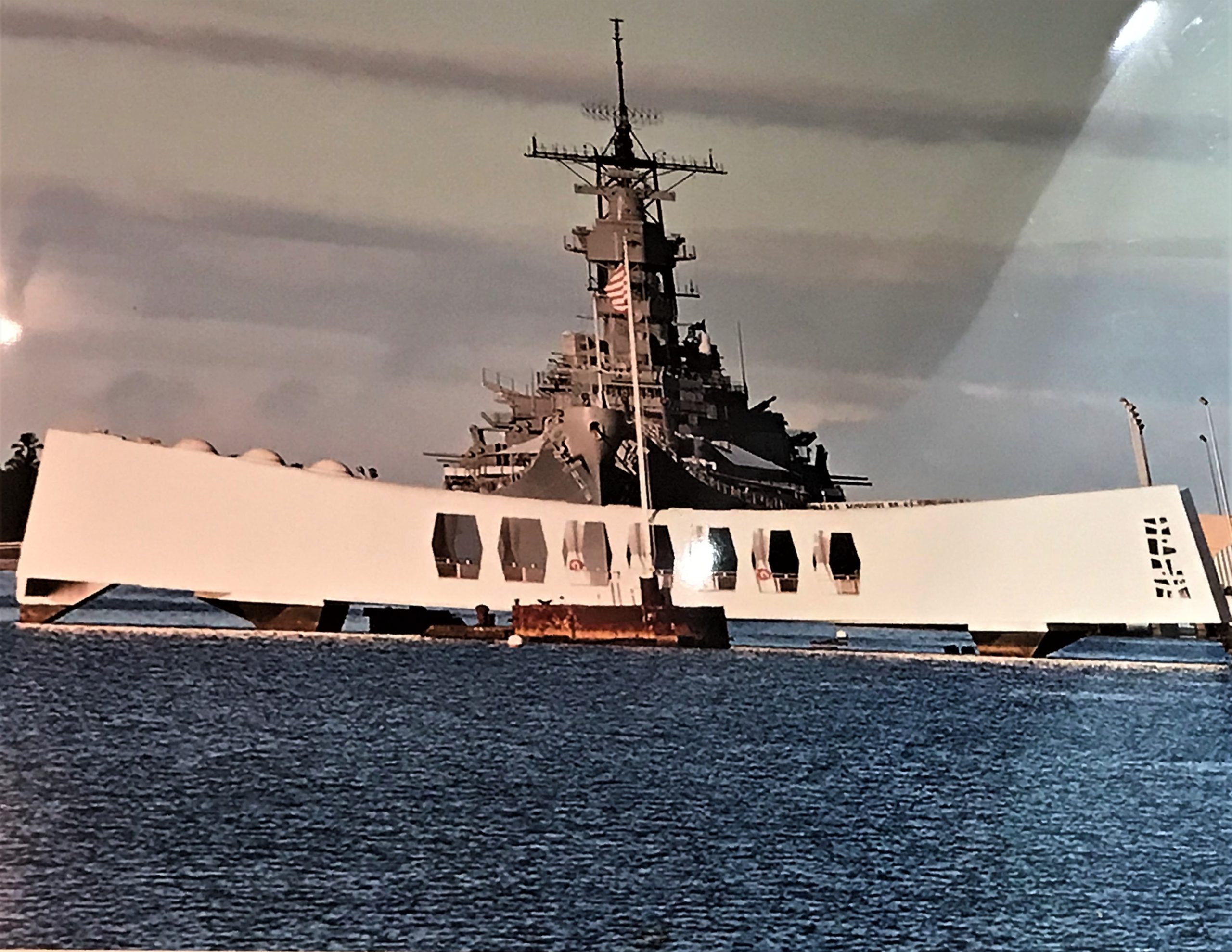
As with many things here, it doesn’t translate well in a photograph.
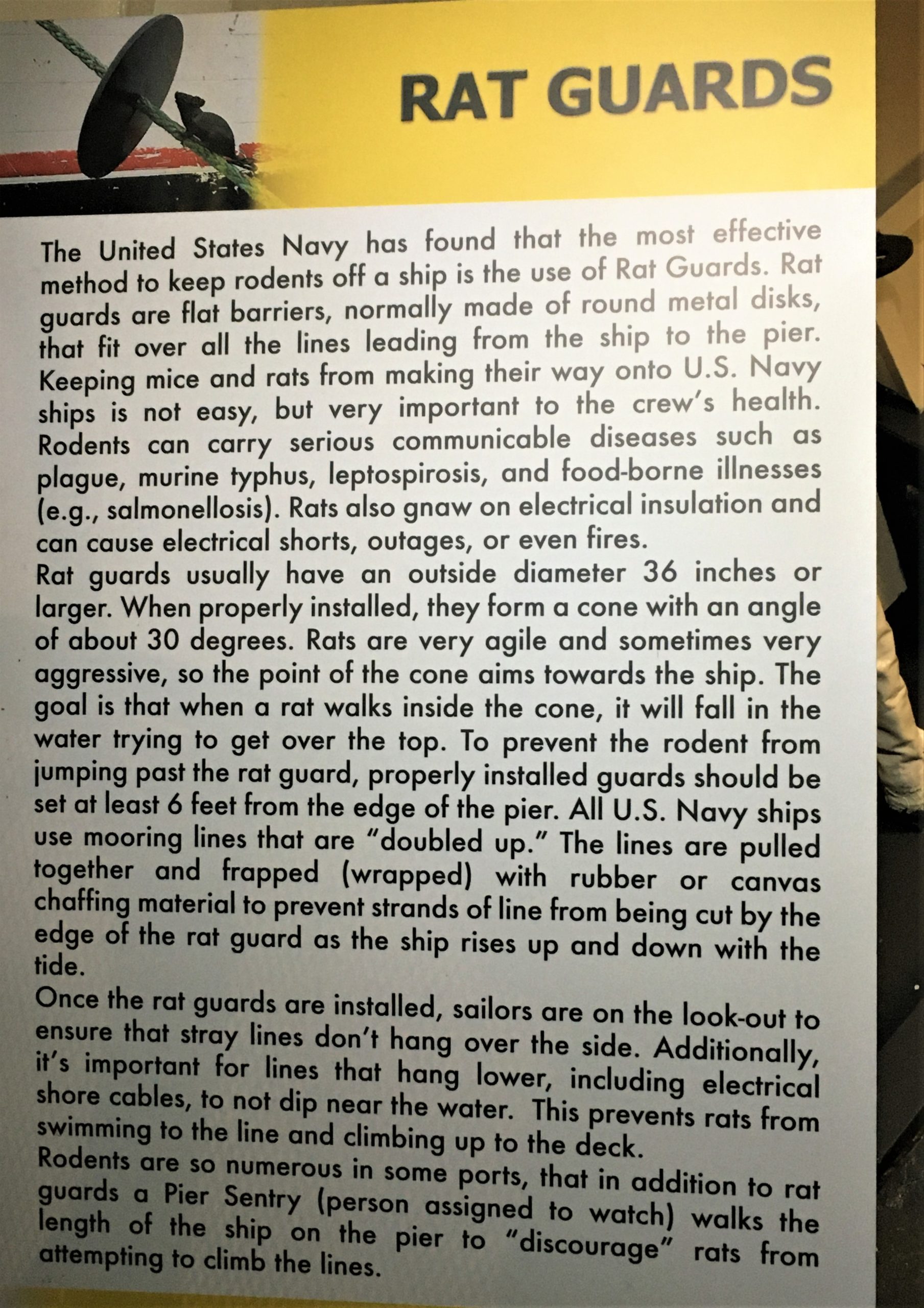

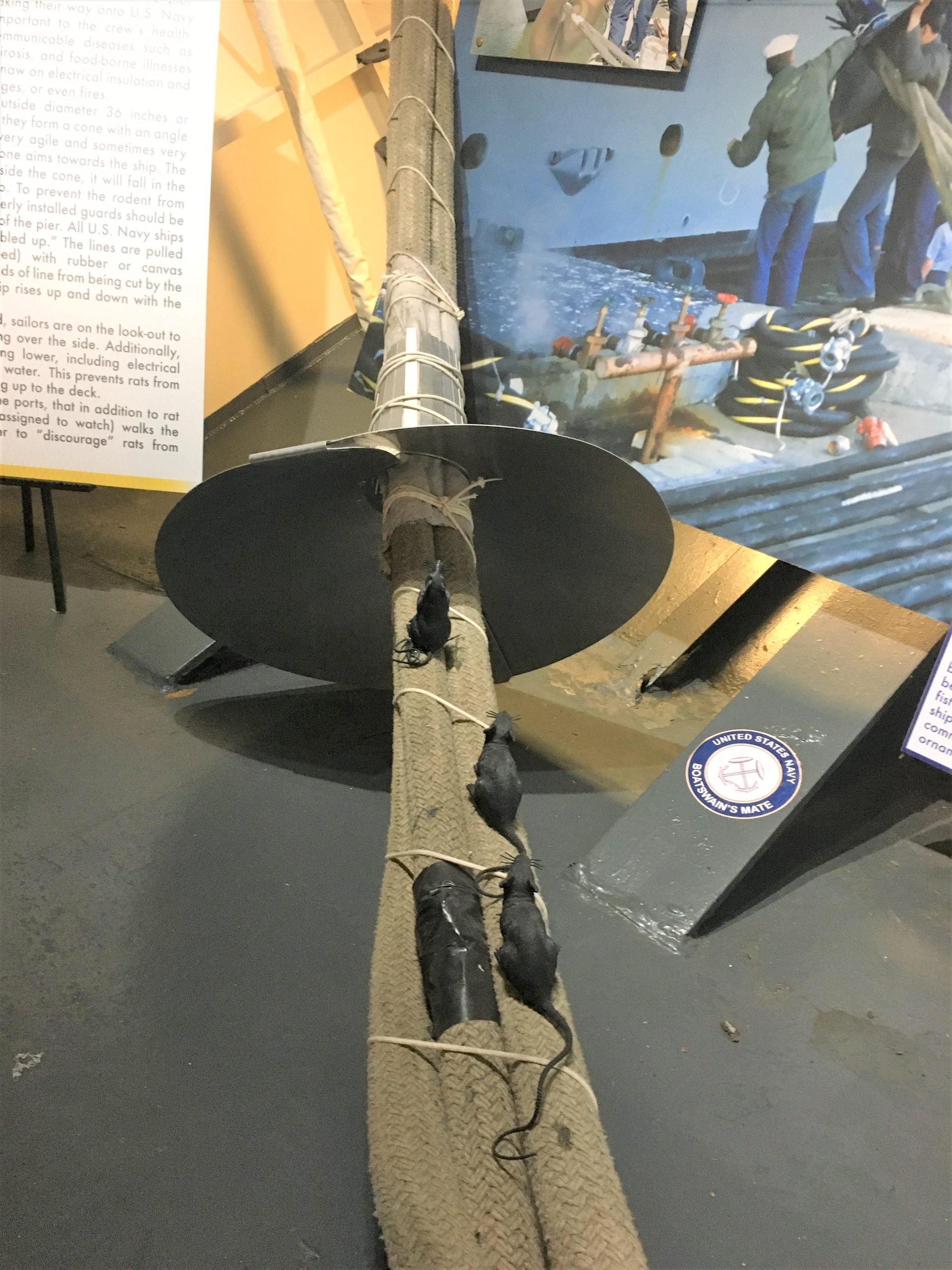
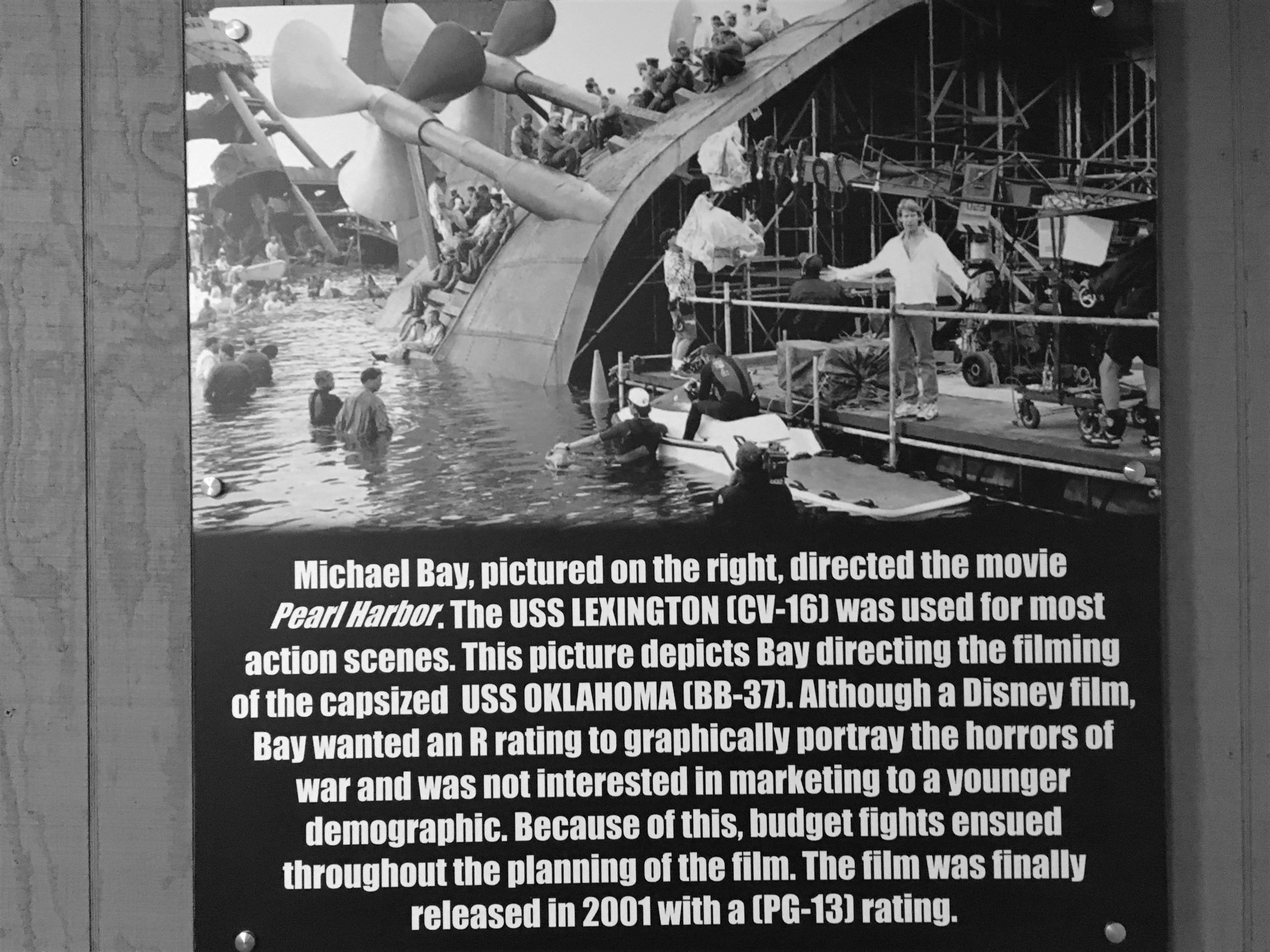
some of which was done here.
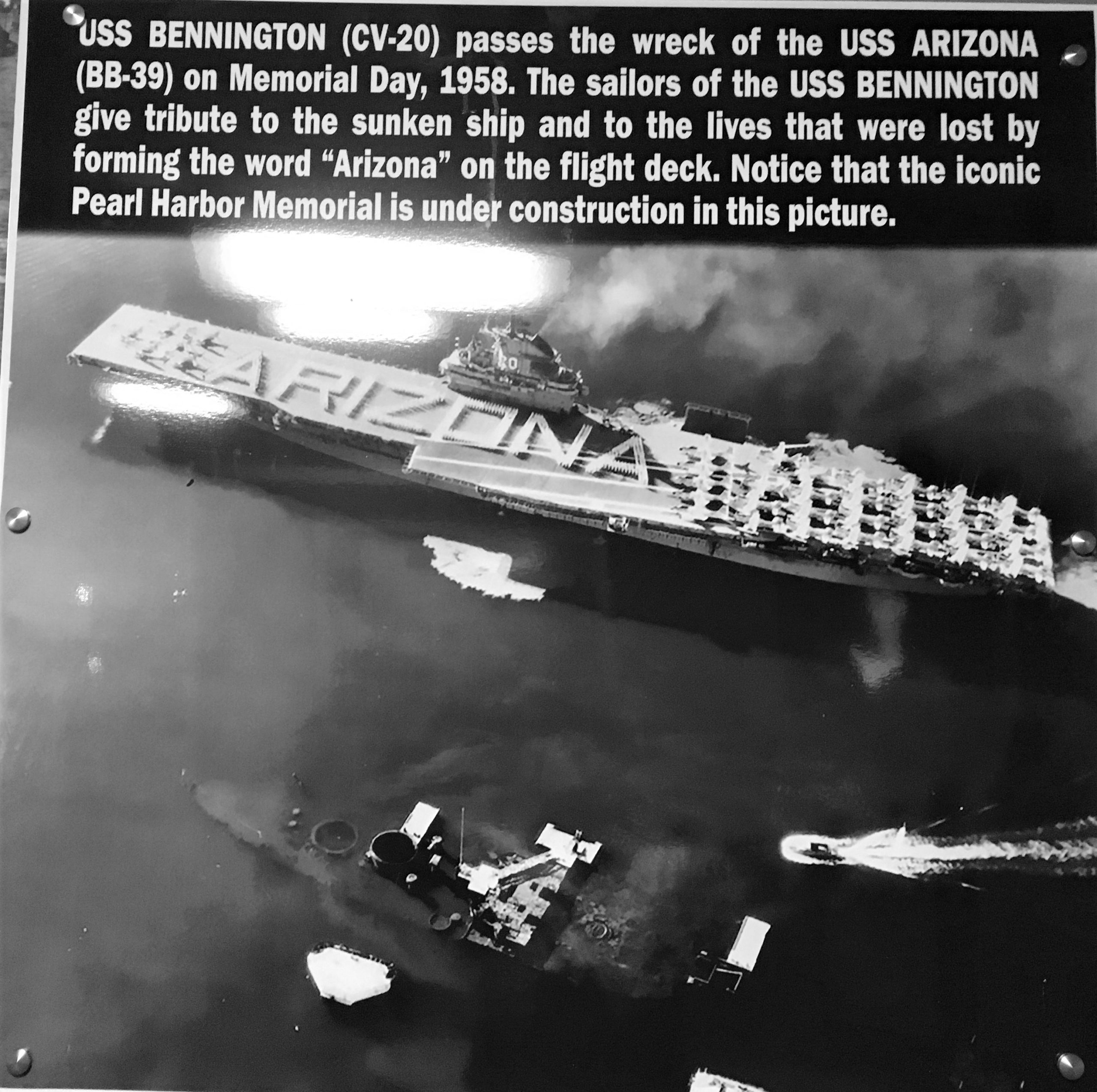
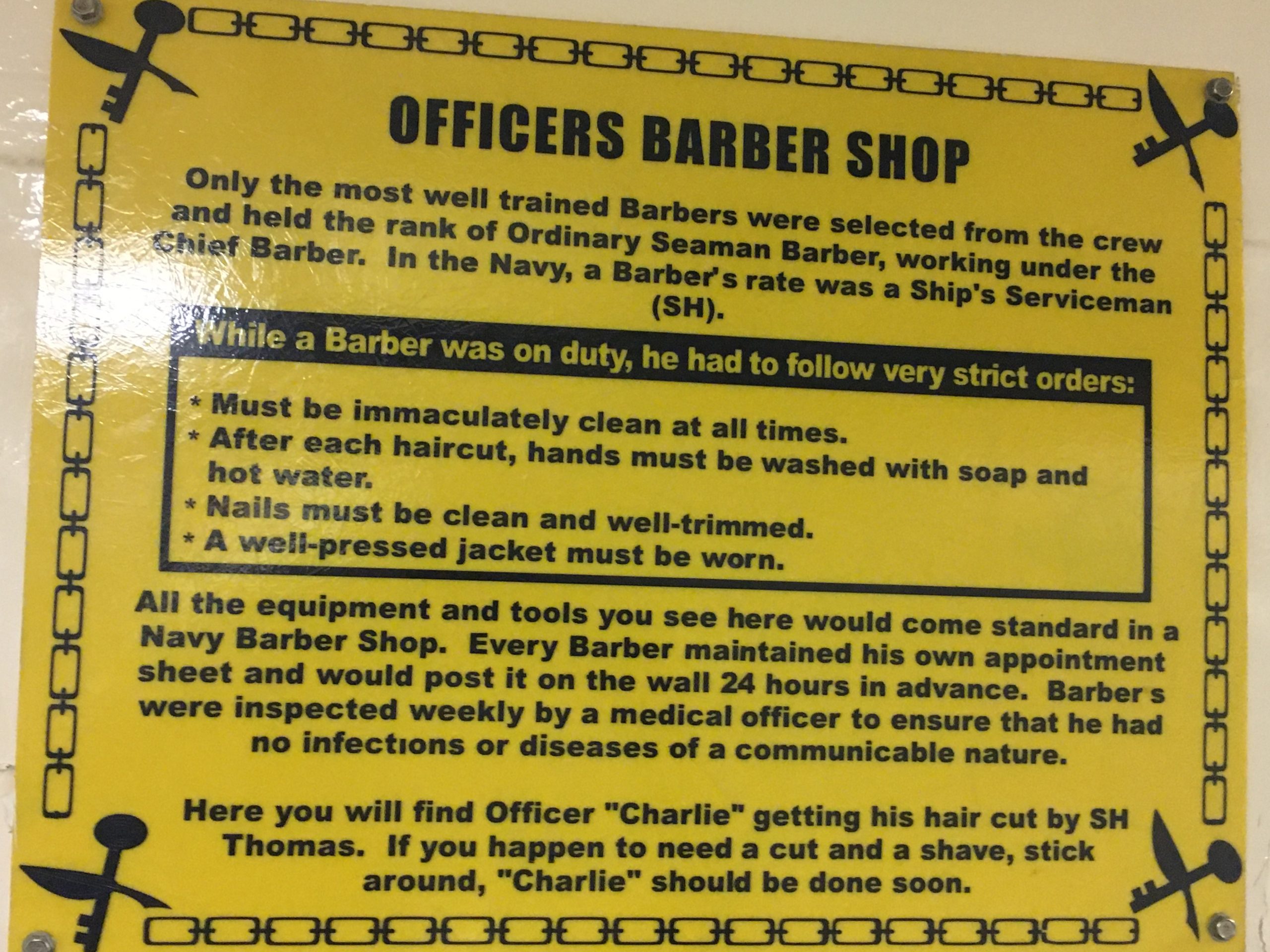
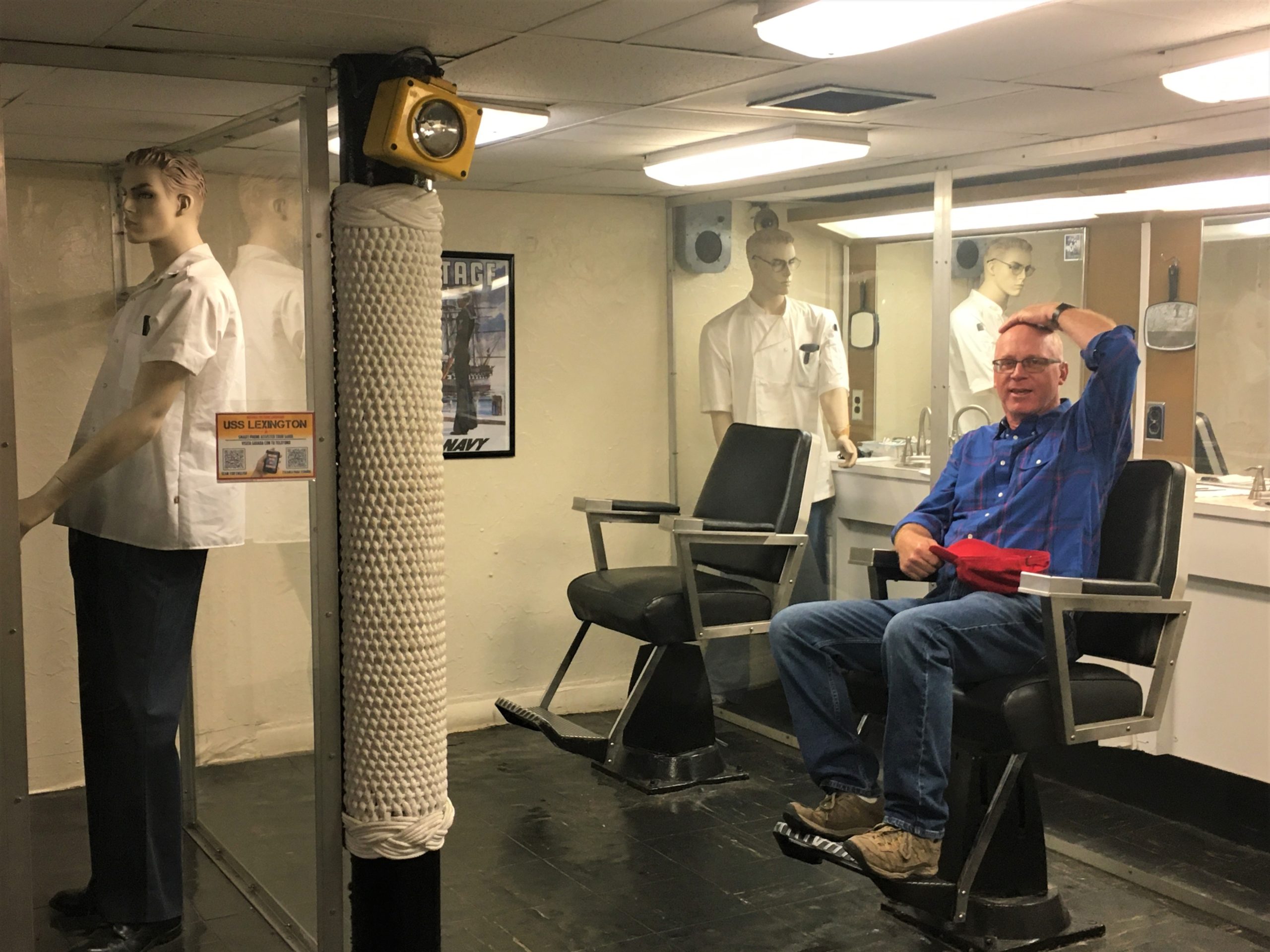
“Whadaya mean there’s already only a little??”
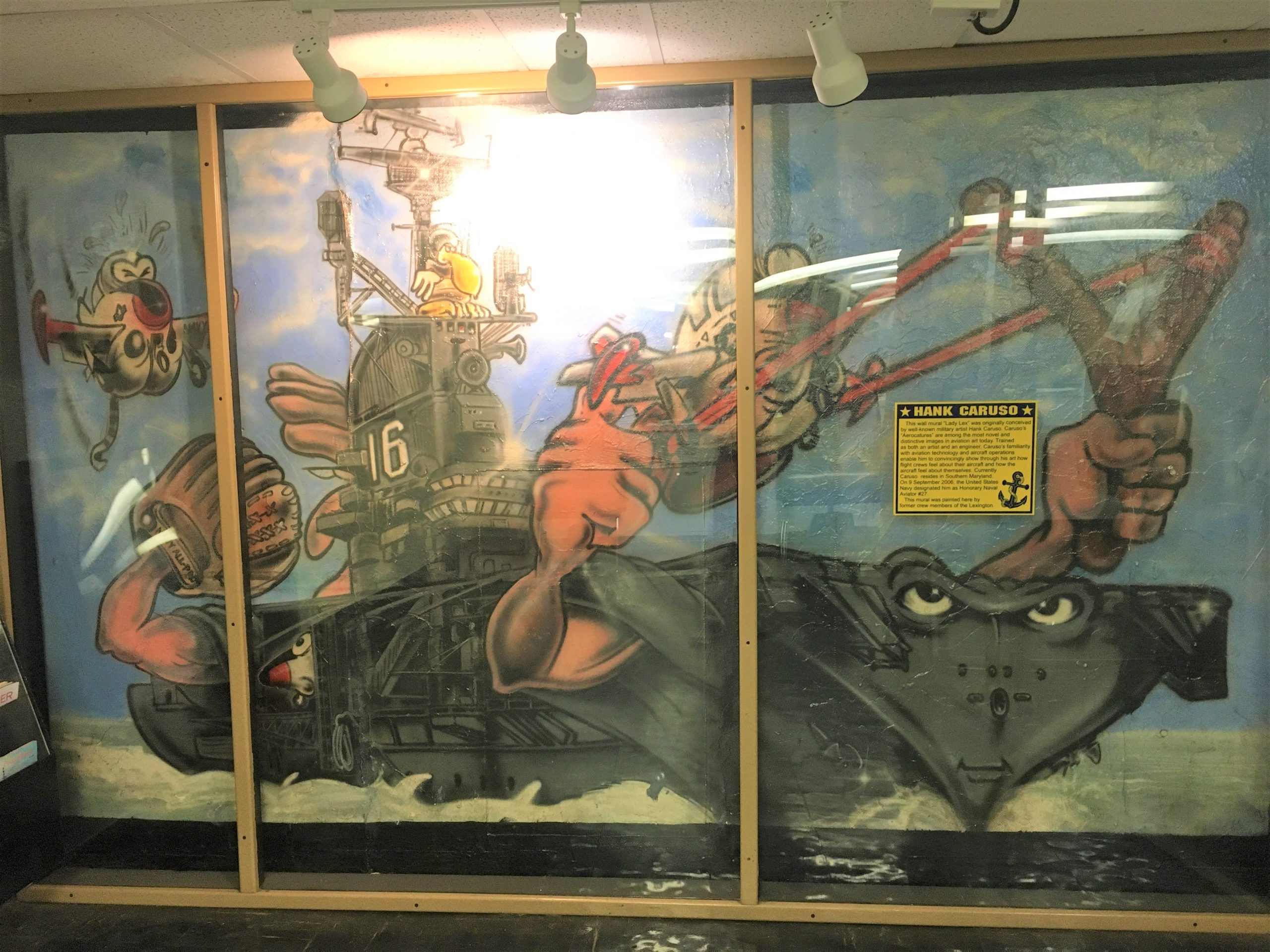
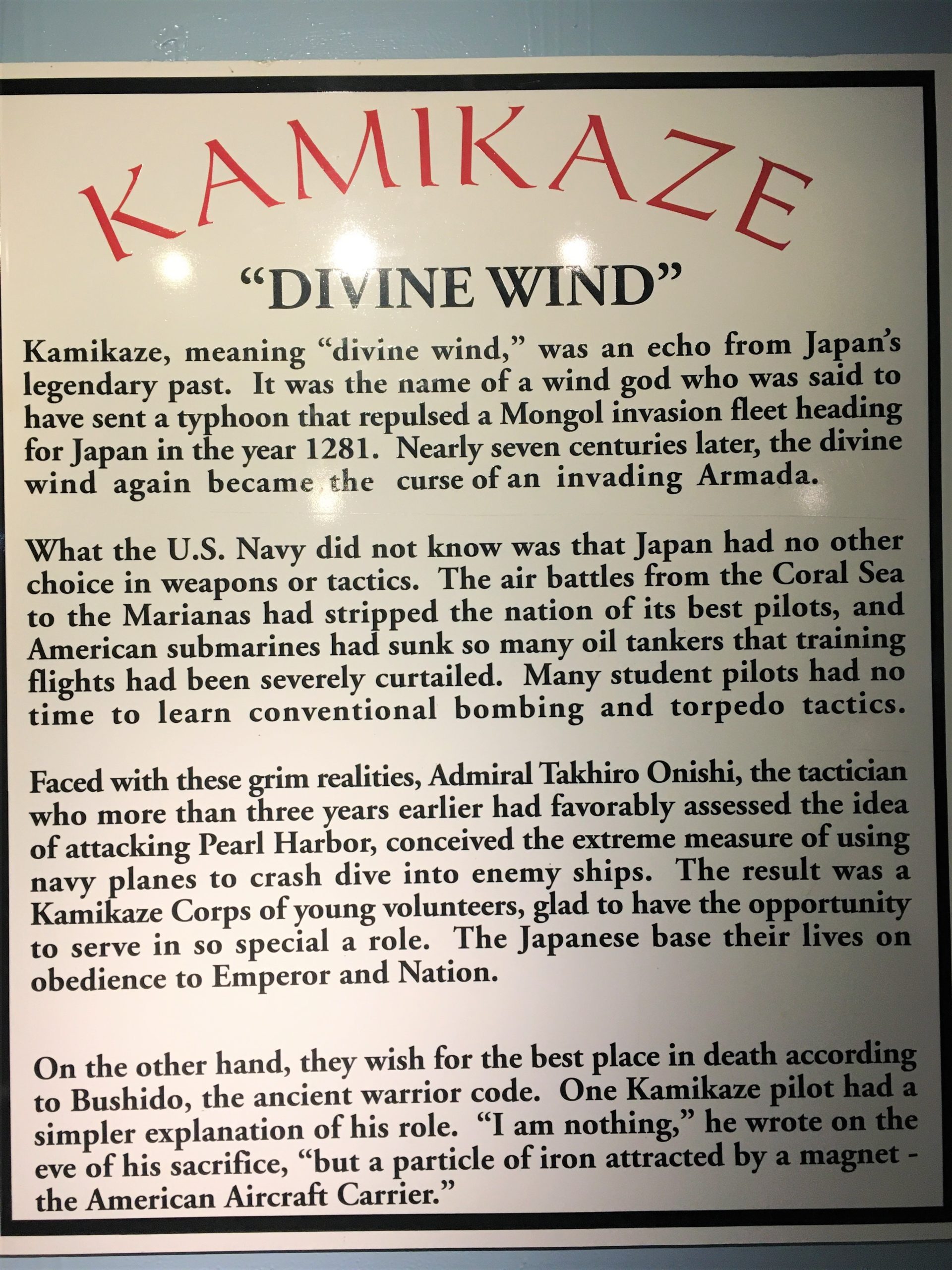
It was getting close to closing time.
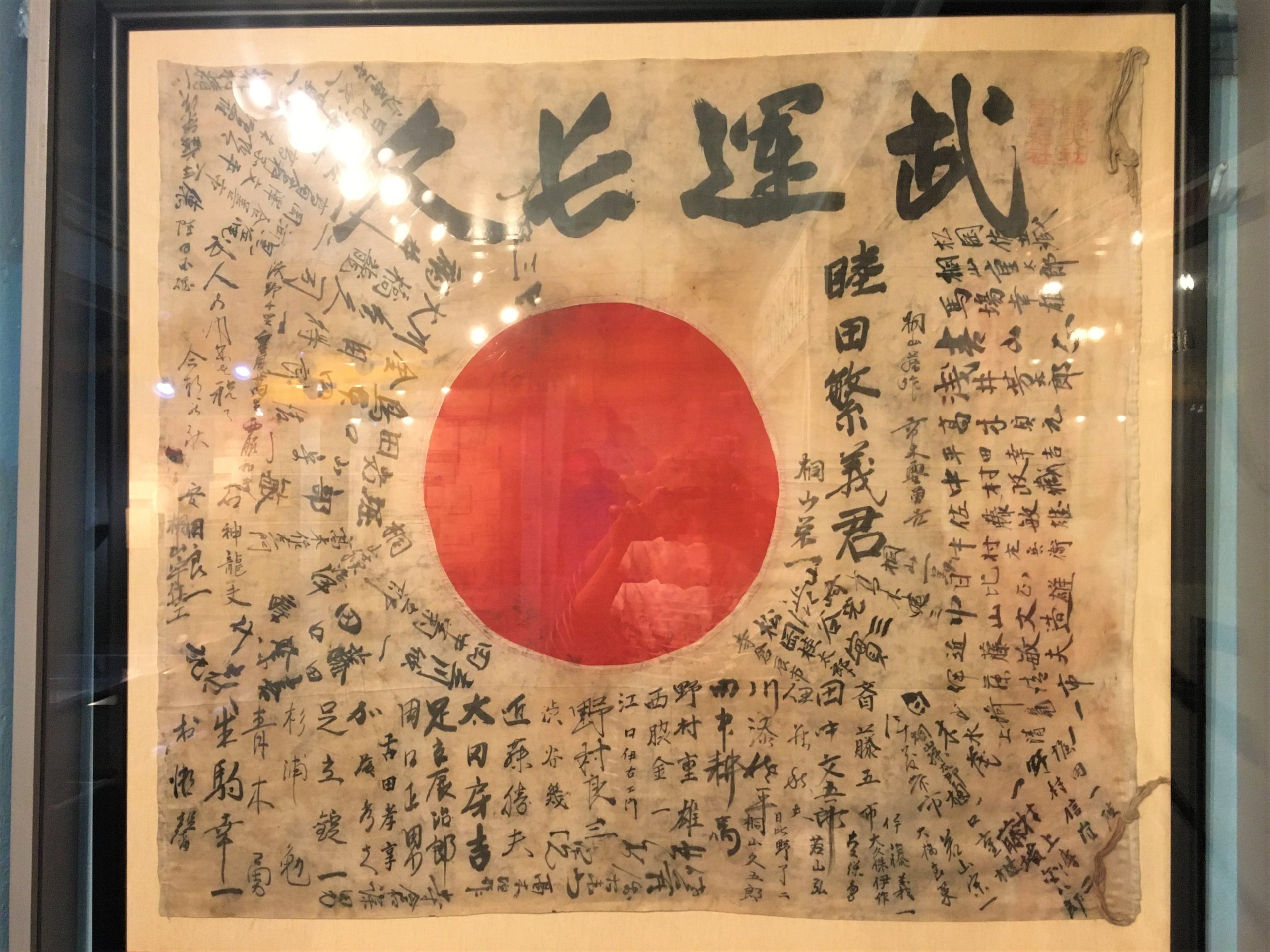
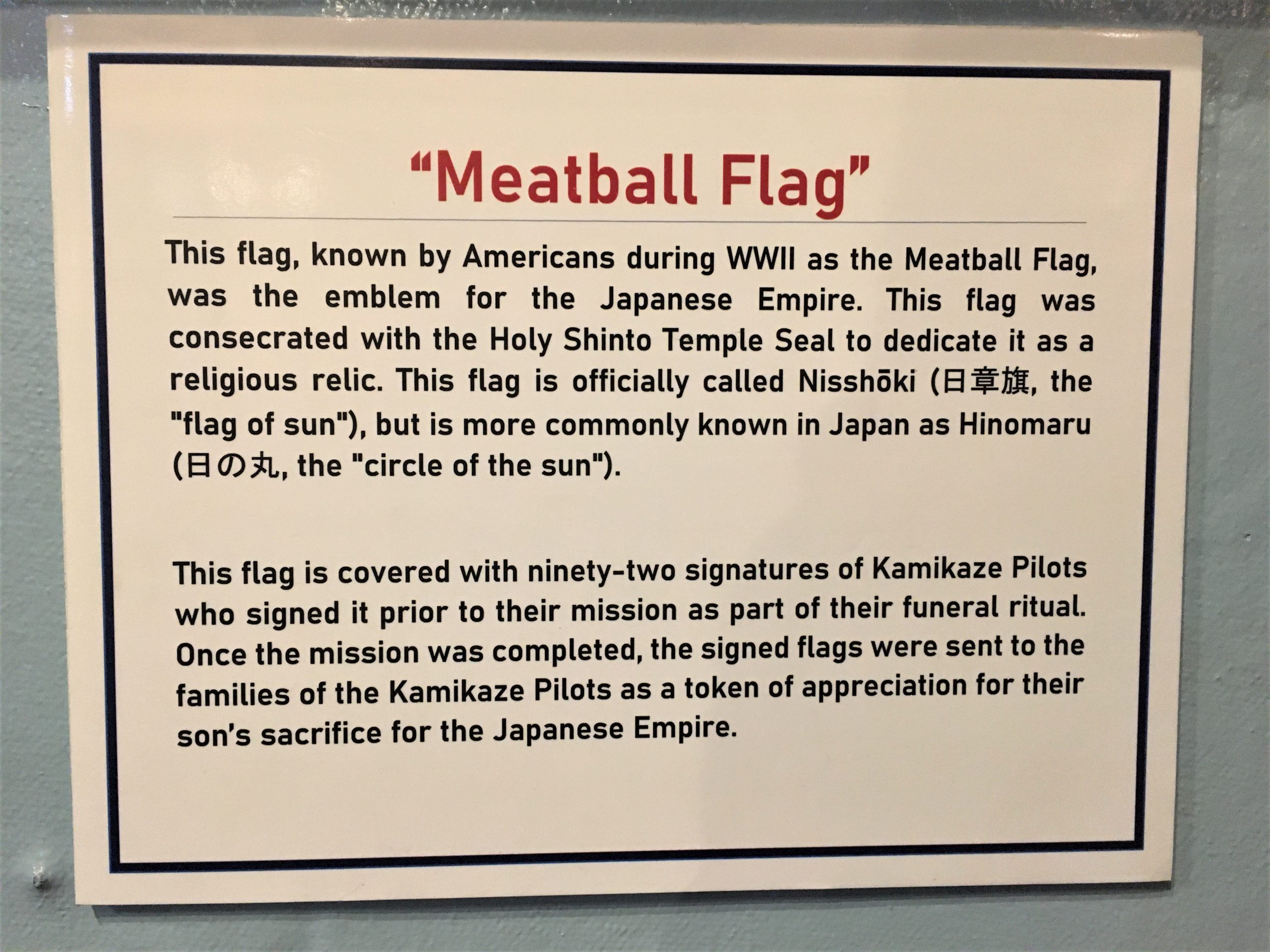
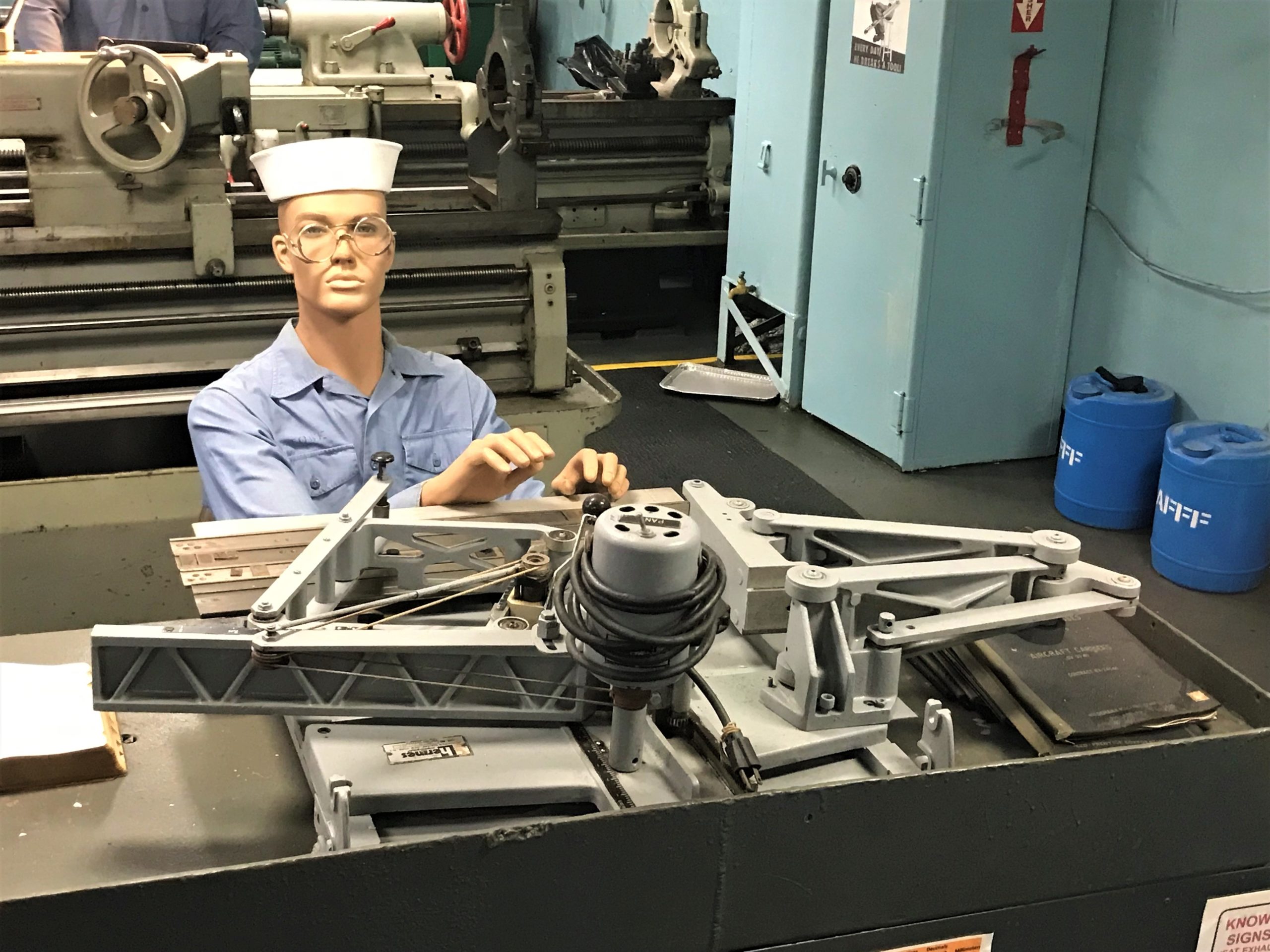
Back in the day, we supplemented income with a plastic engraving business –
and the machine we used was much like this one!
Kyle now has the business – and the machine. : )

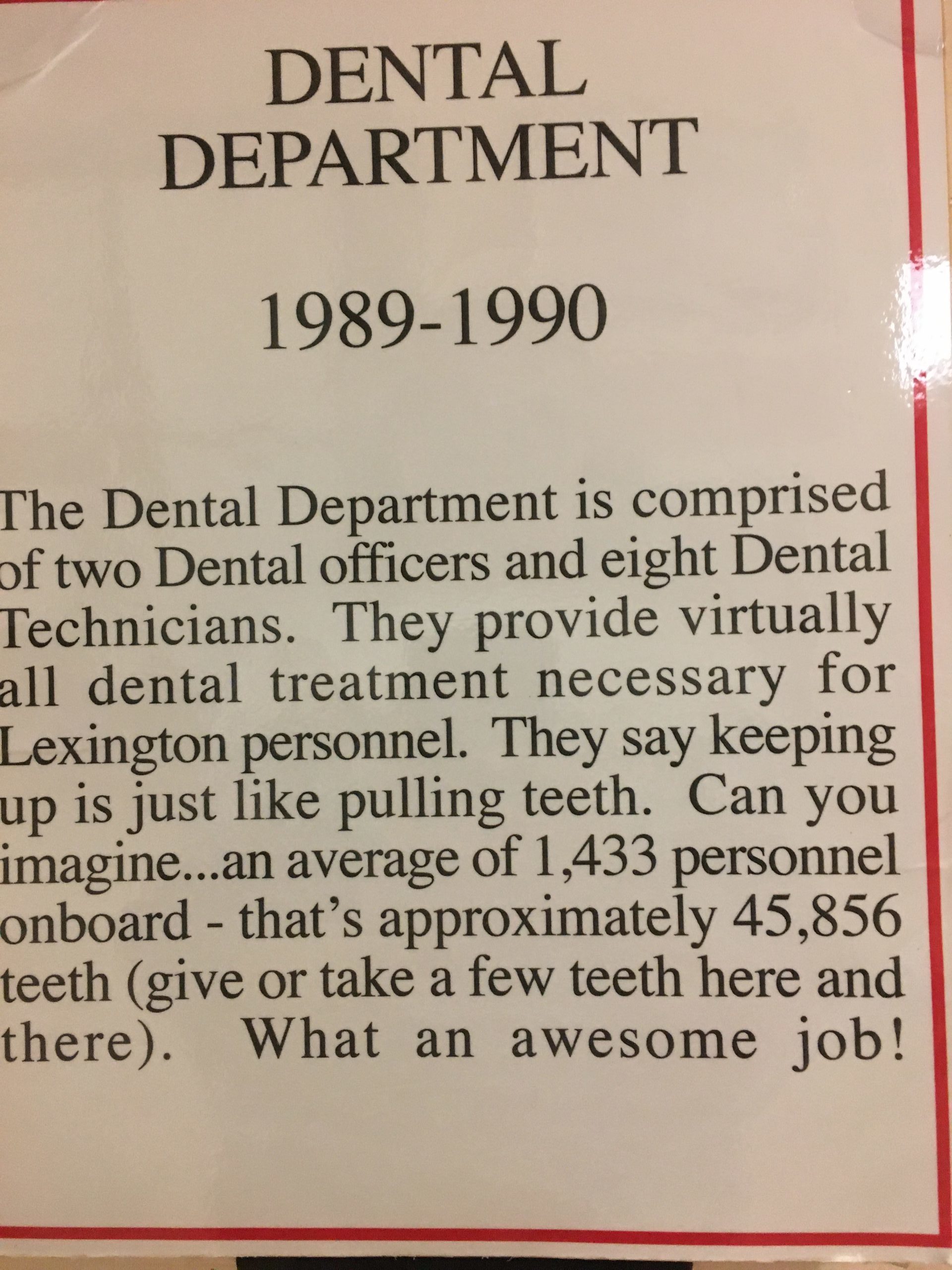
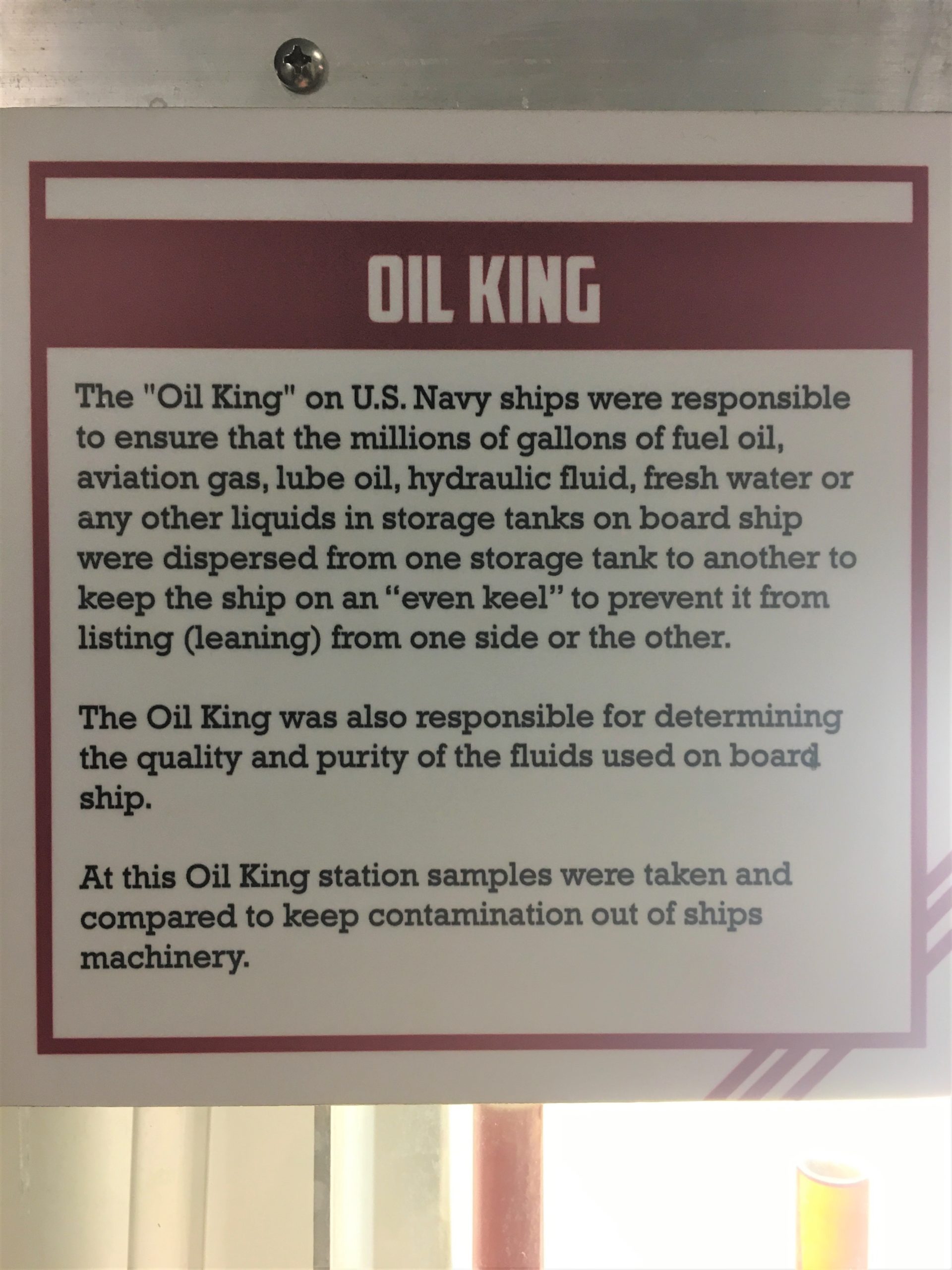
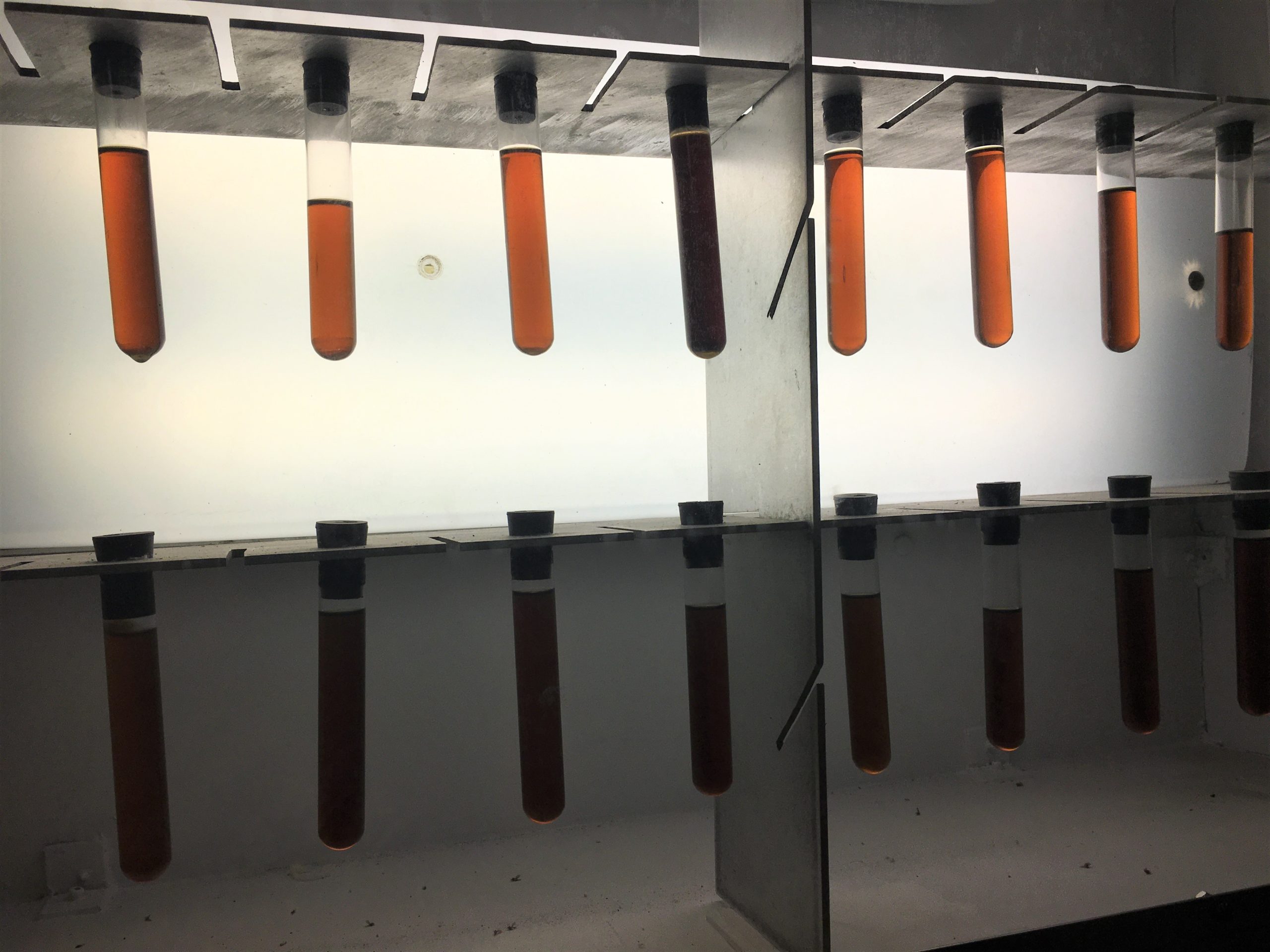

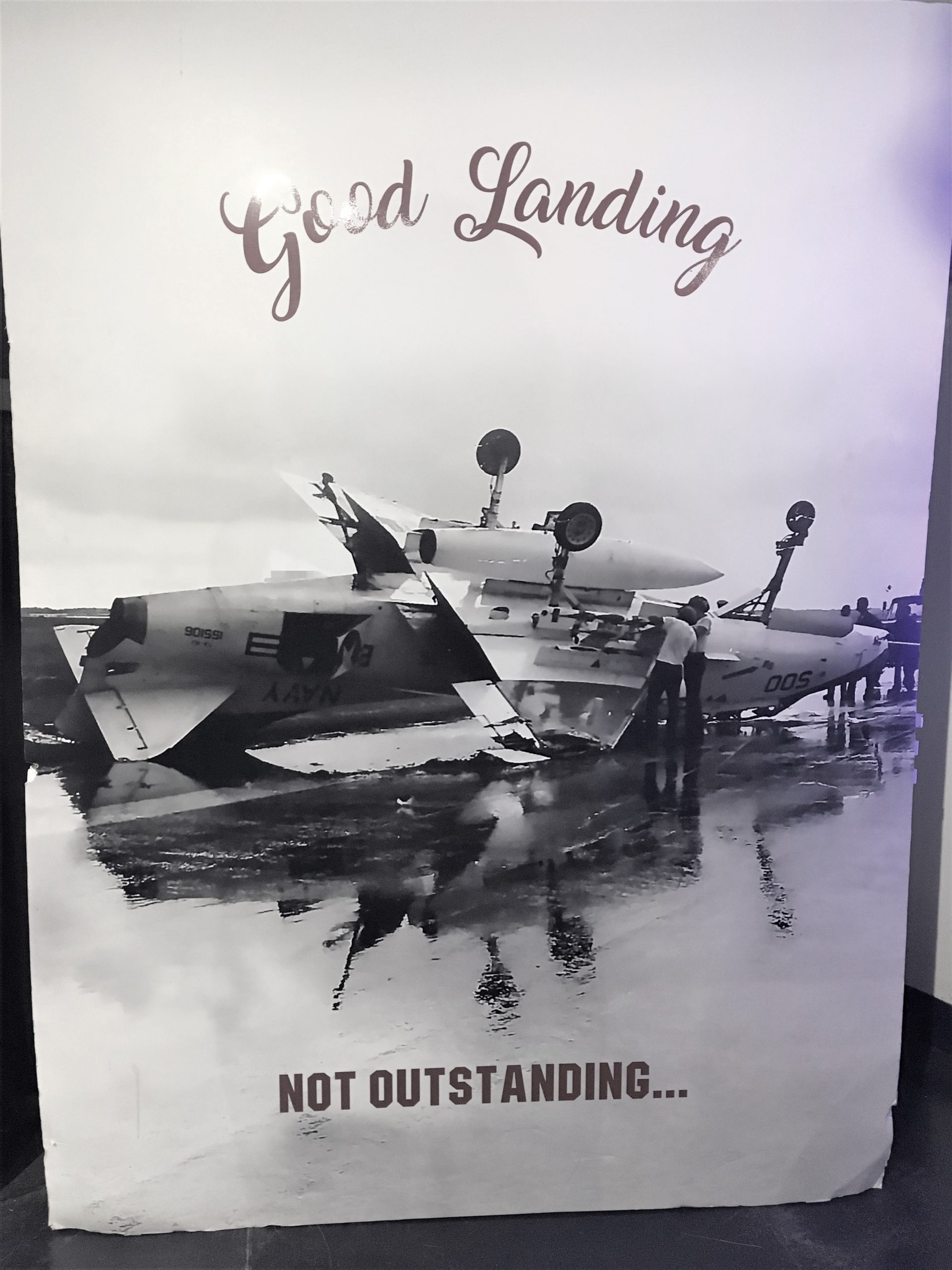
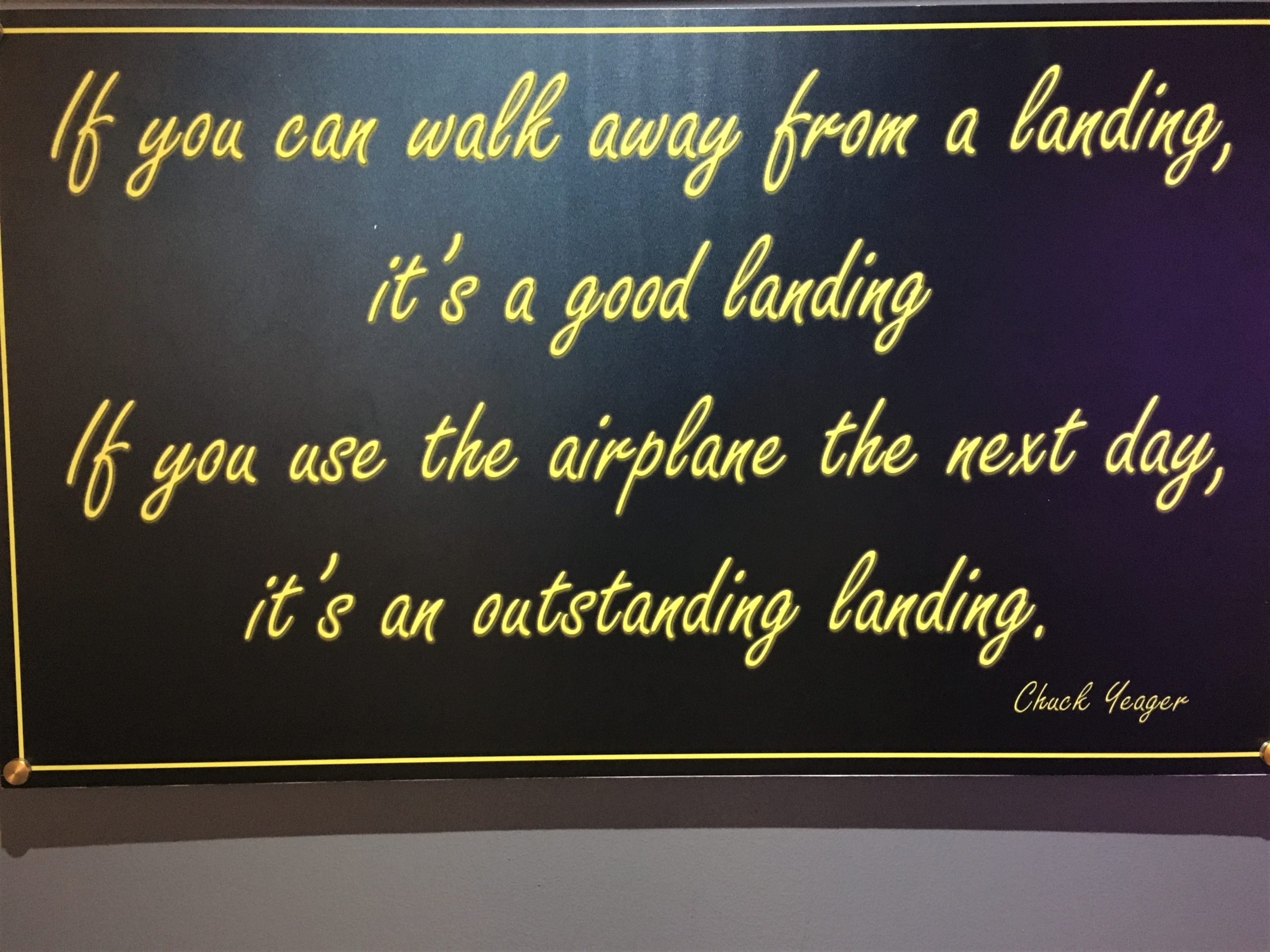
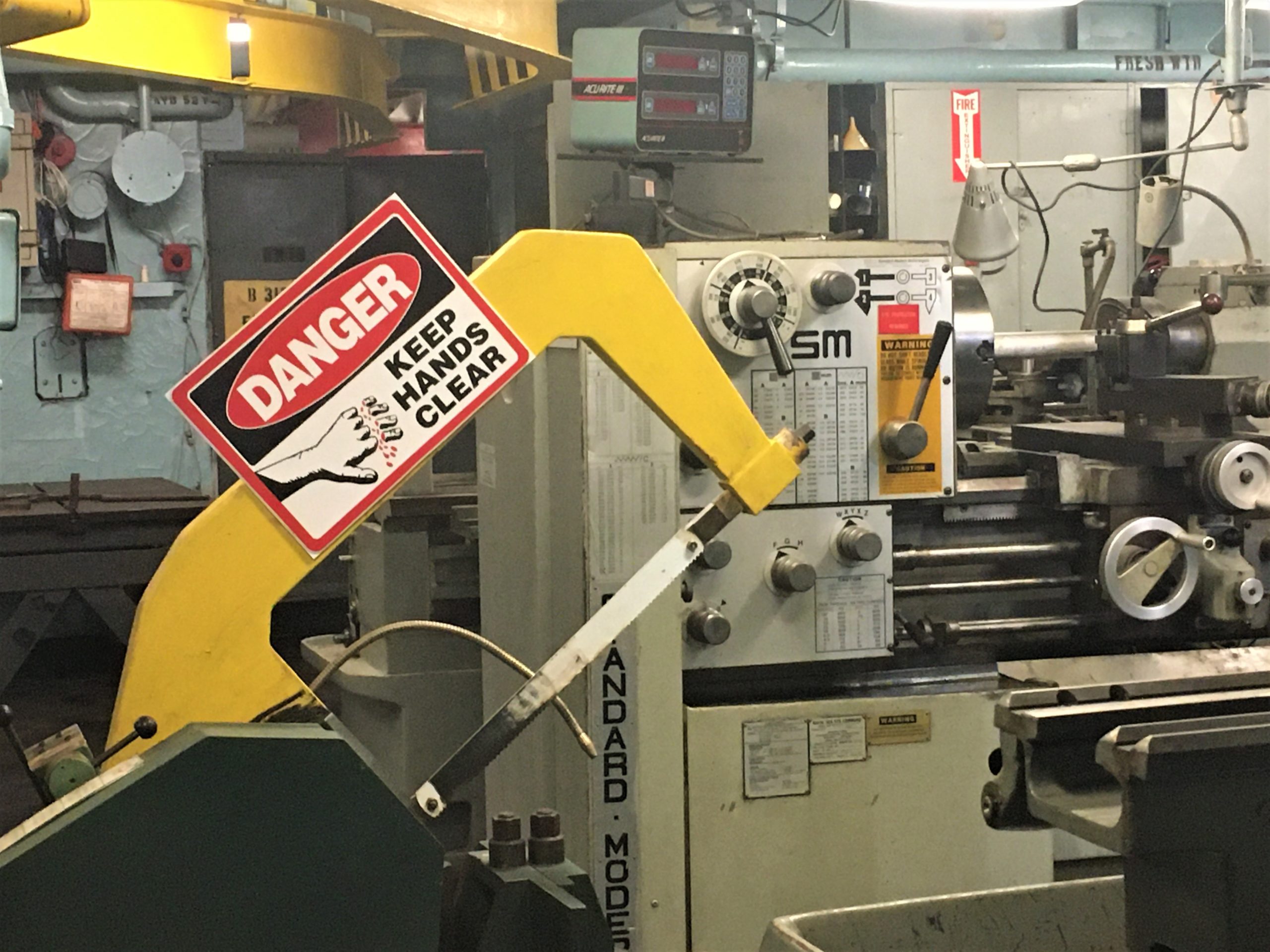
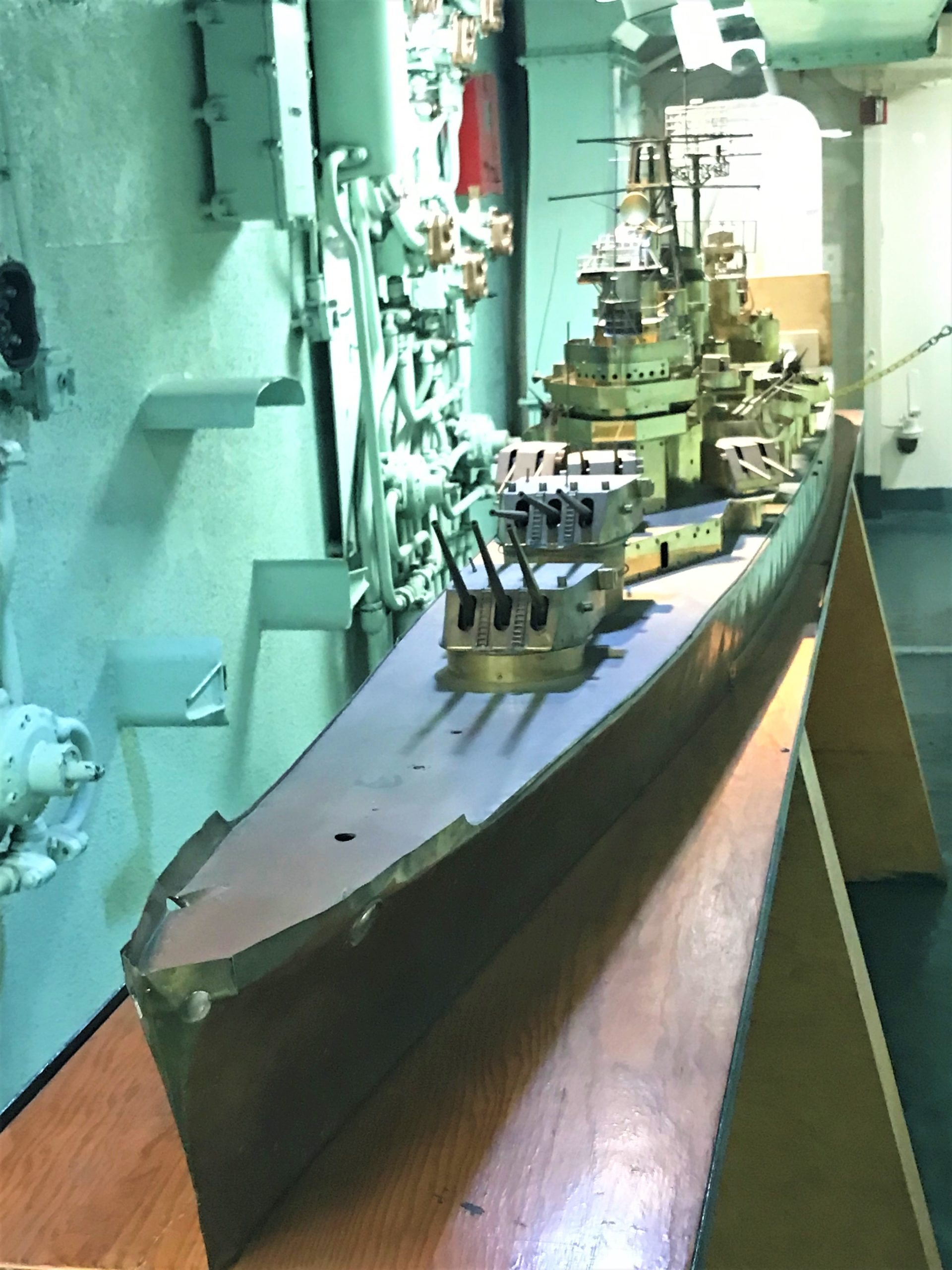
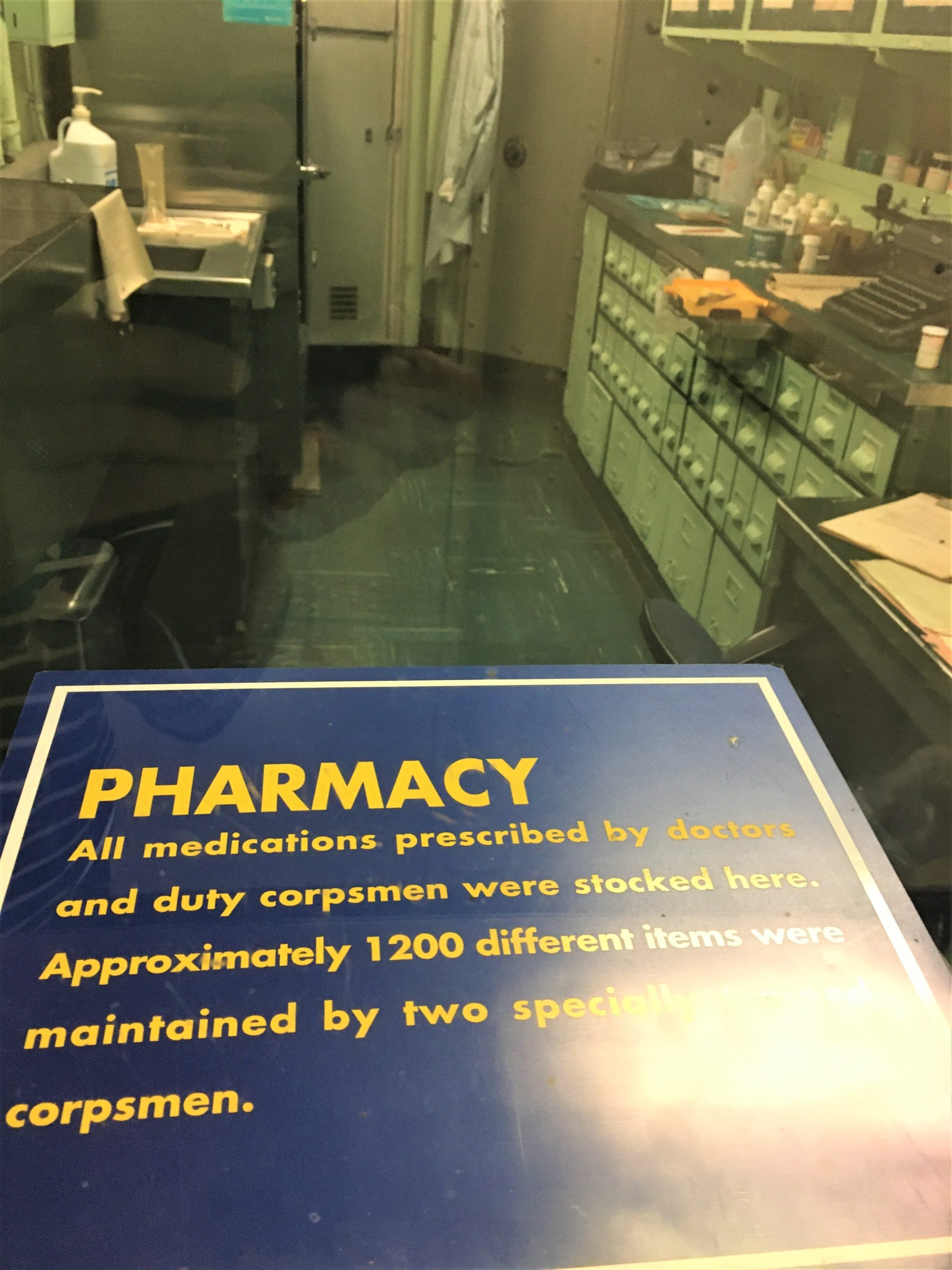
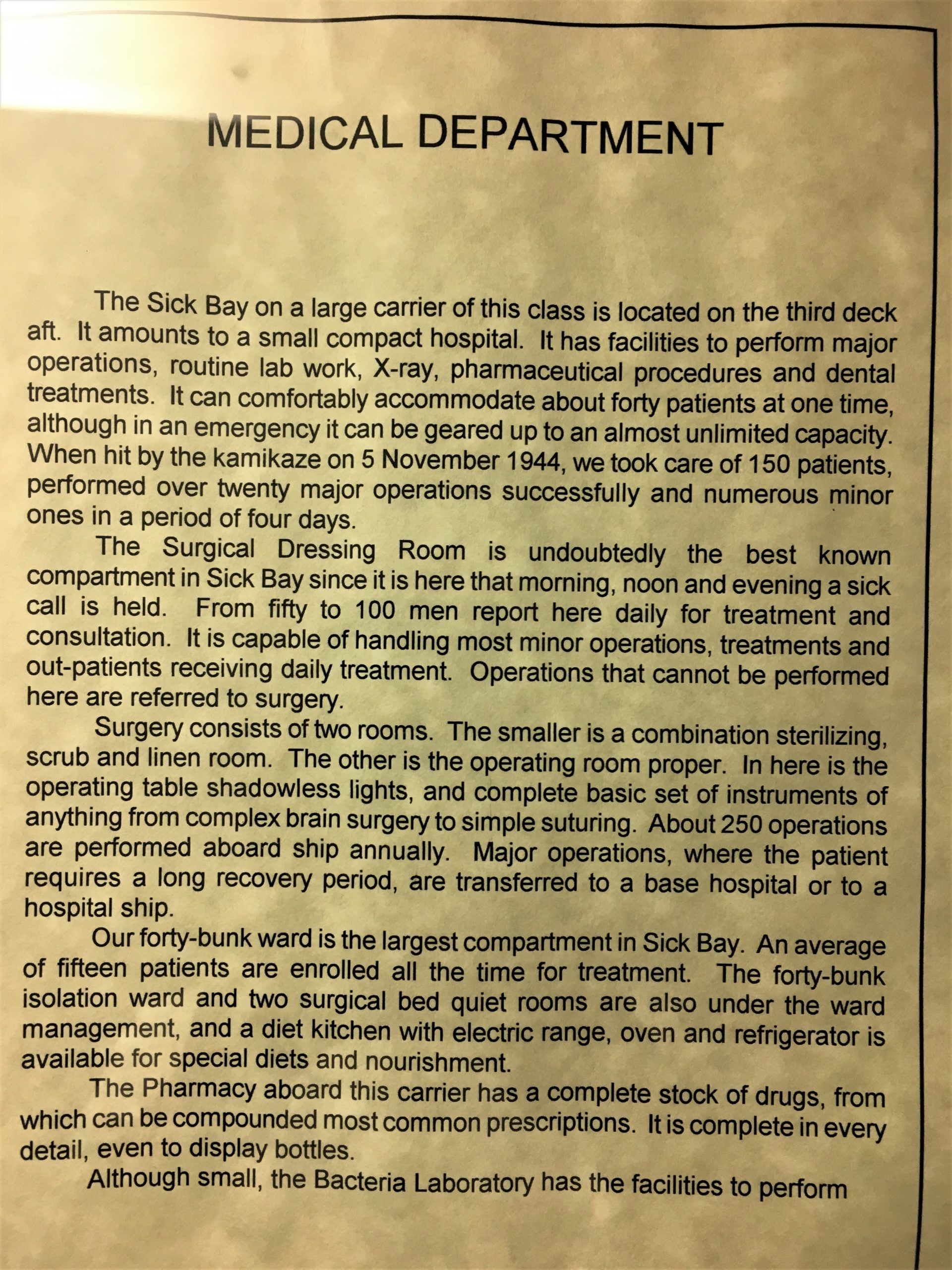
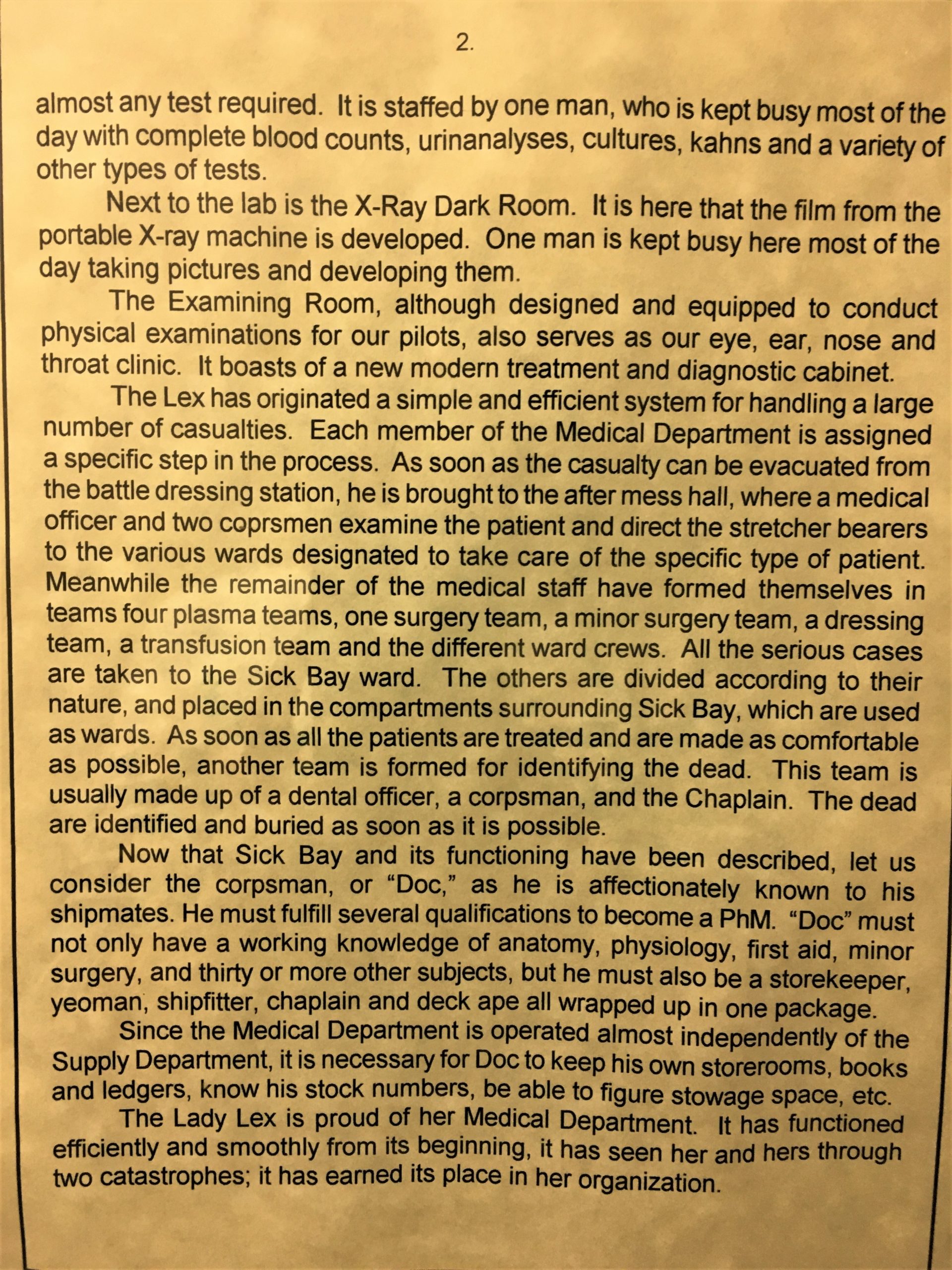
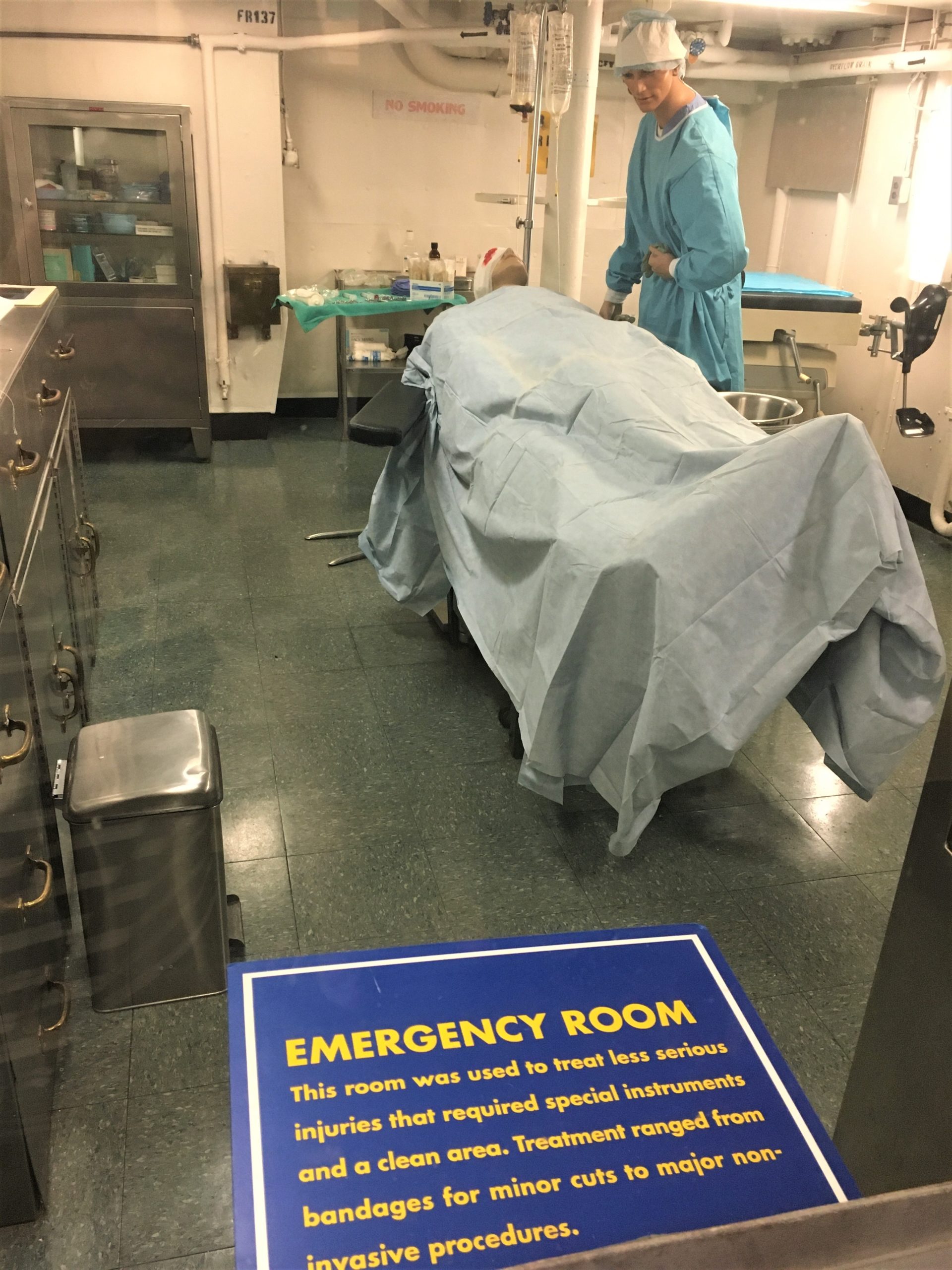
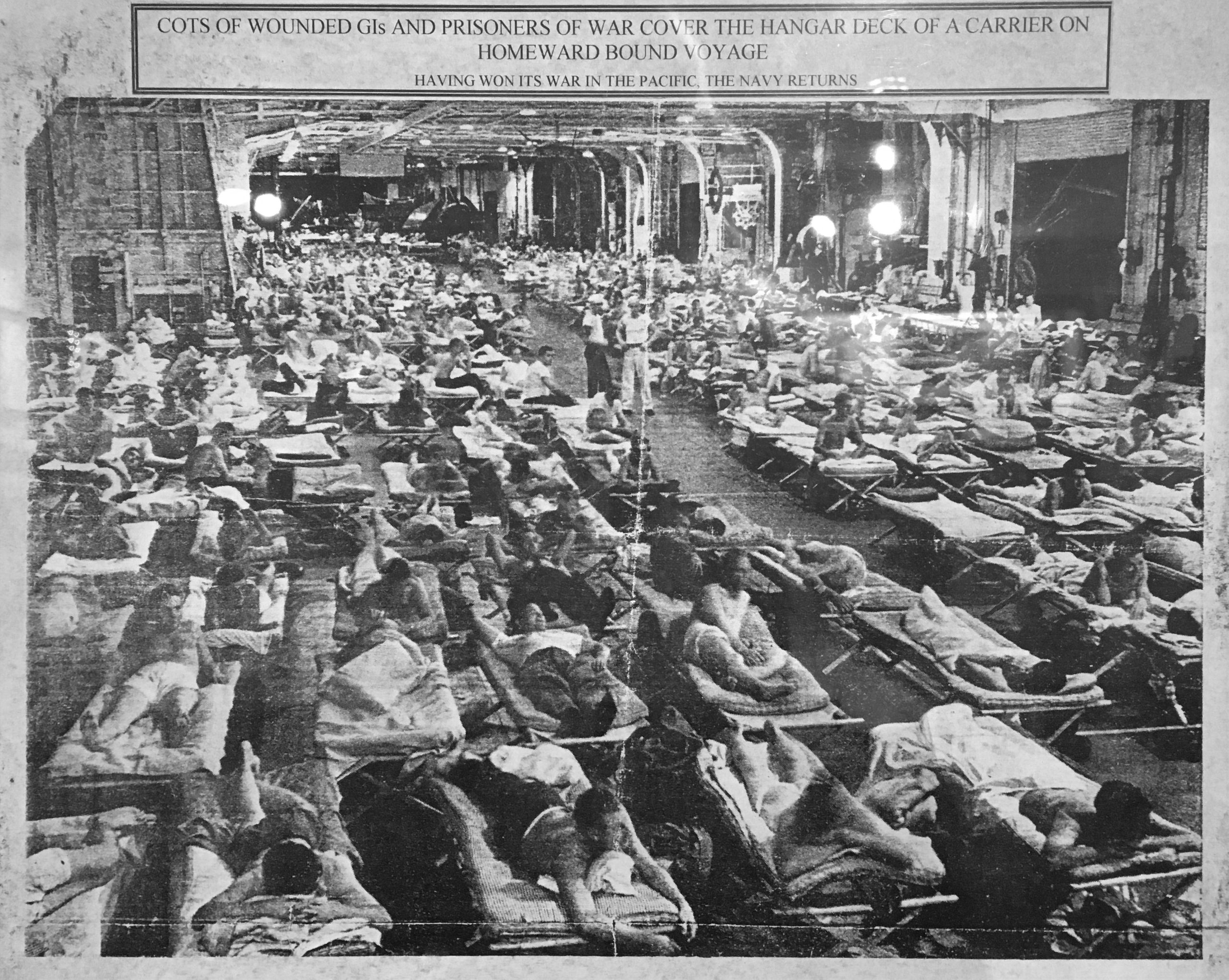
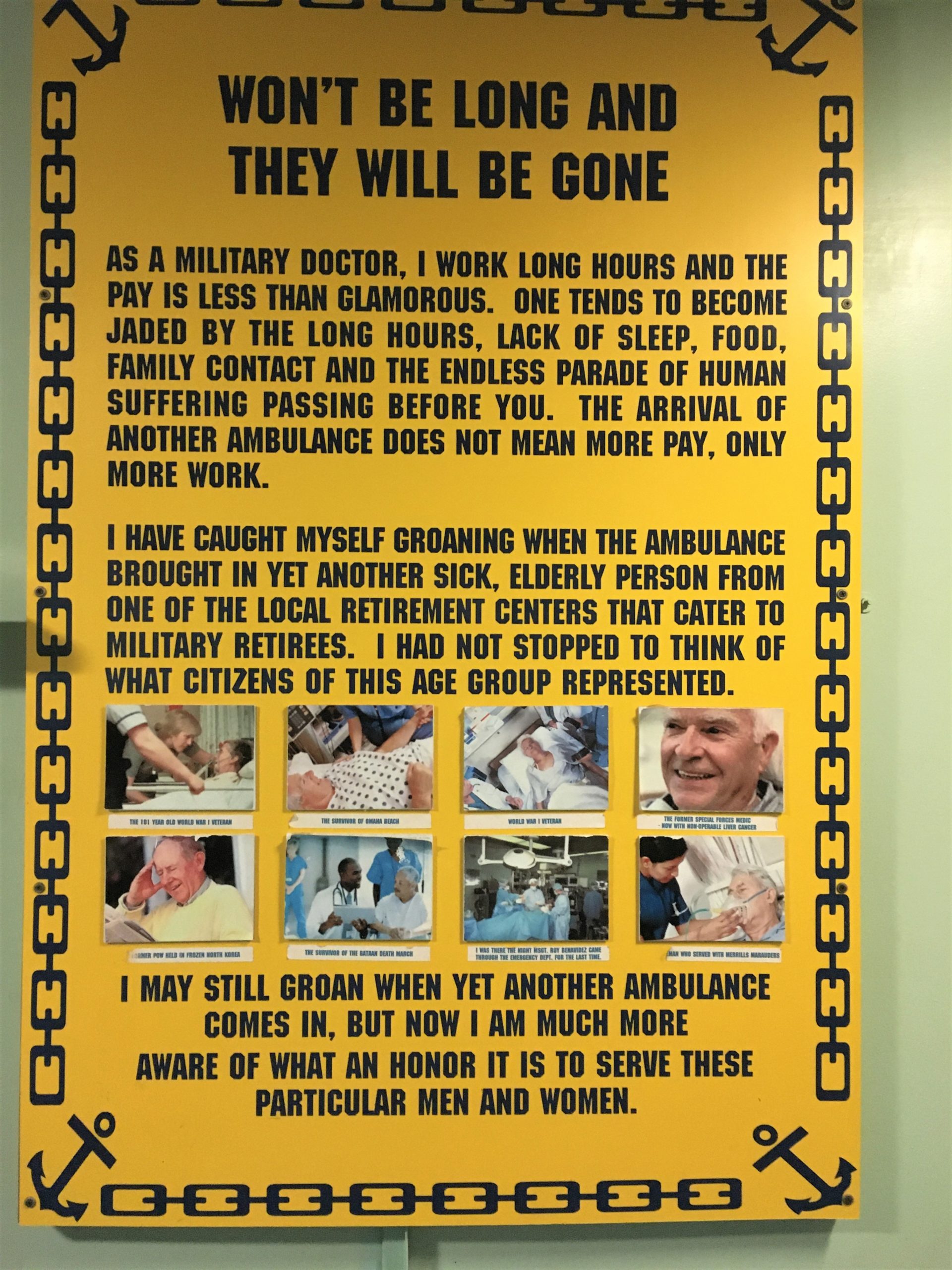
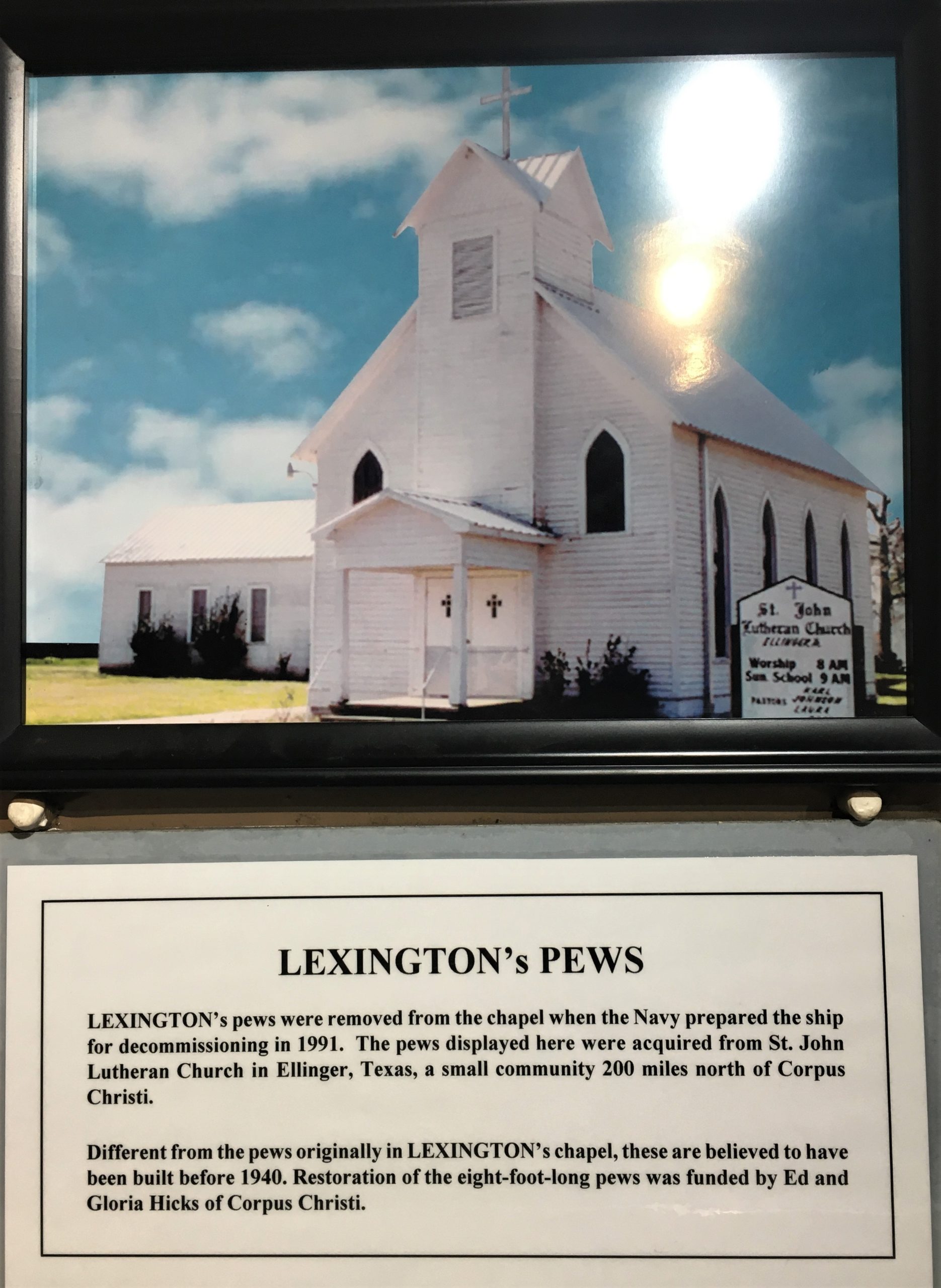
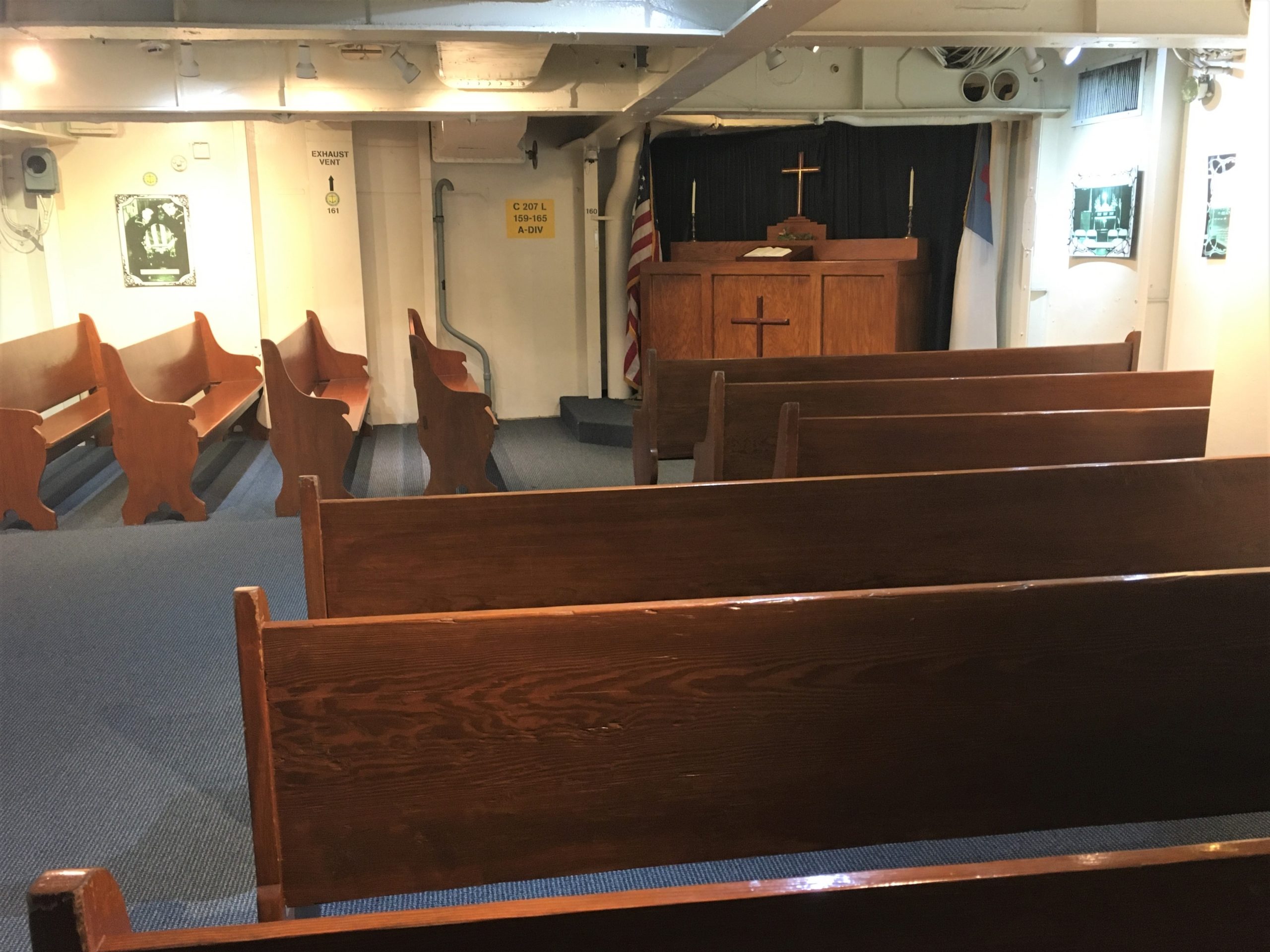
You could tell it was just put in somewhere they had room, because some of the pews were in front of doors.
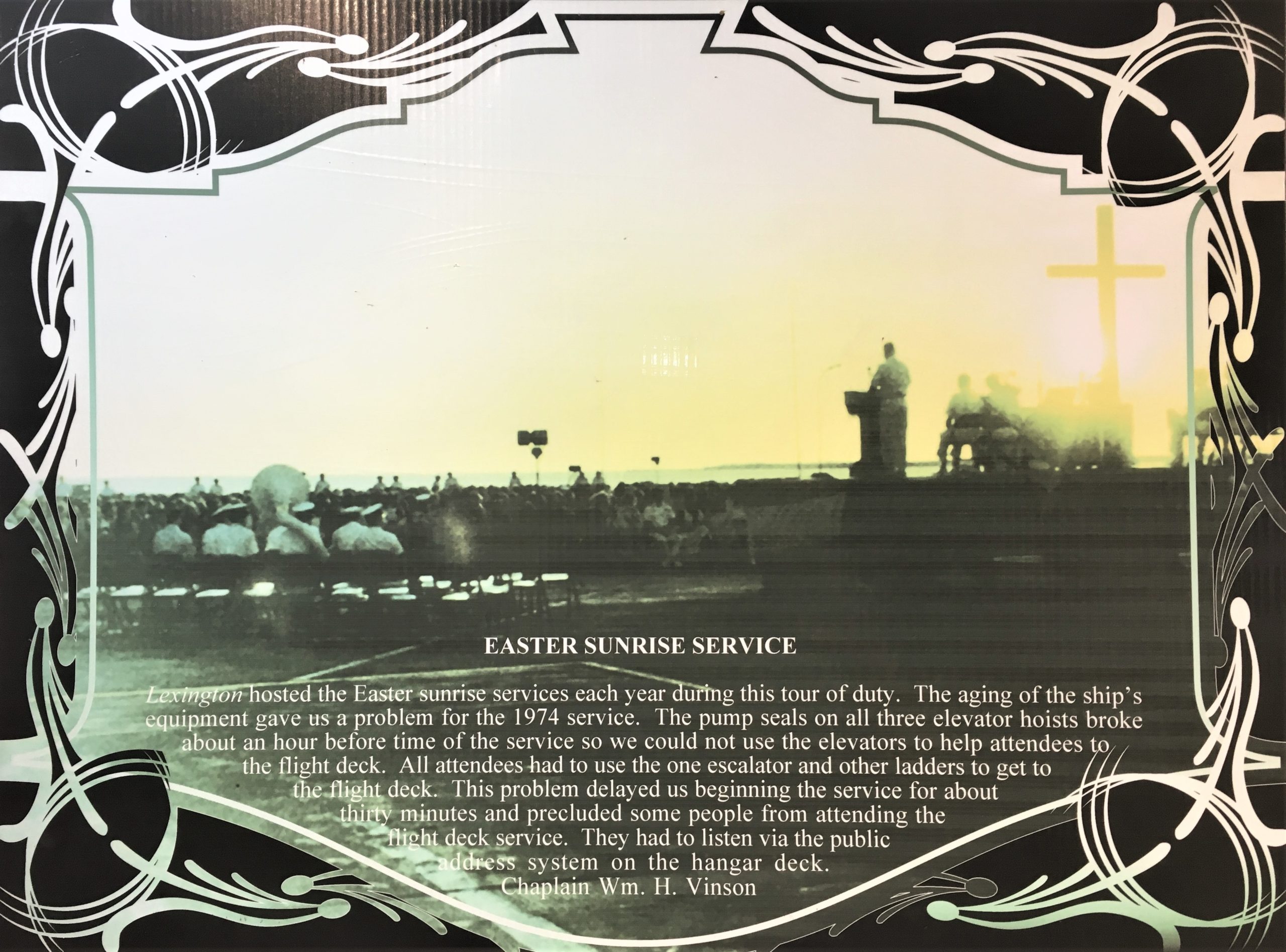
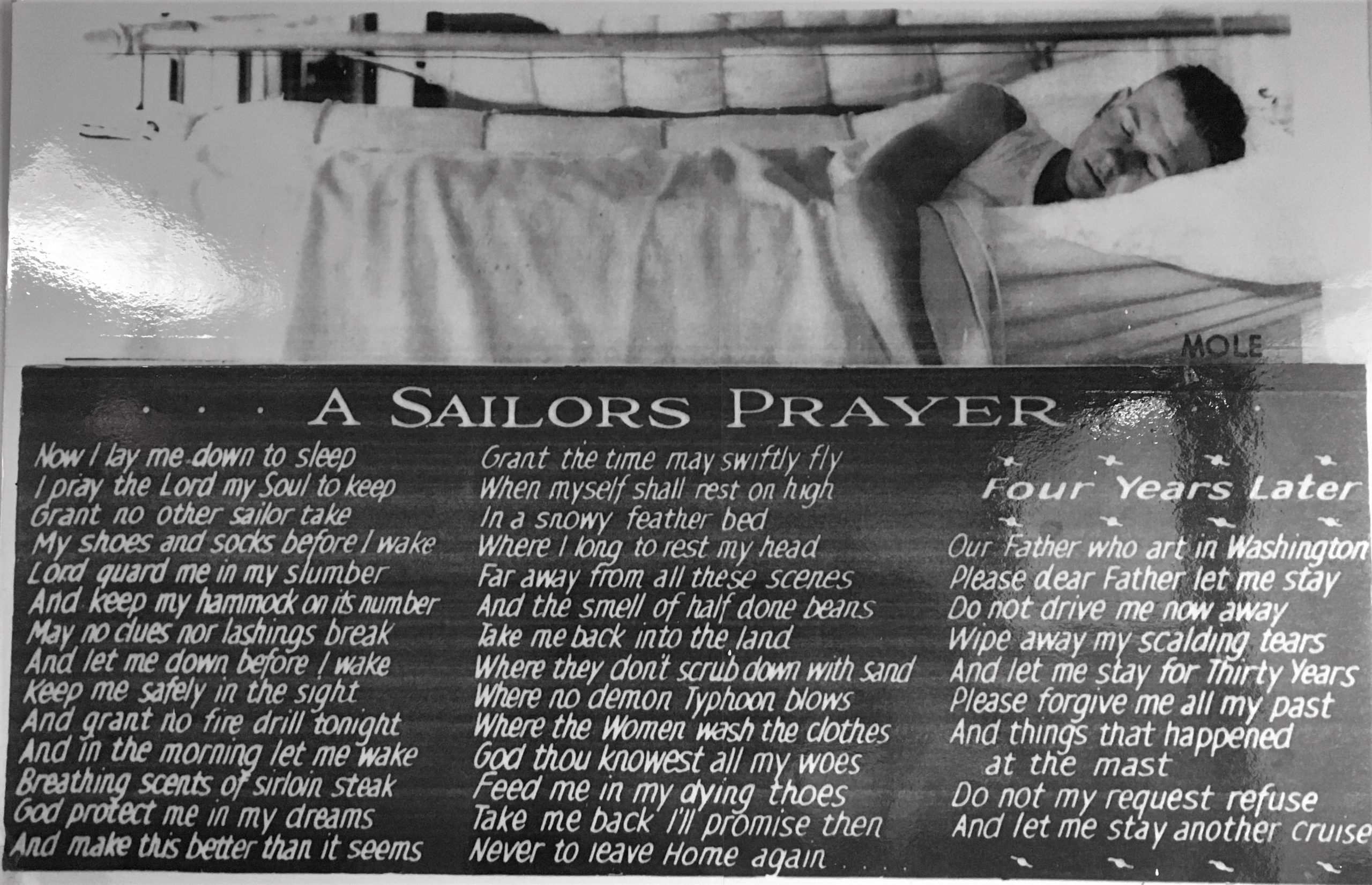

Our son, Chris wrote backwards for awhile, but that was when he was just learning to write!
Maybe they use dyslexic people for this job?

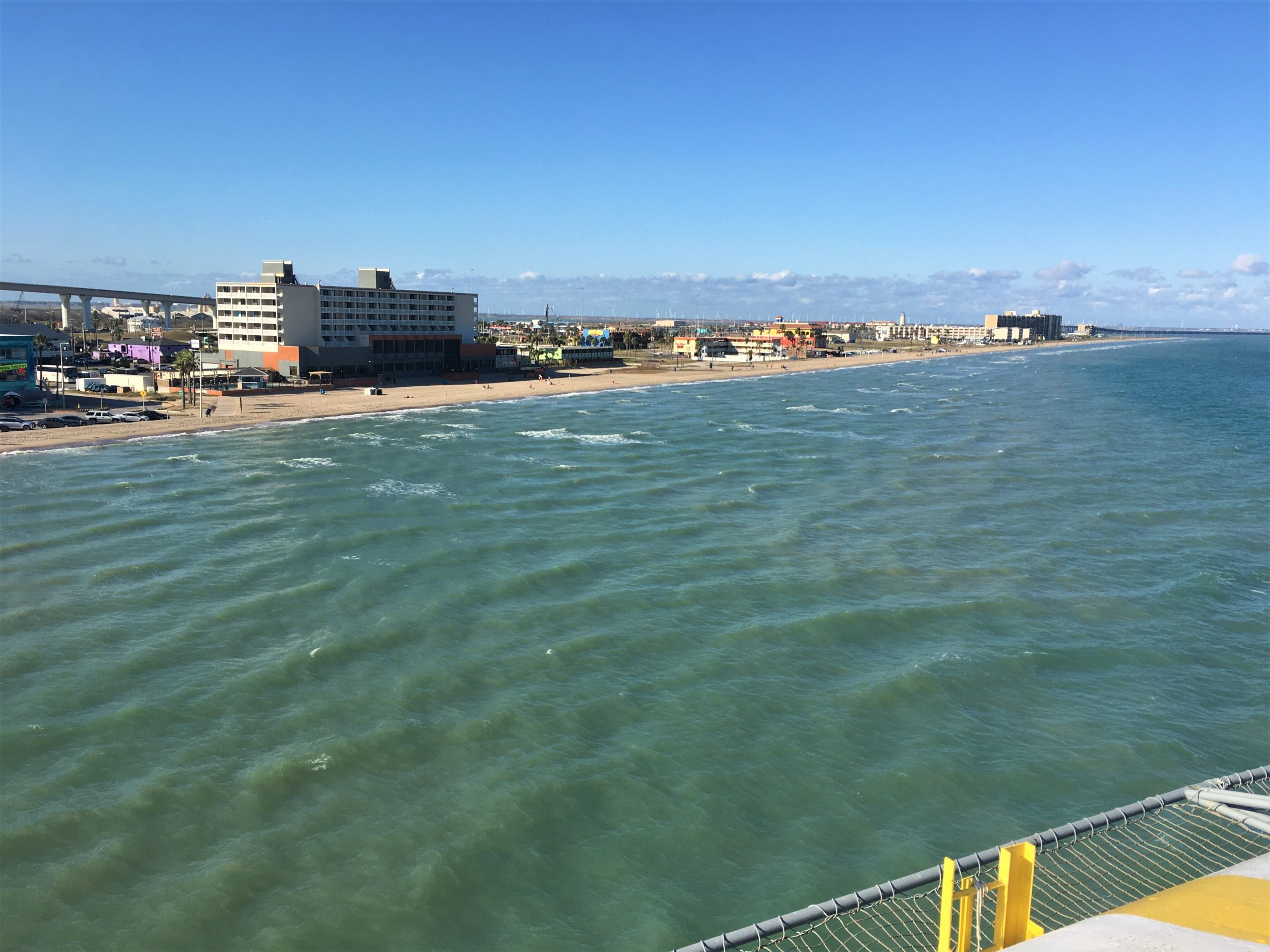
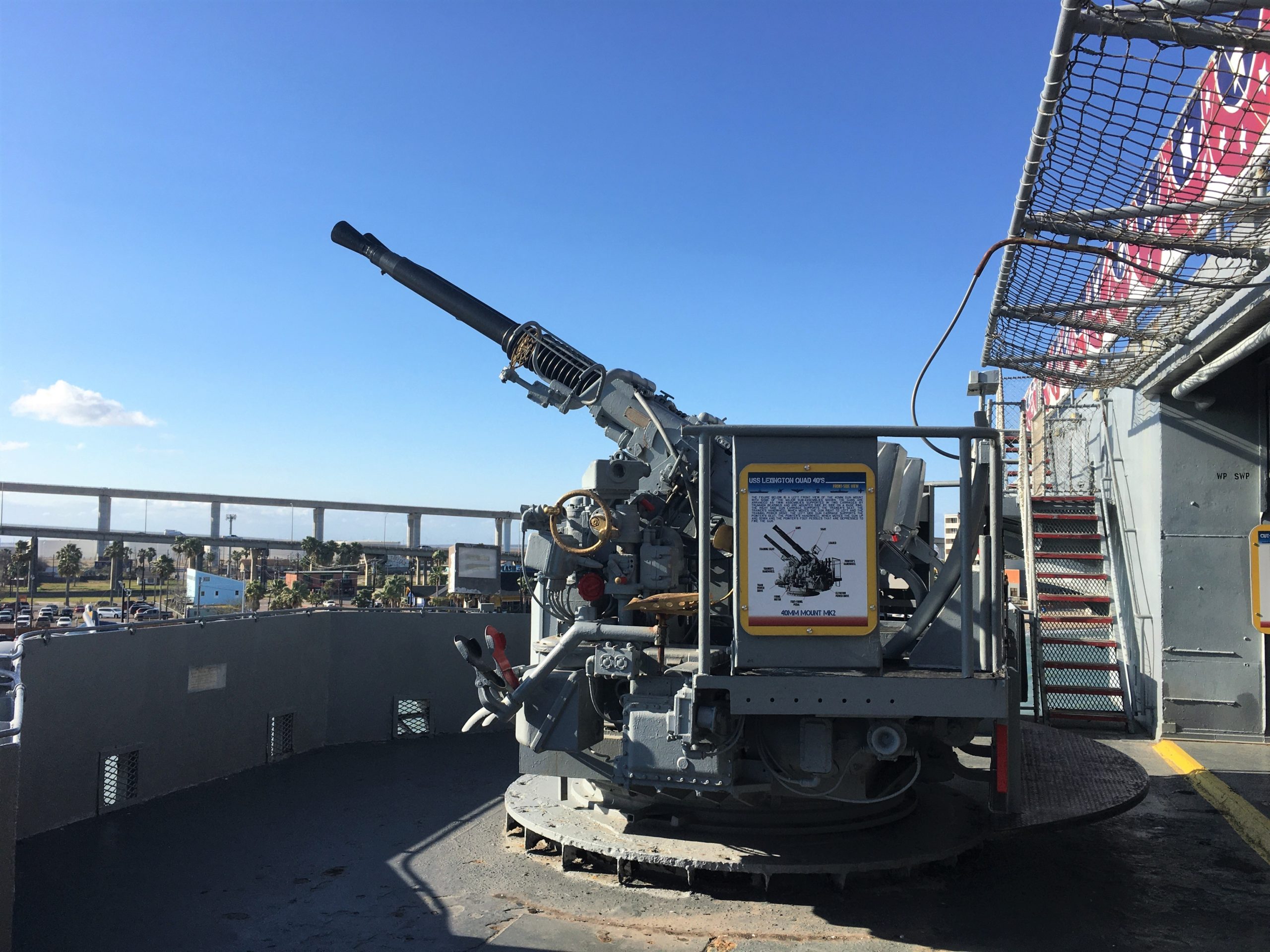
There are signs telling you to watch your fingers and kids because there are “pinch points”.
No kidding! All those gears are exposed.
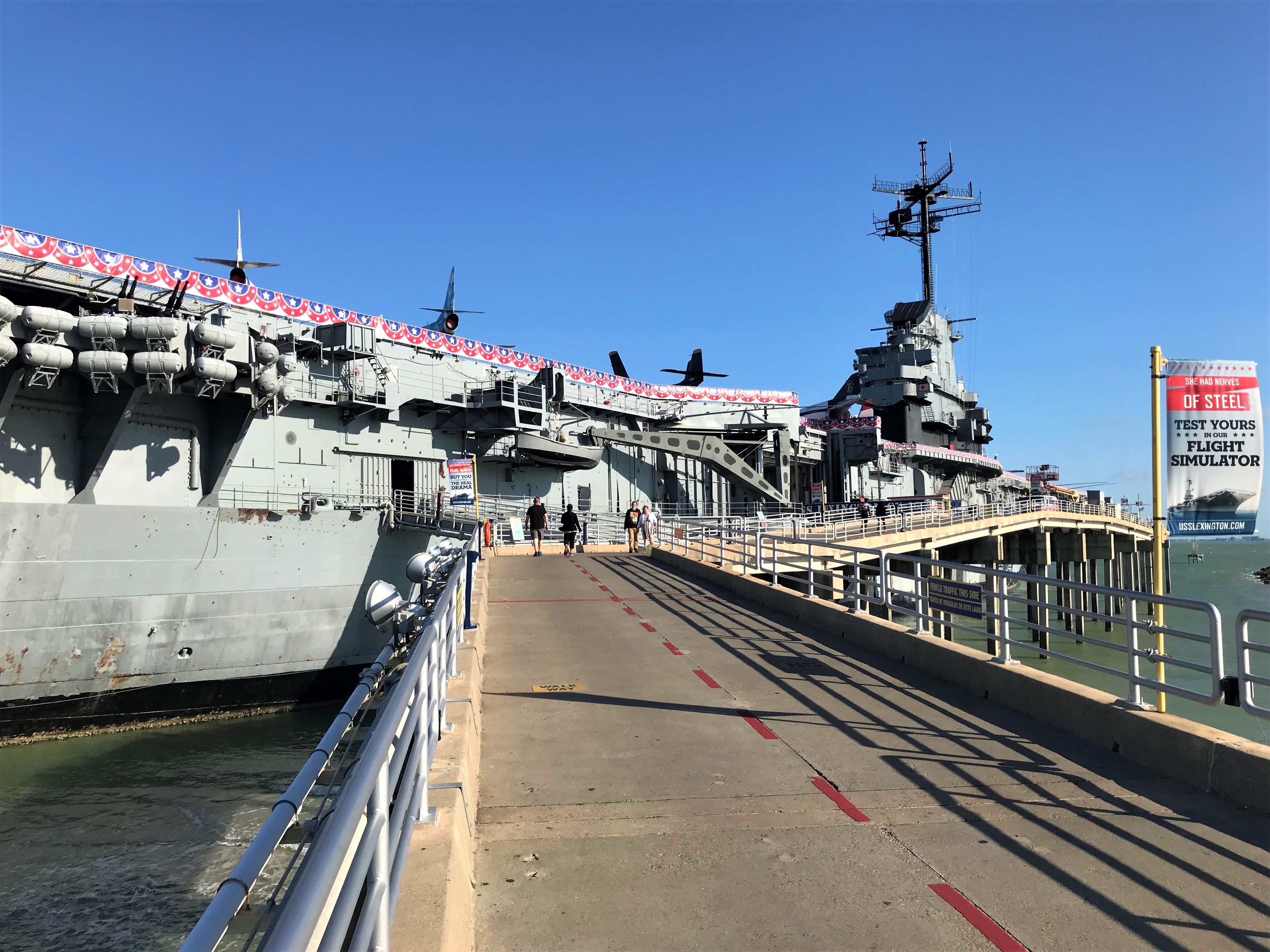
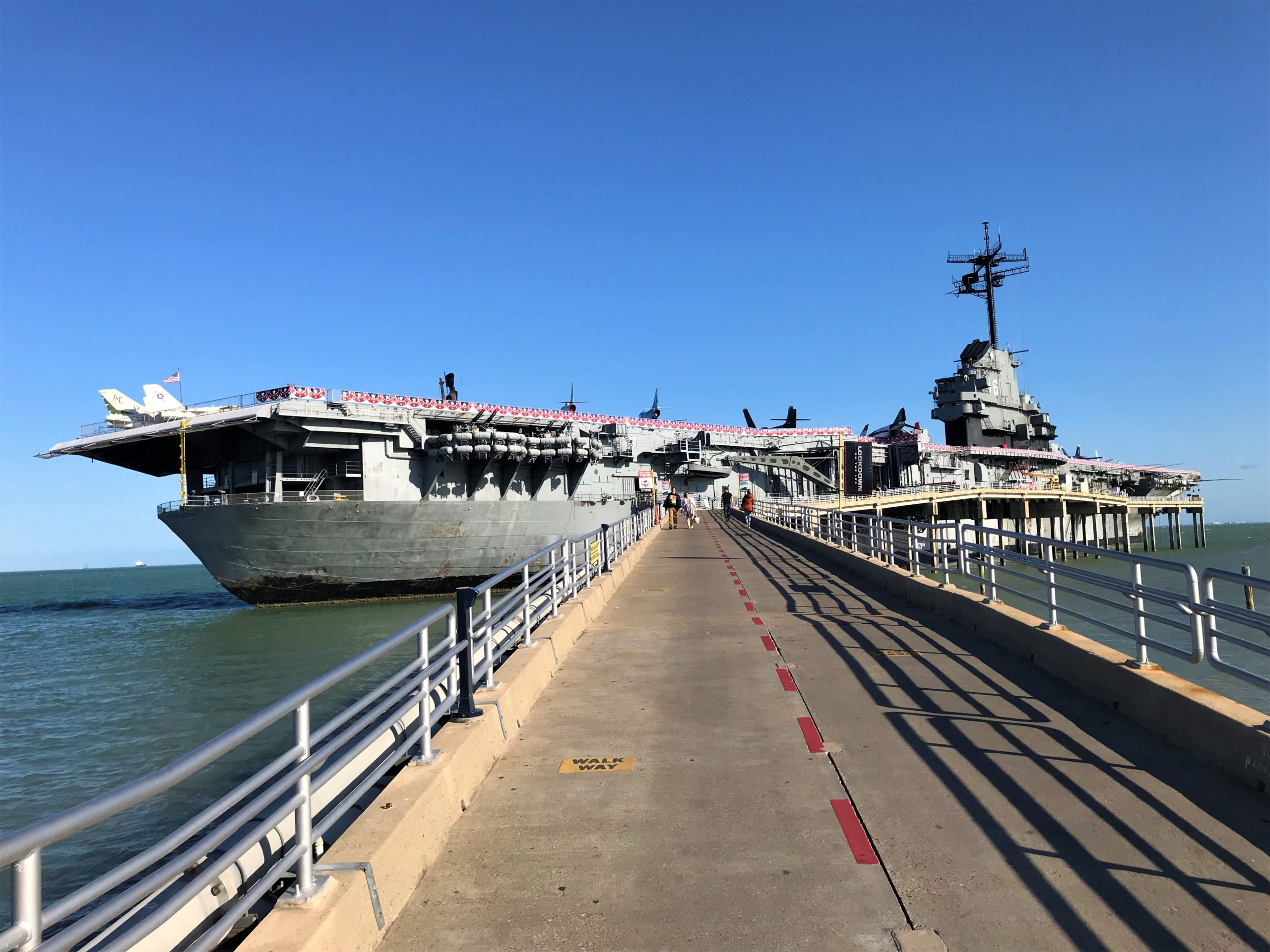
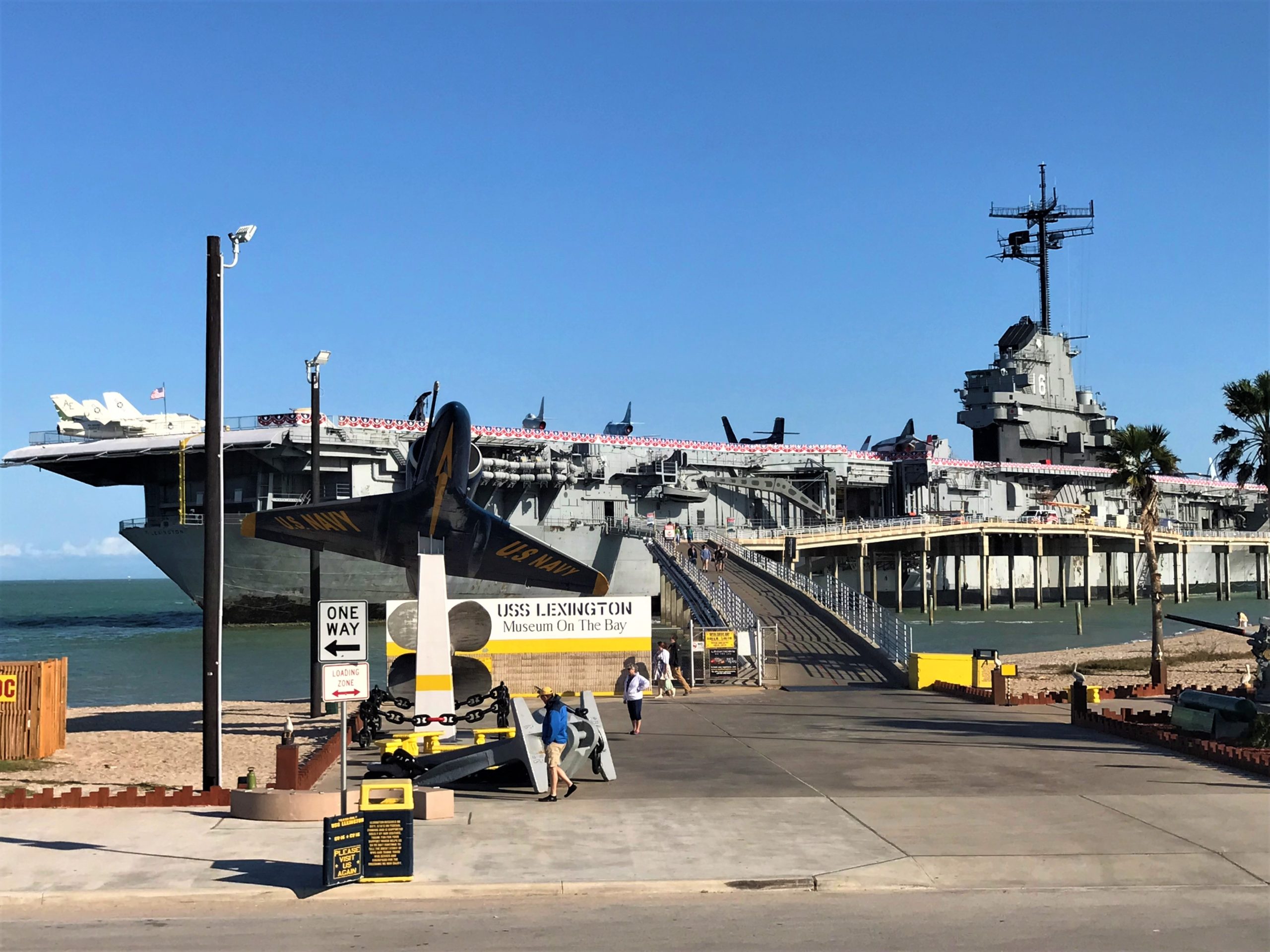
We were aboard the ship from 9:30am – 4:30pm and skipped or skimmed over many things because of time constraints. There is a LOT on this ship! I think, if you had the money to keep purchasing tickets and the time to do it, you could easily spend two days here, and maybe even three.
There were several volunteers milling about offering short tours, or answering questions, etc. They all looked to be in their 70’s – 80’s. And I wondered . . . . who will keep the history alive when these dedicated men pass on? There’s a reason Tom Brokaw called them “The Greatest Generation”. God bless every one of them.


